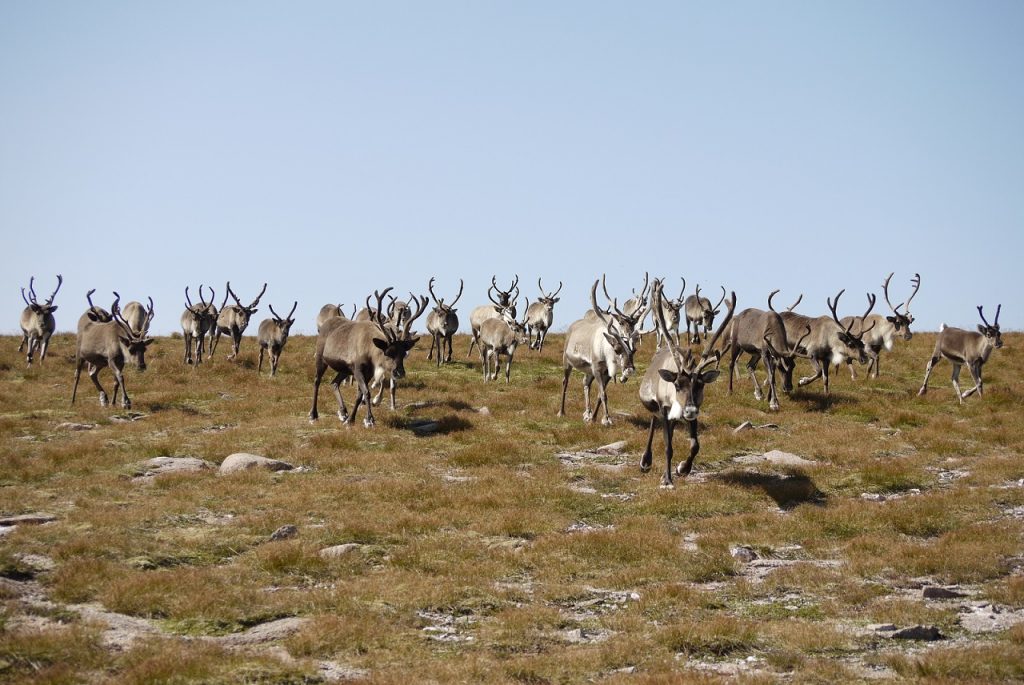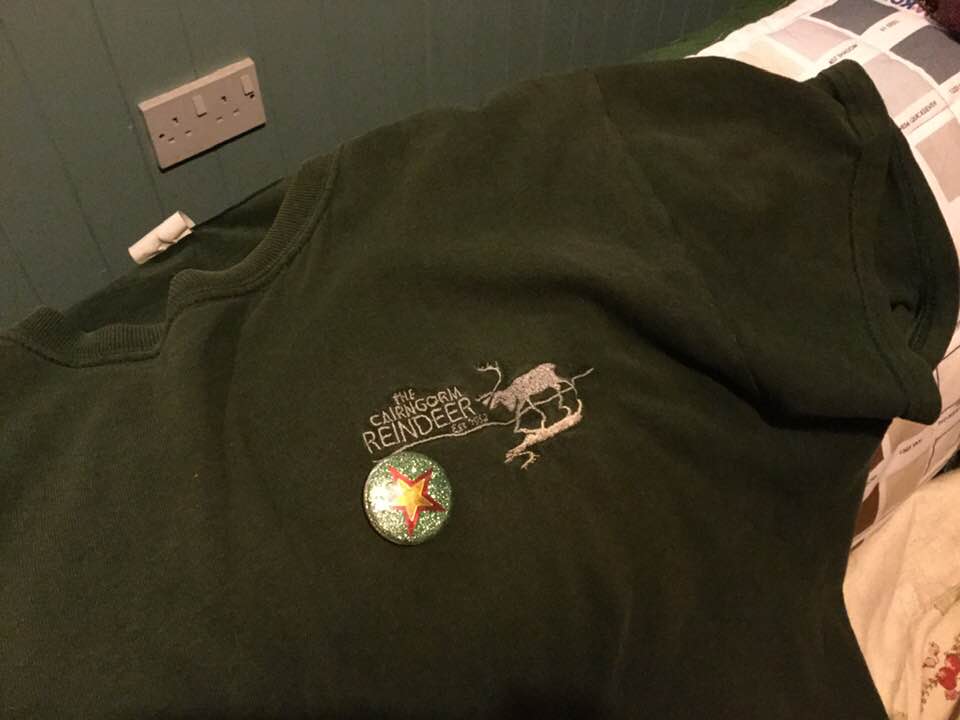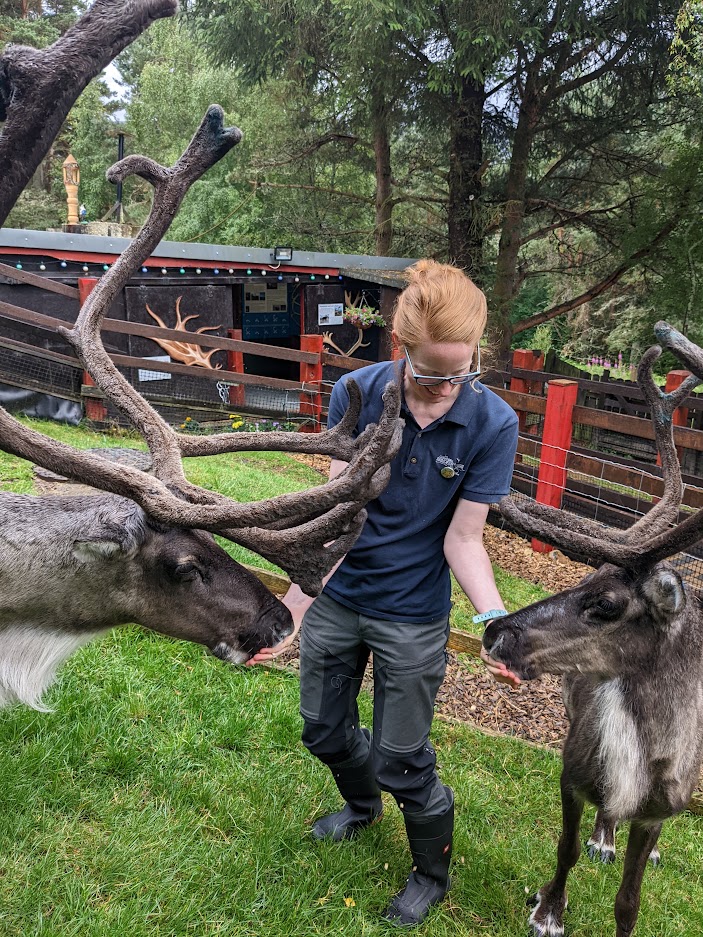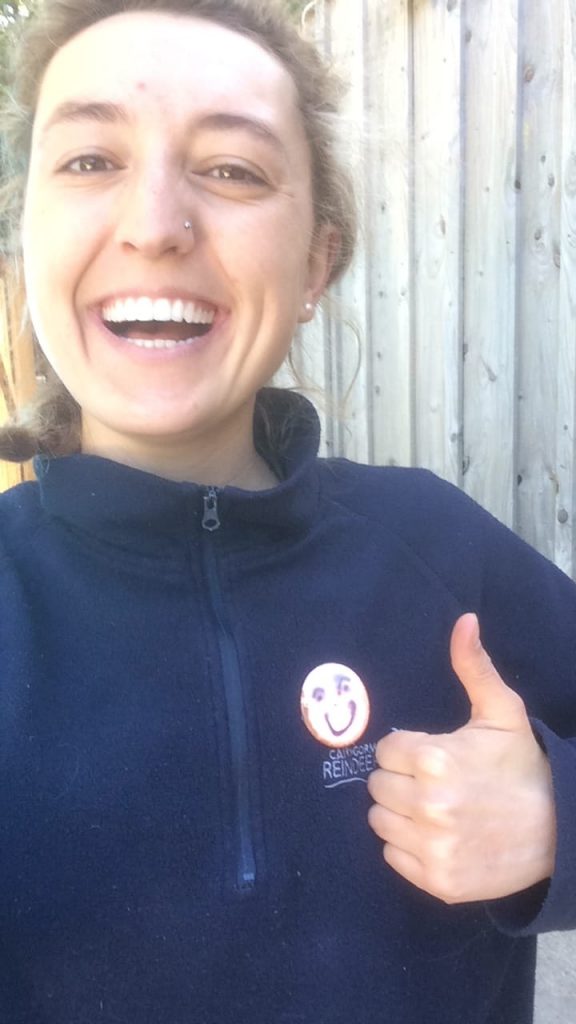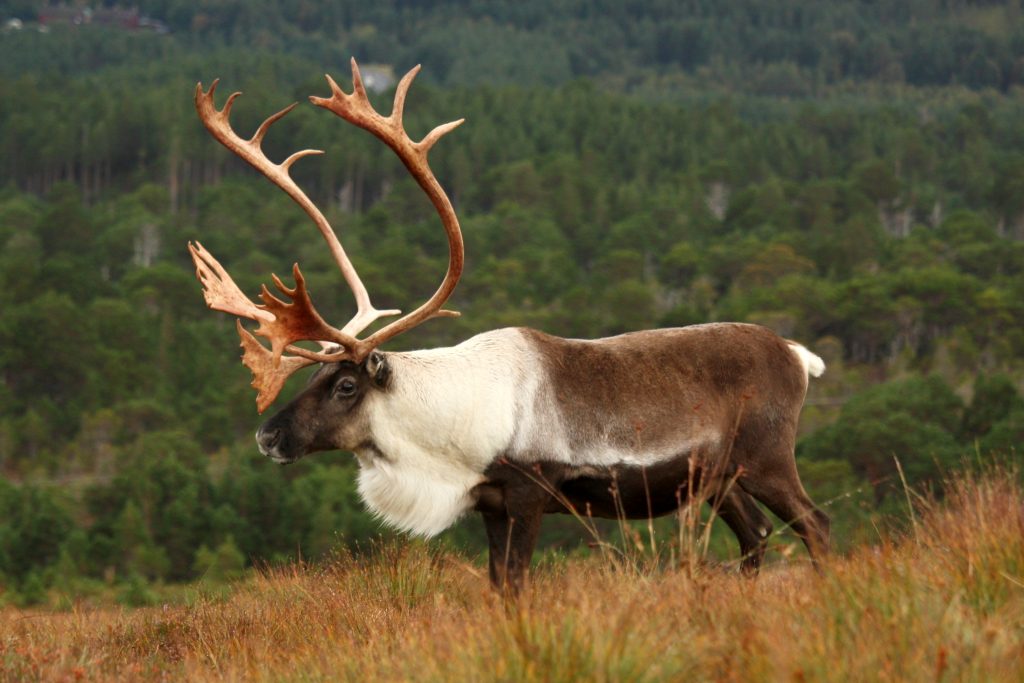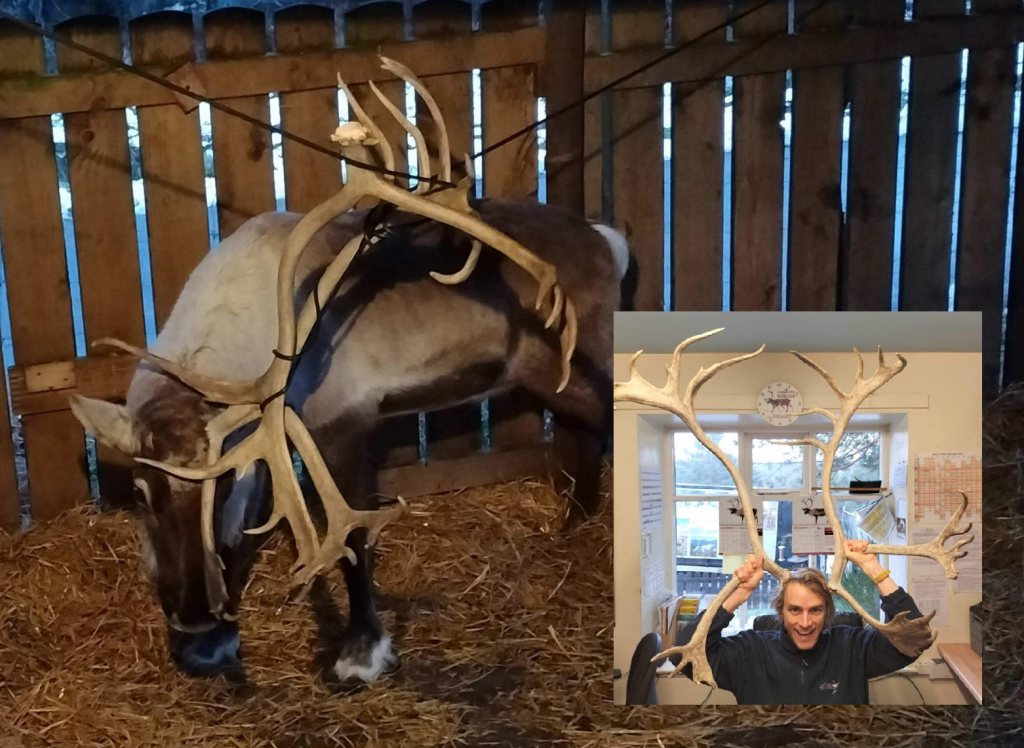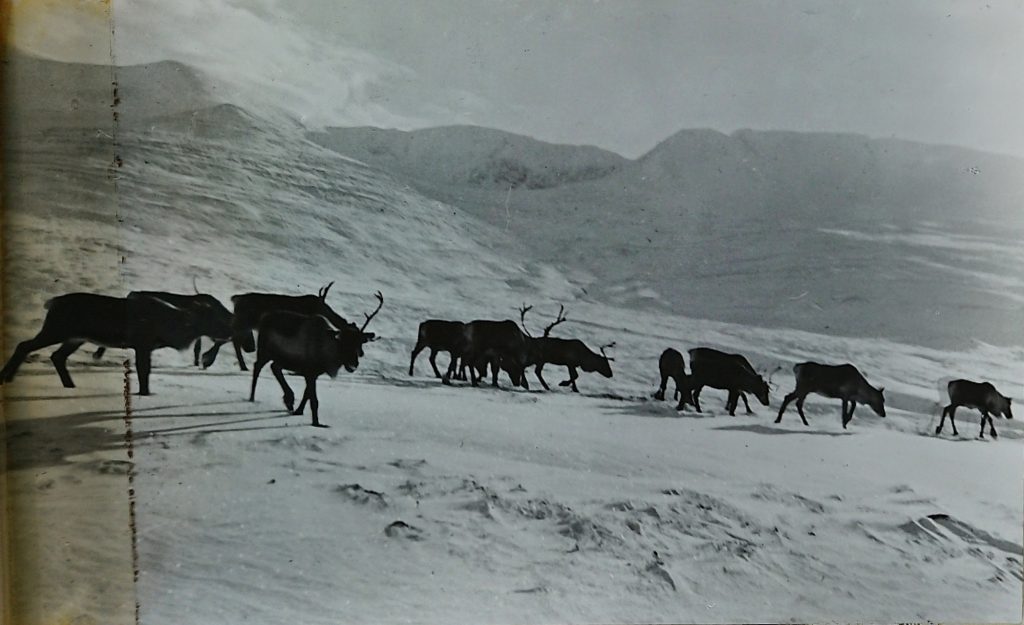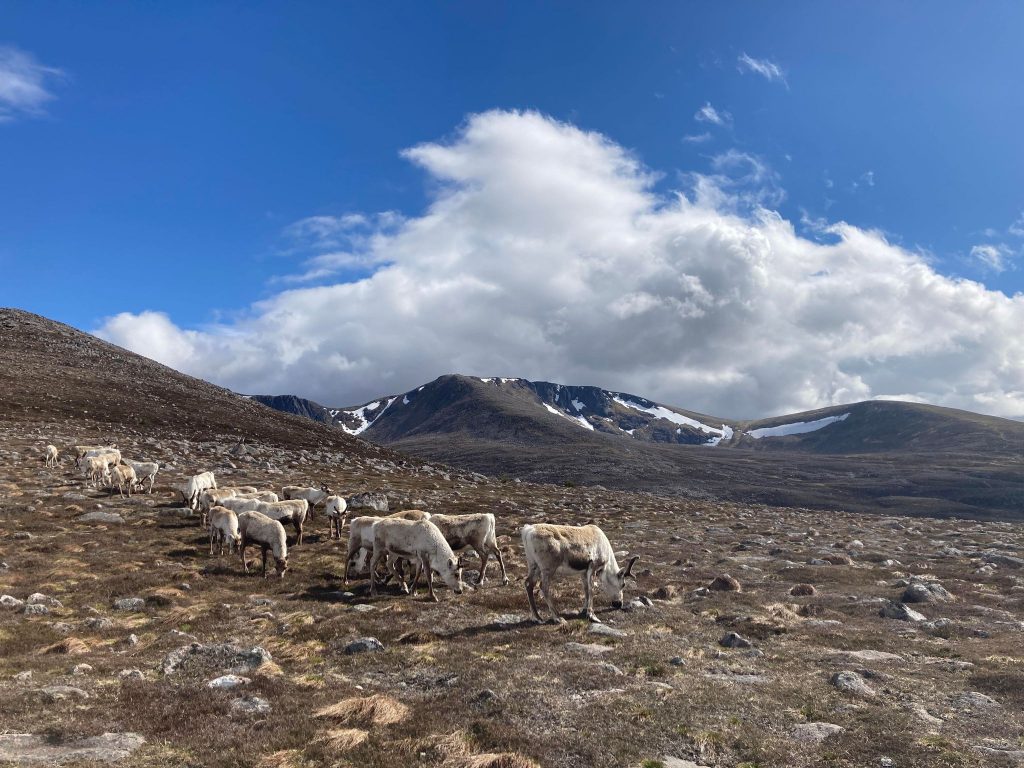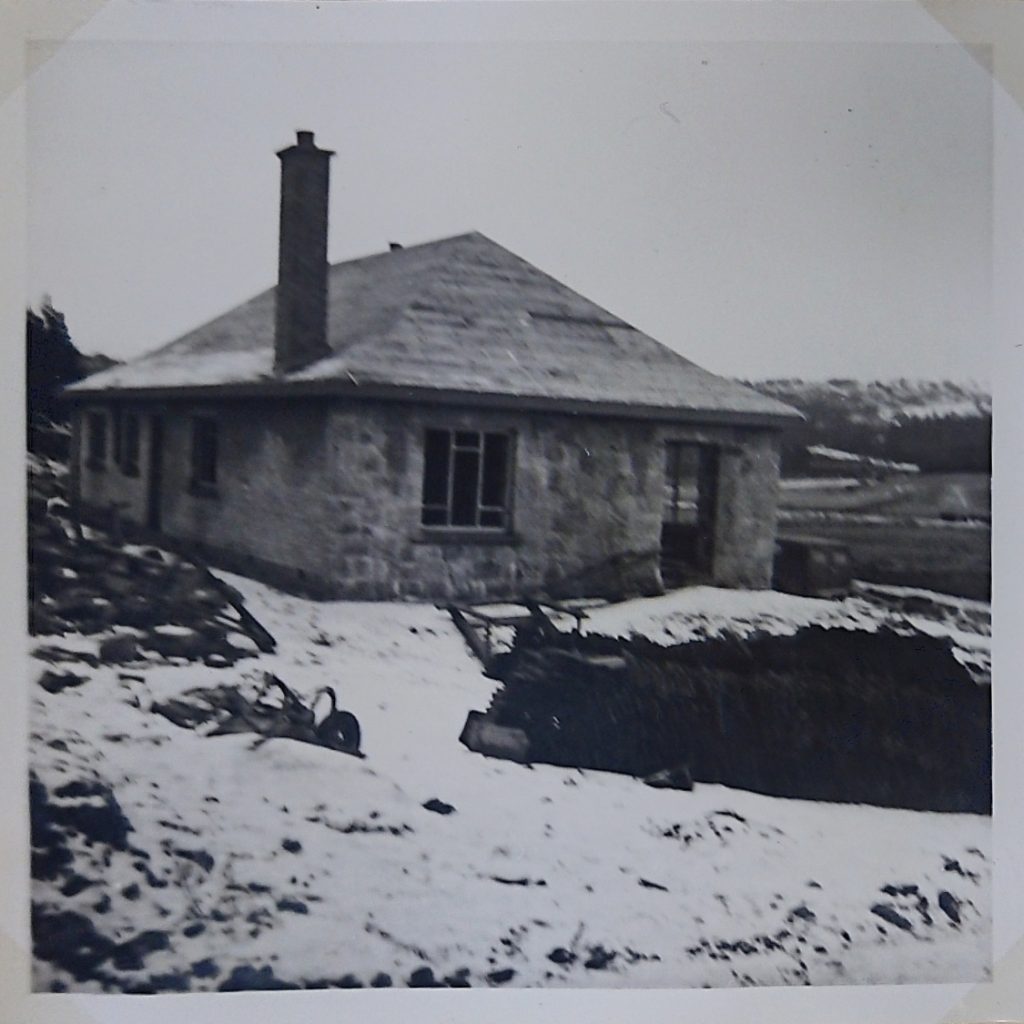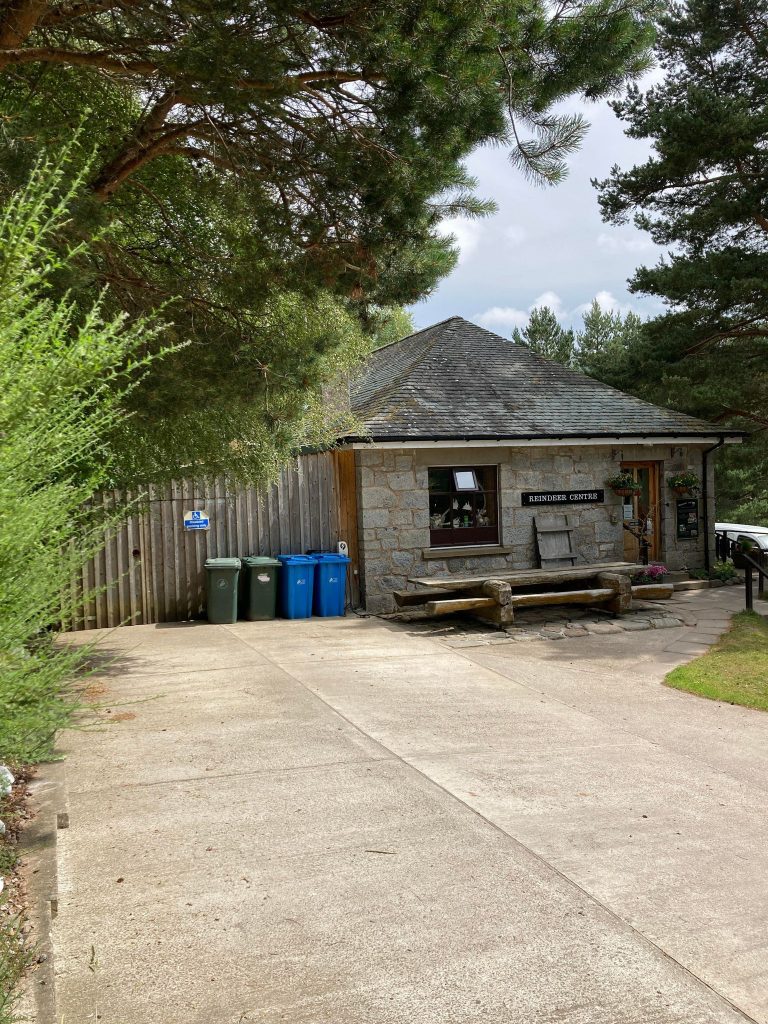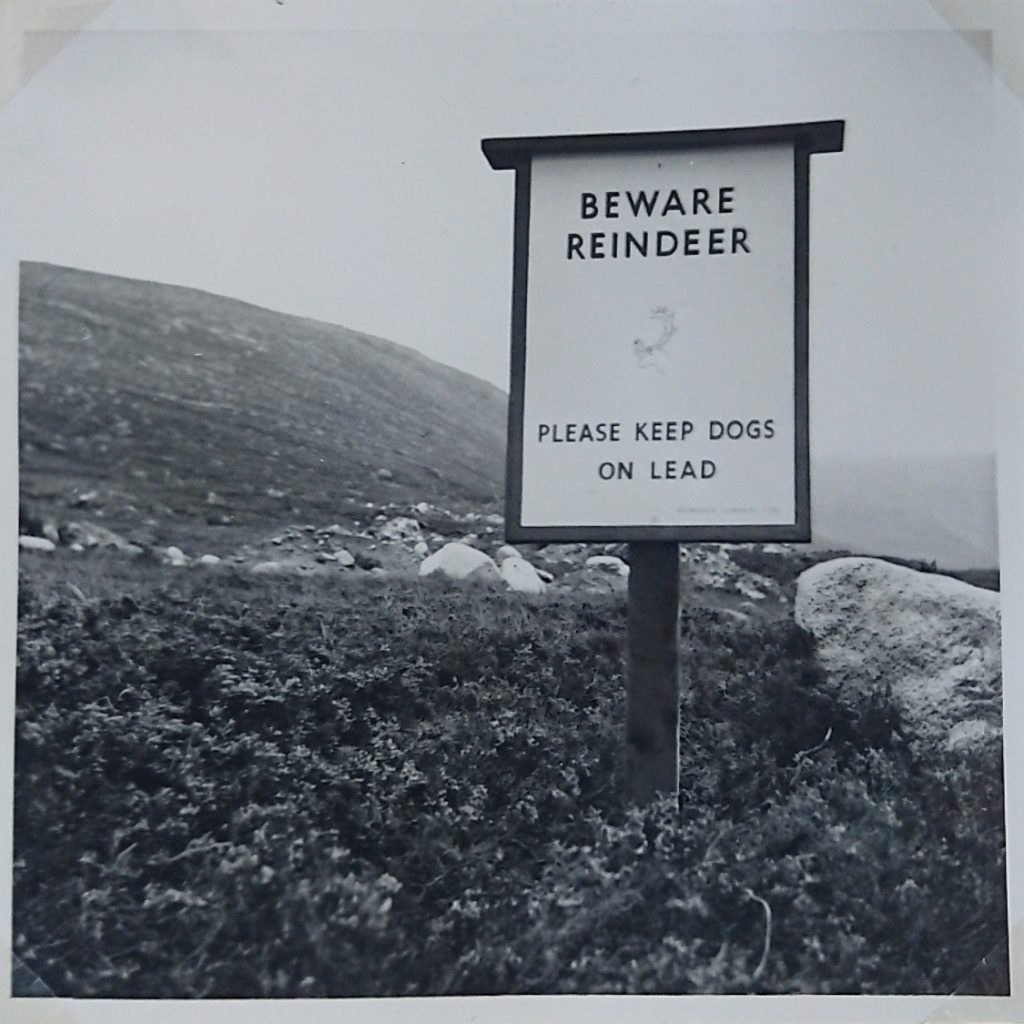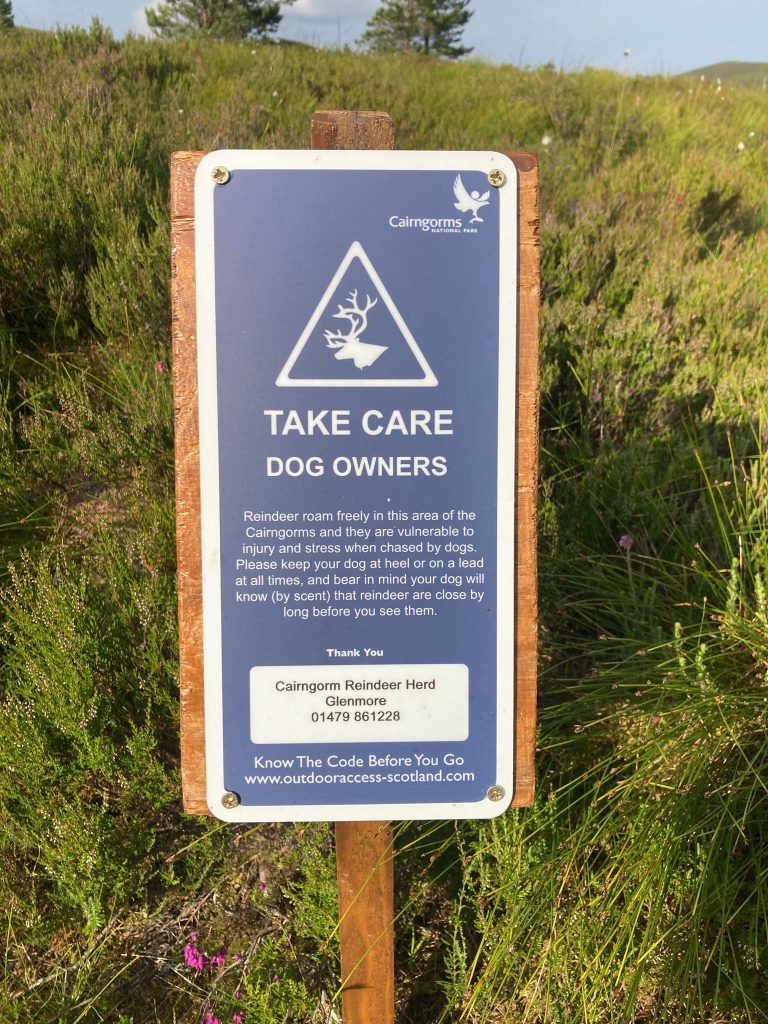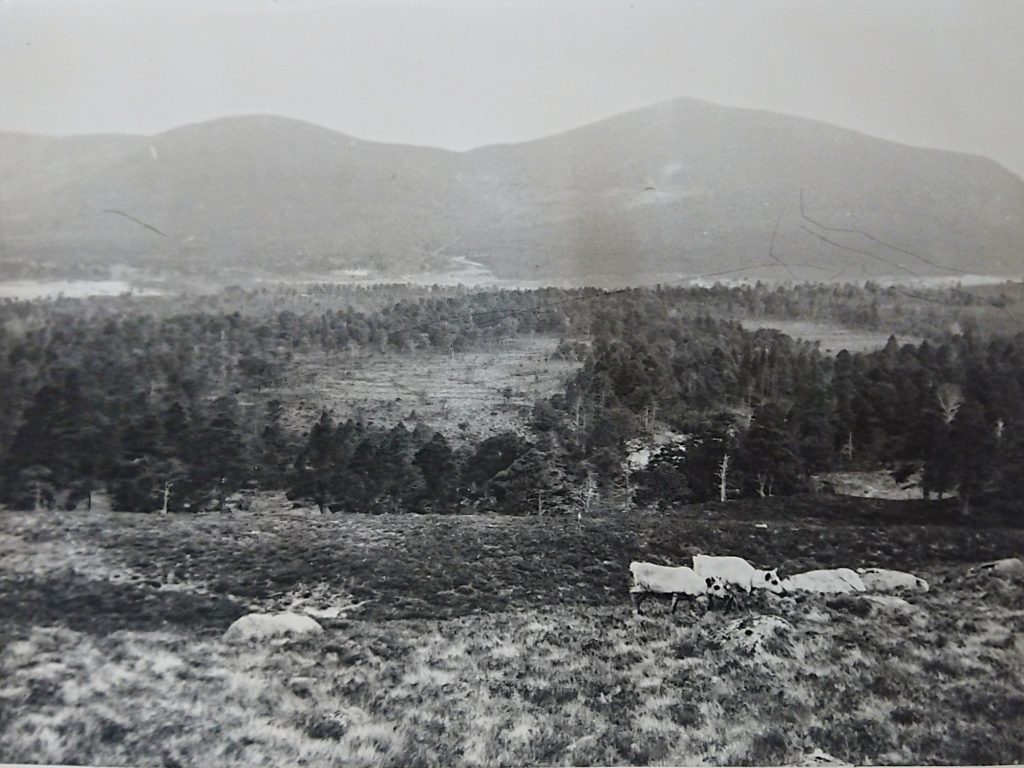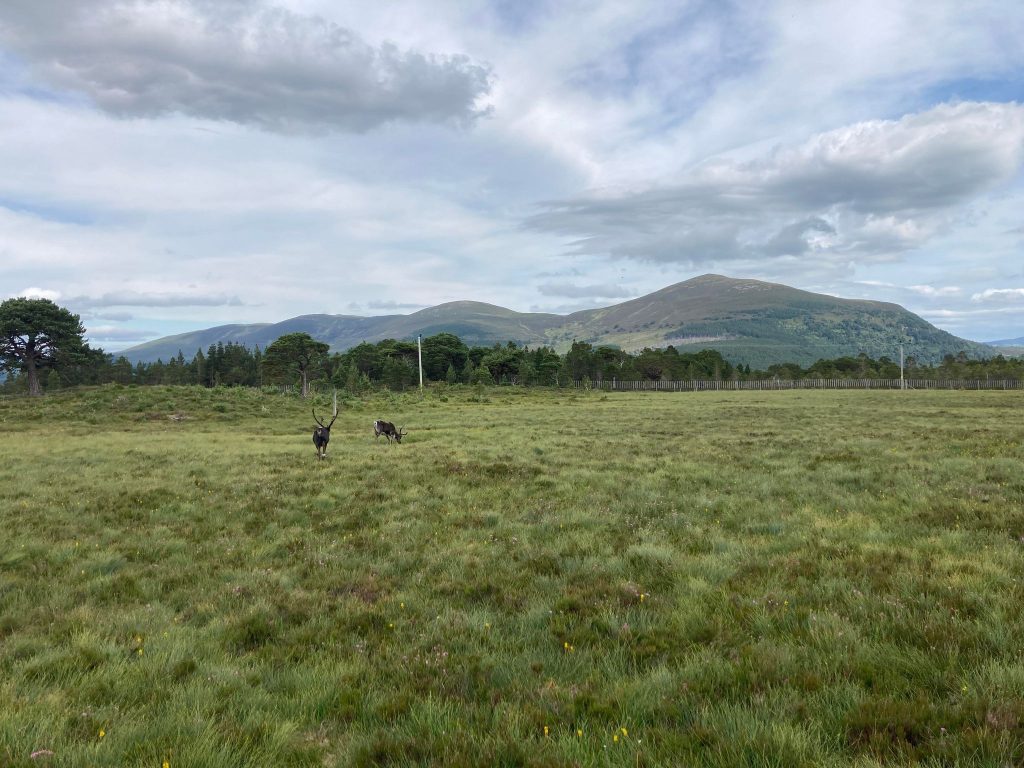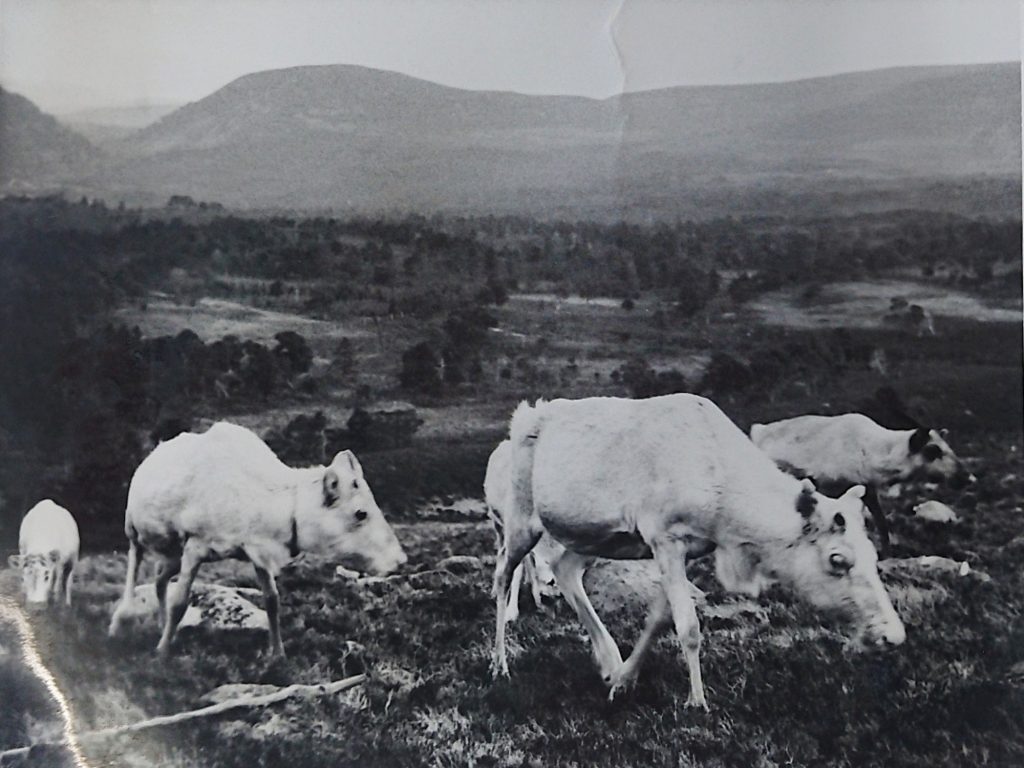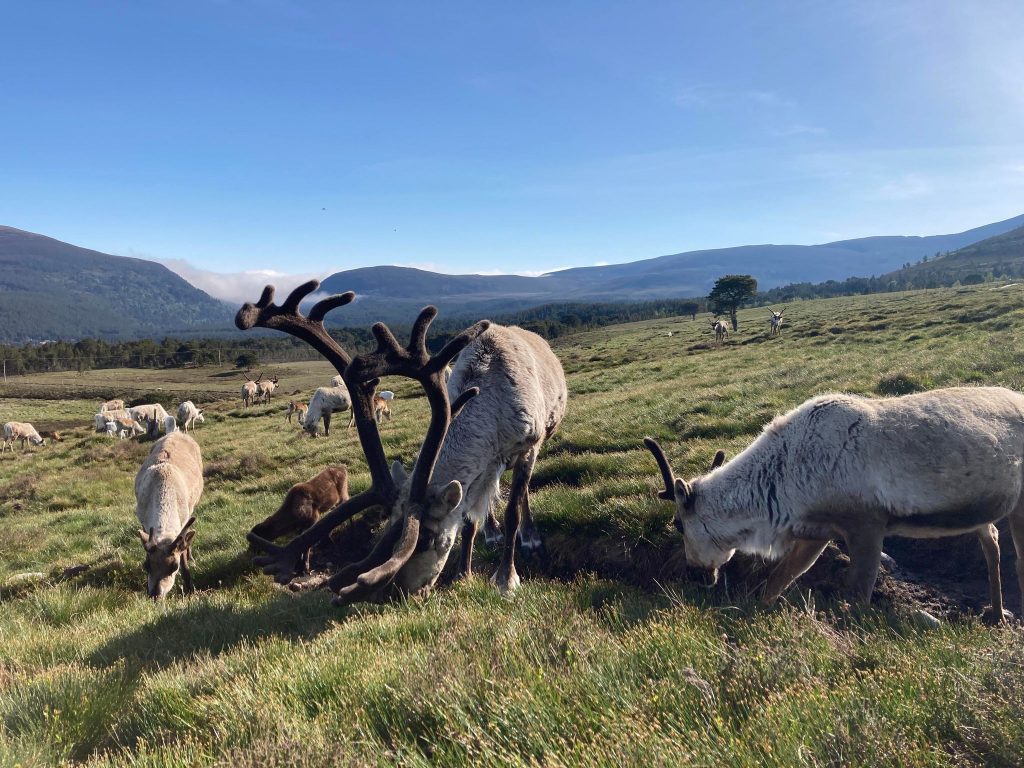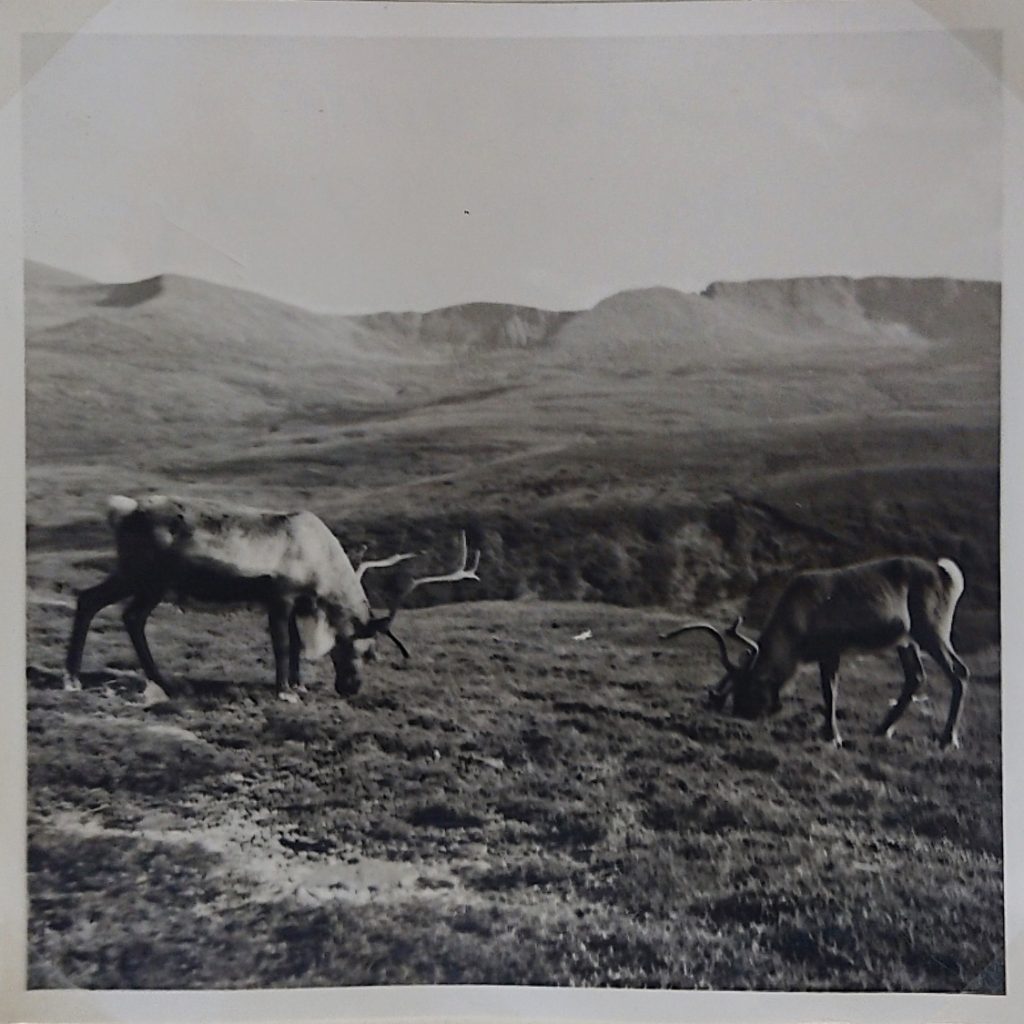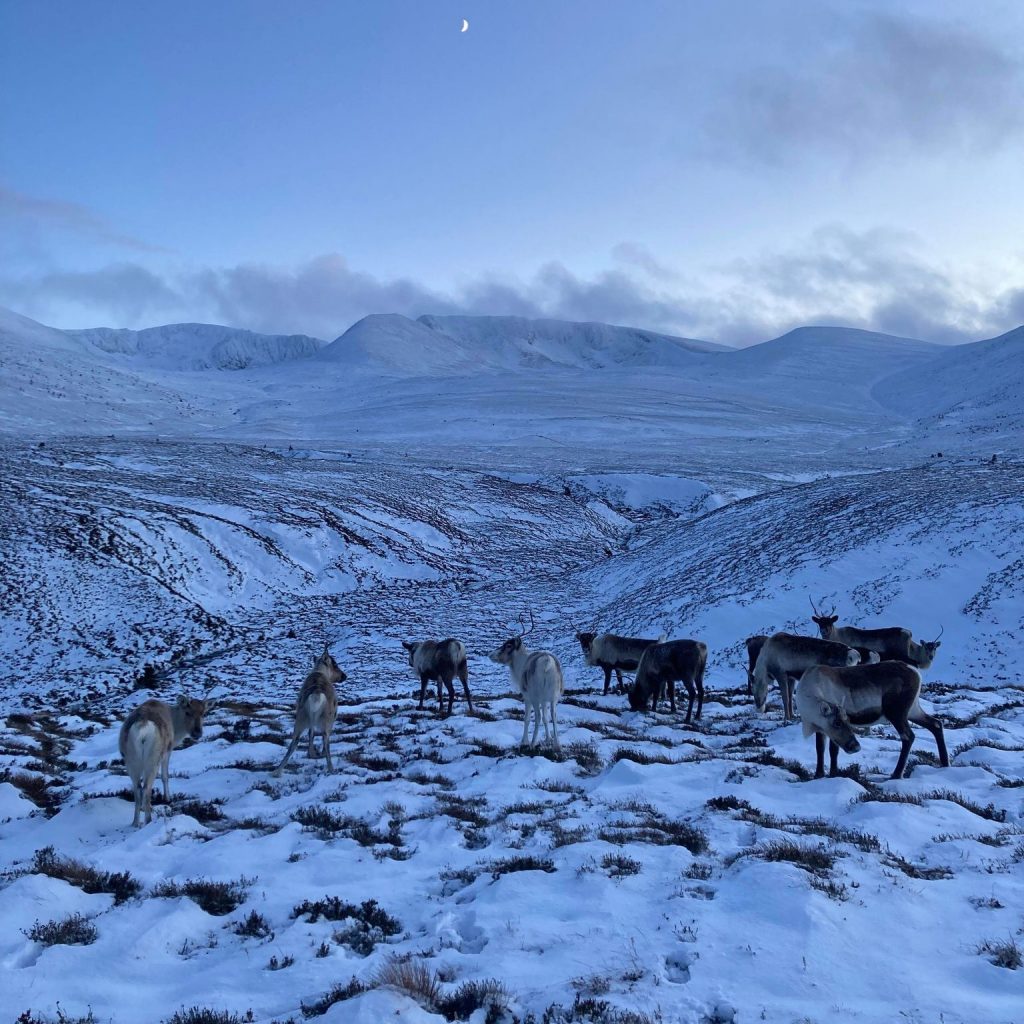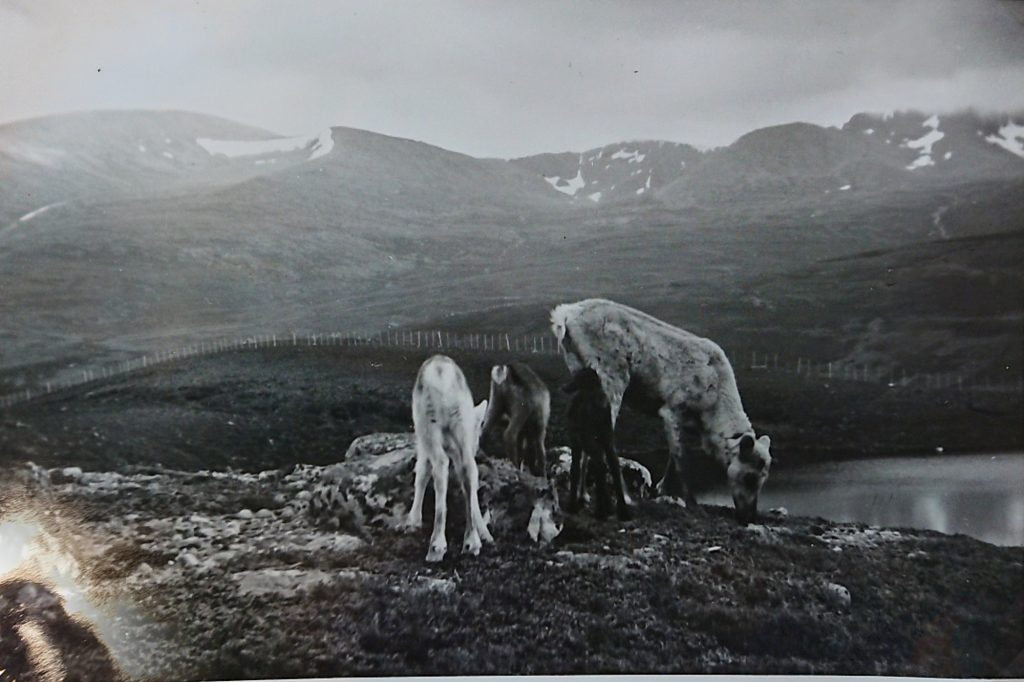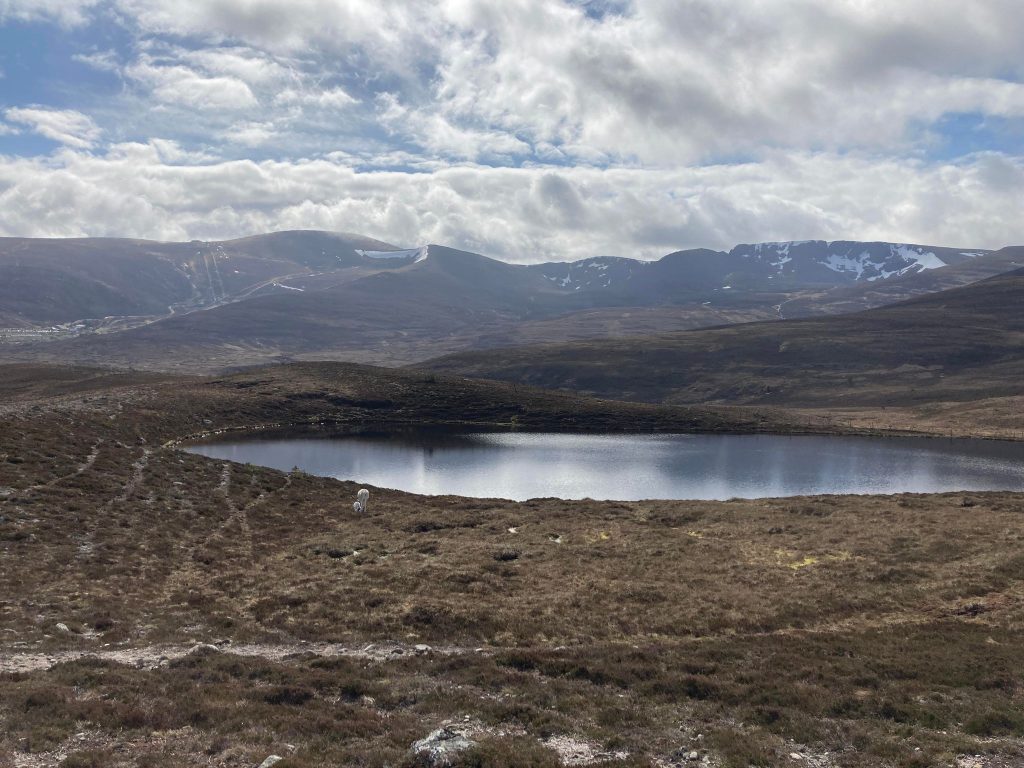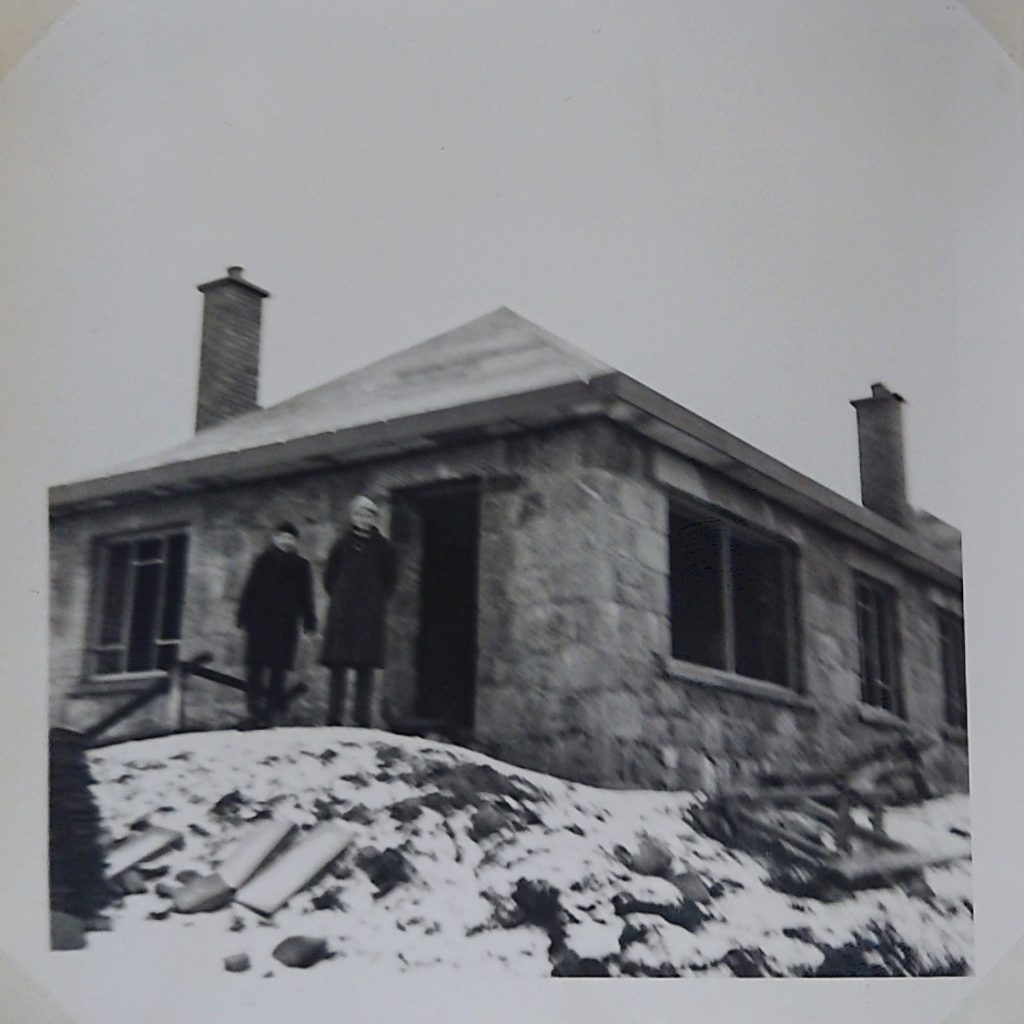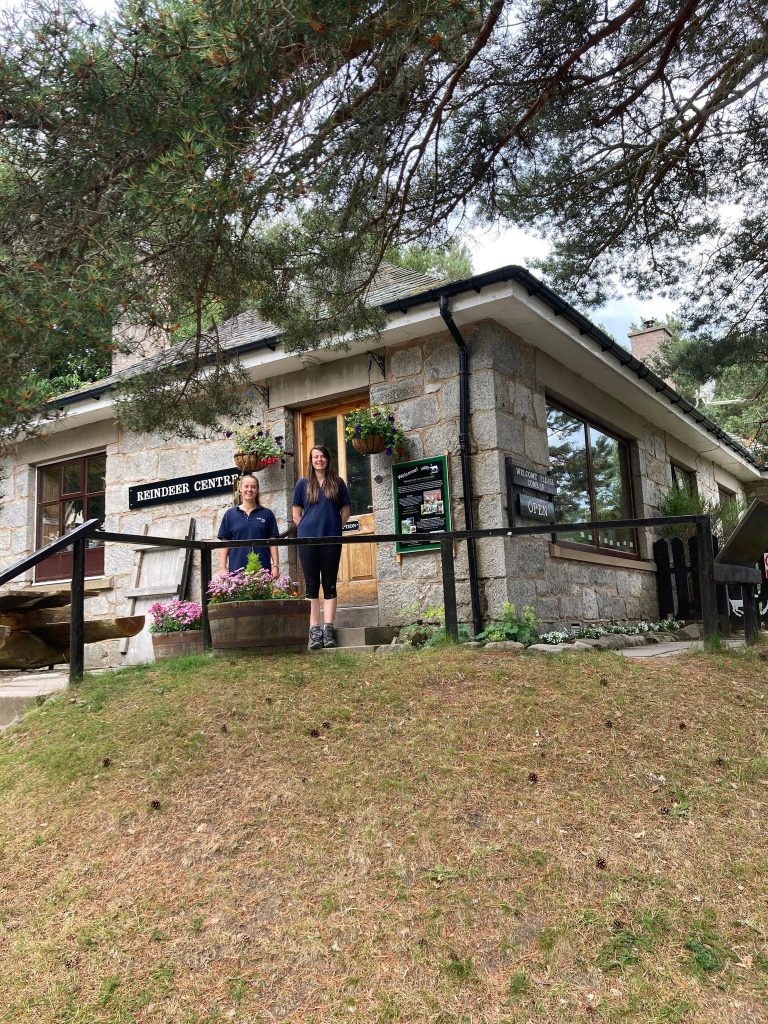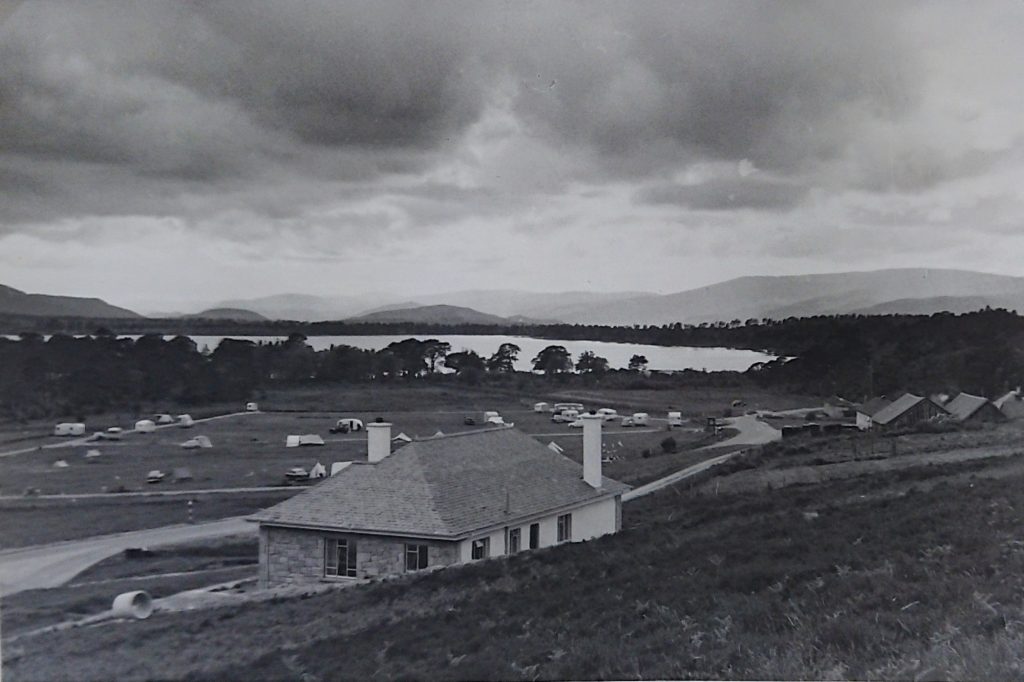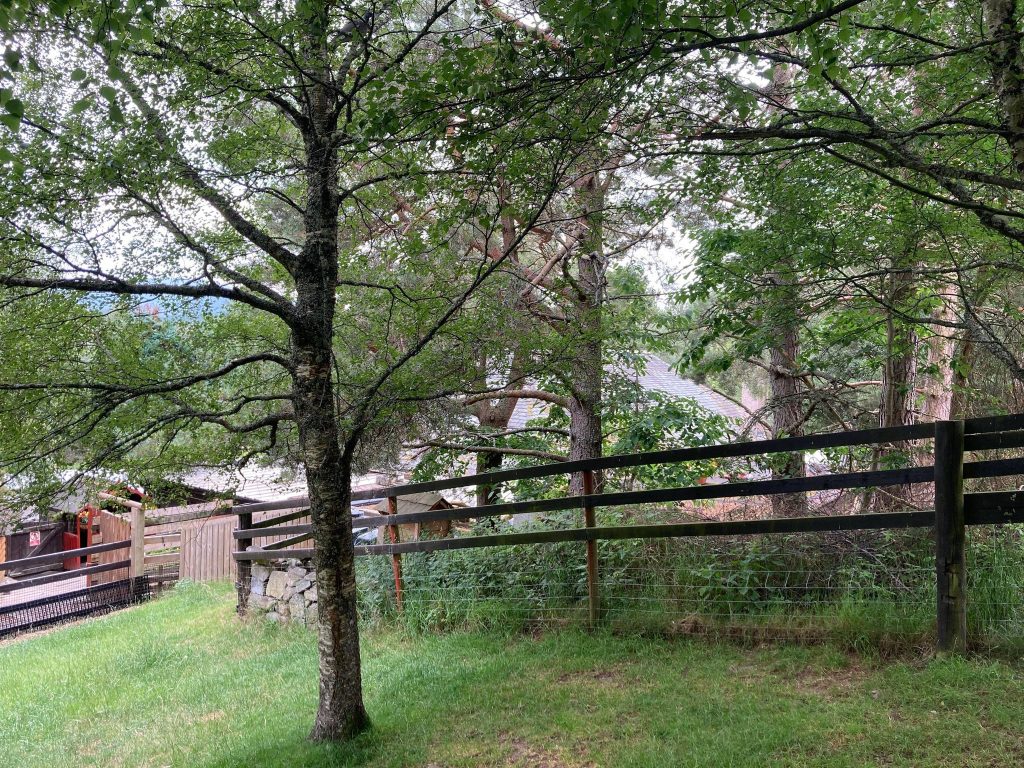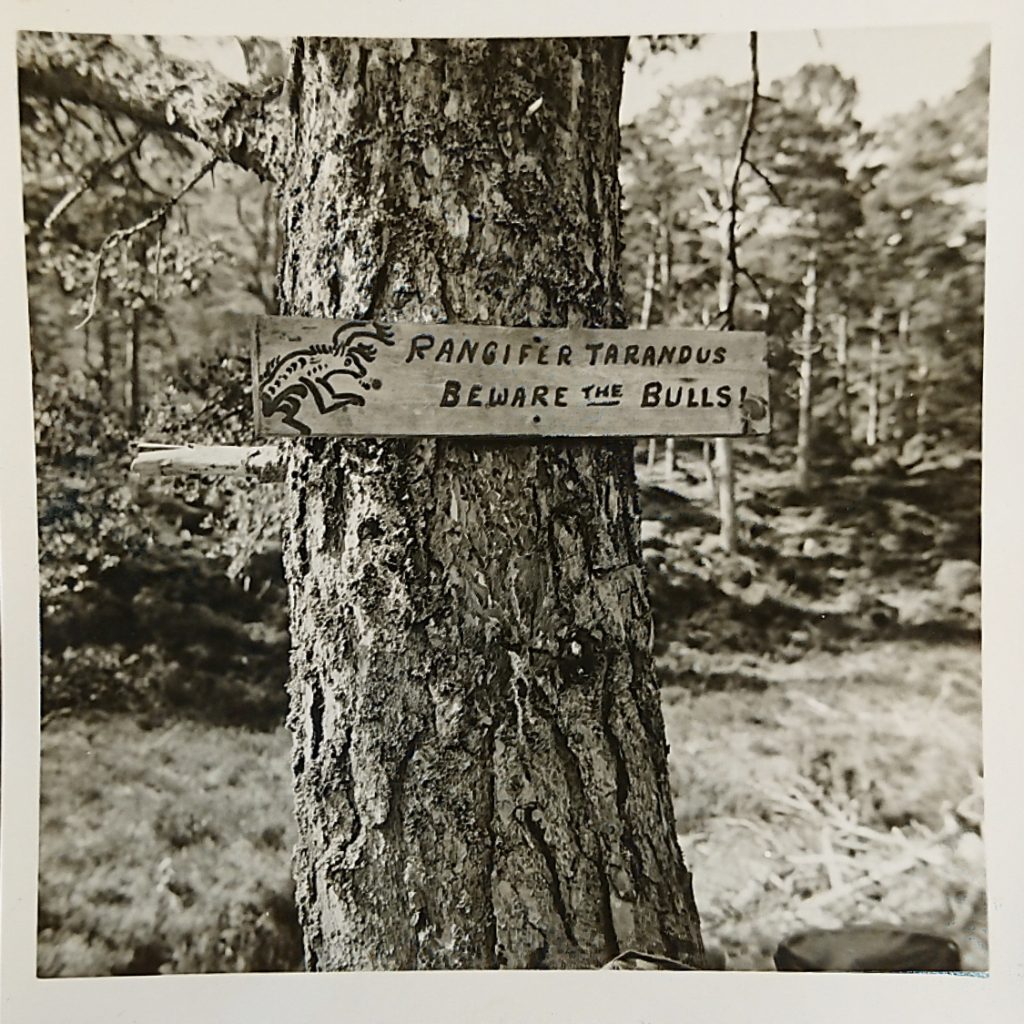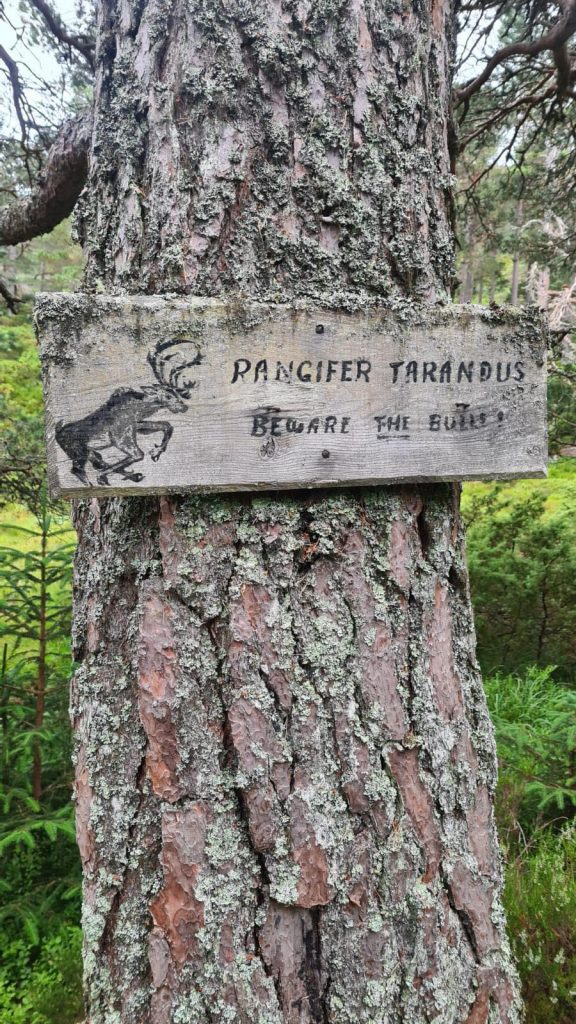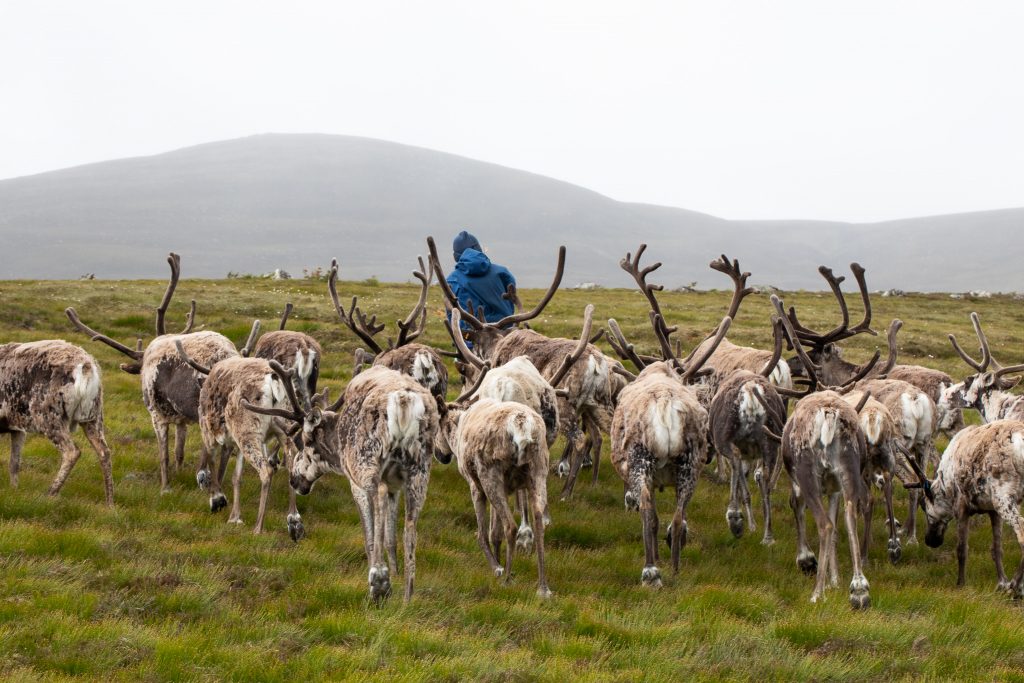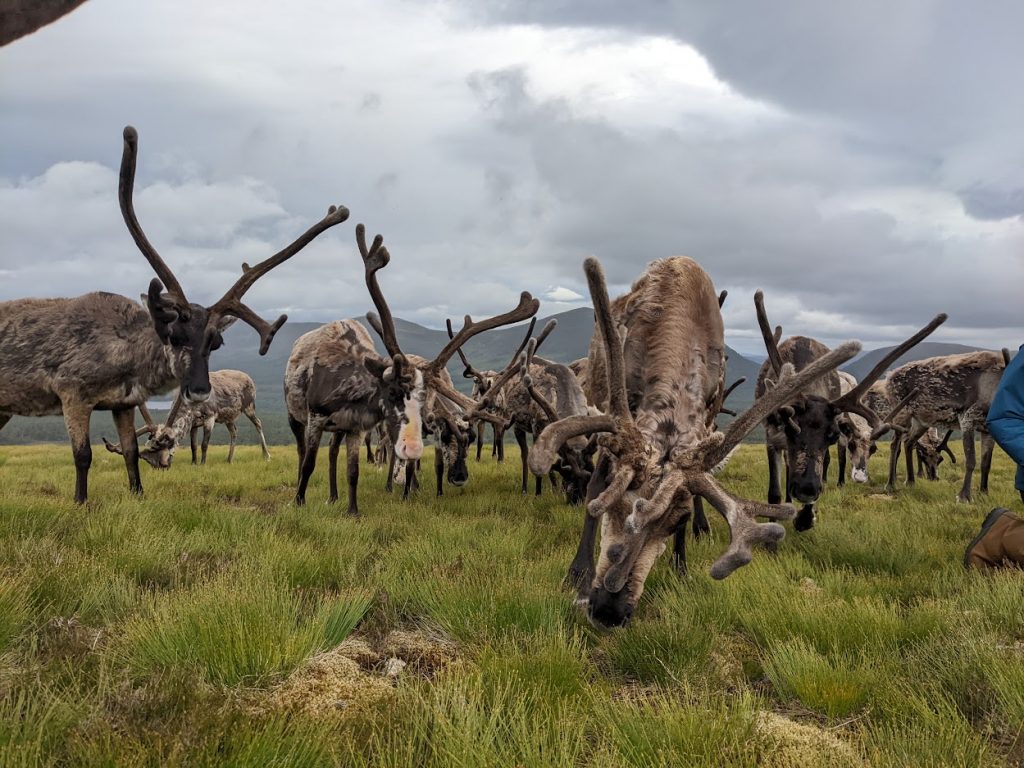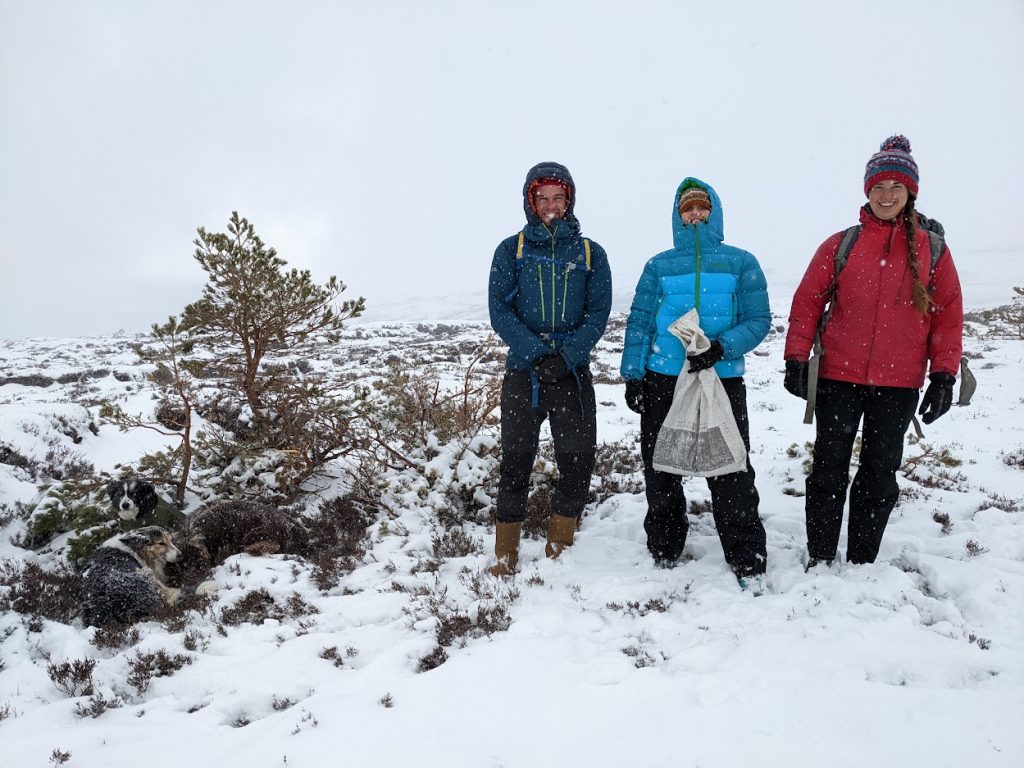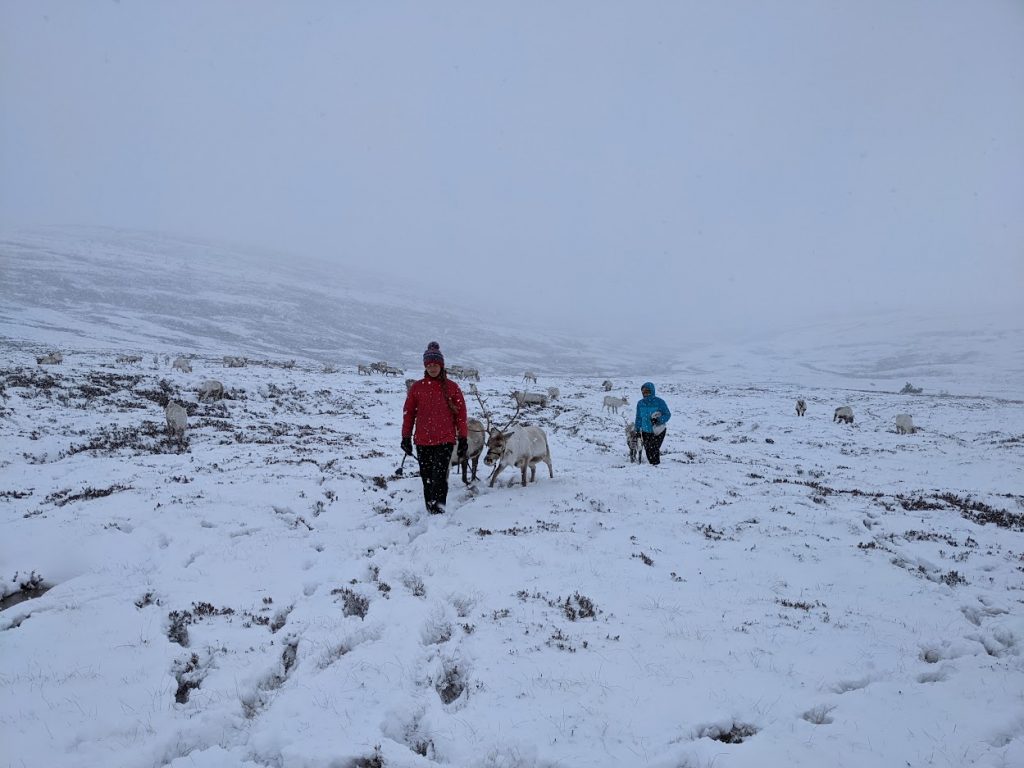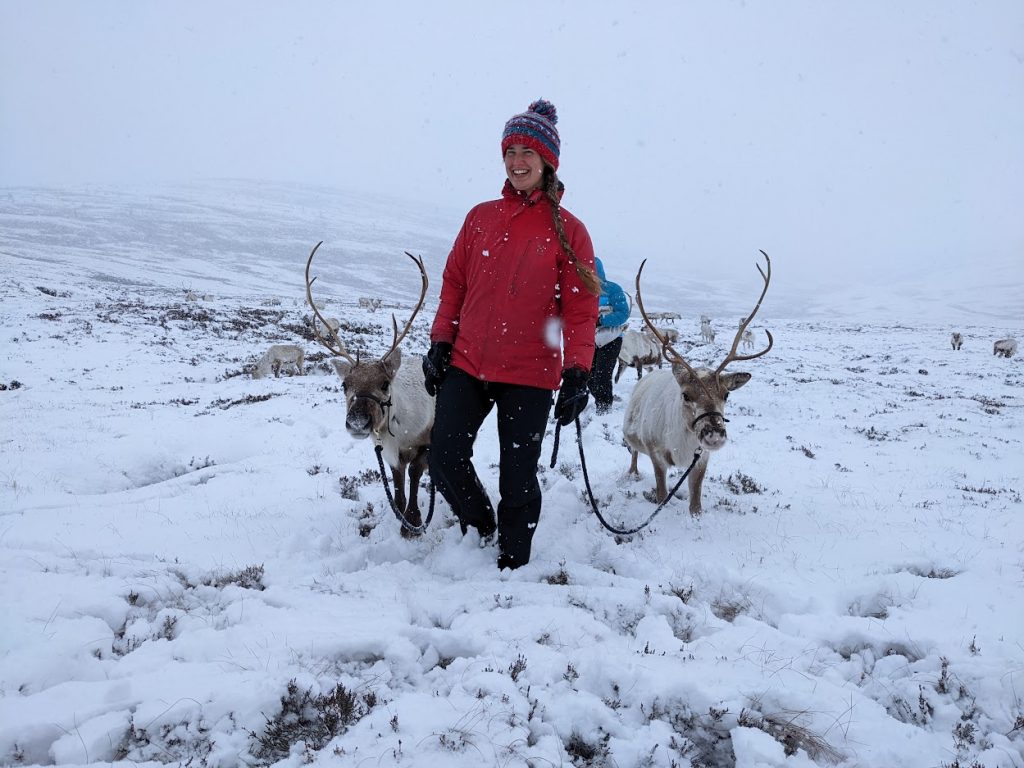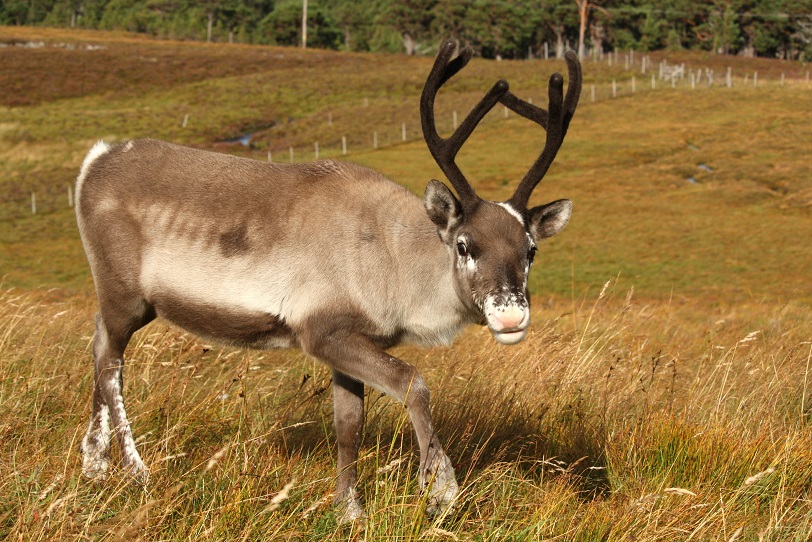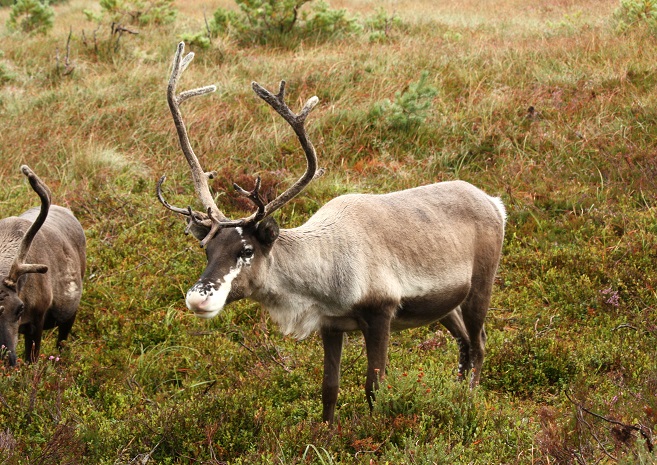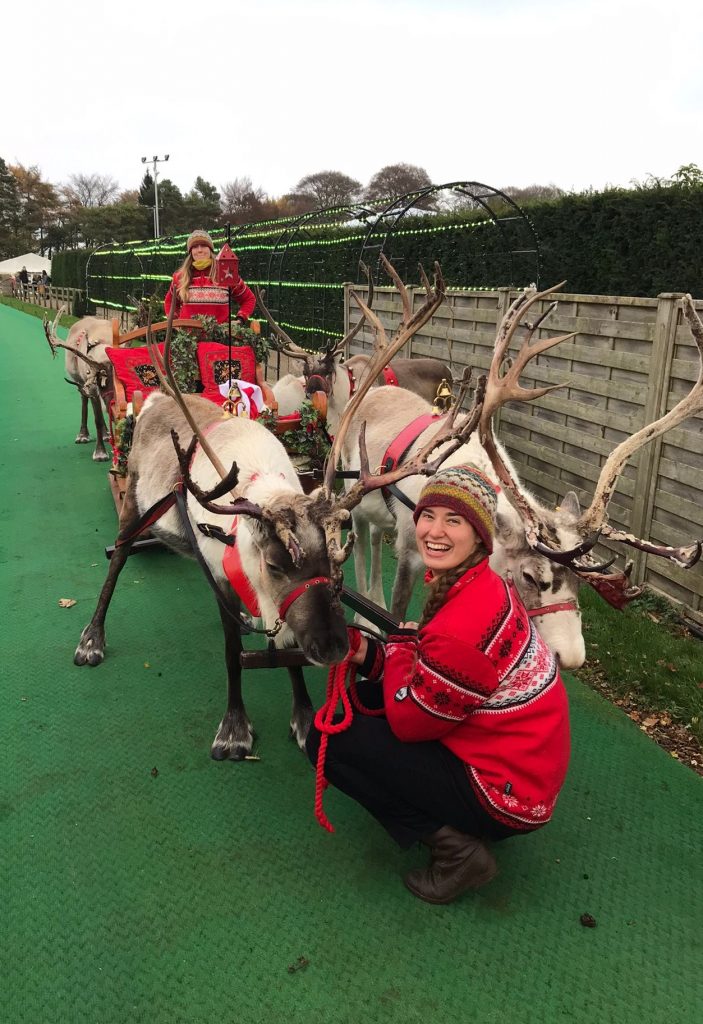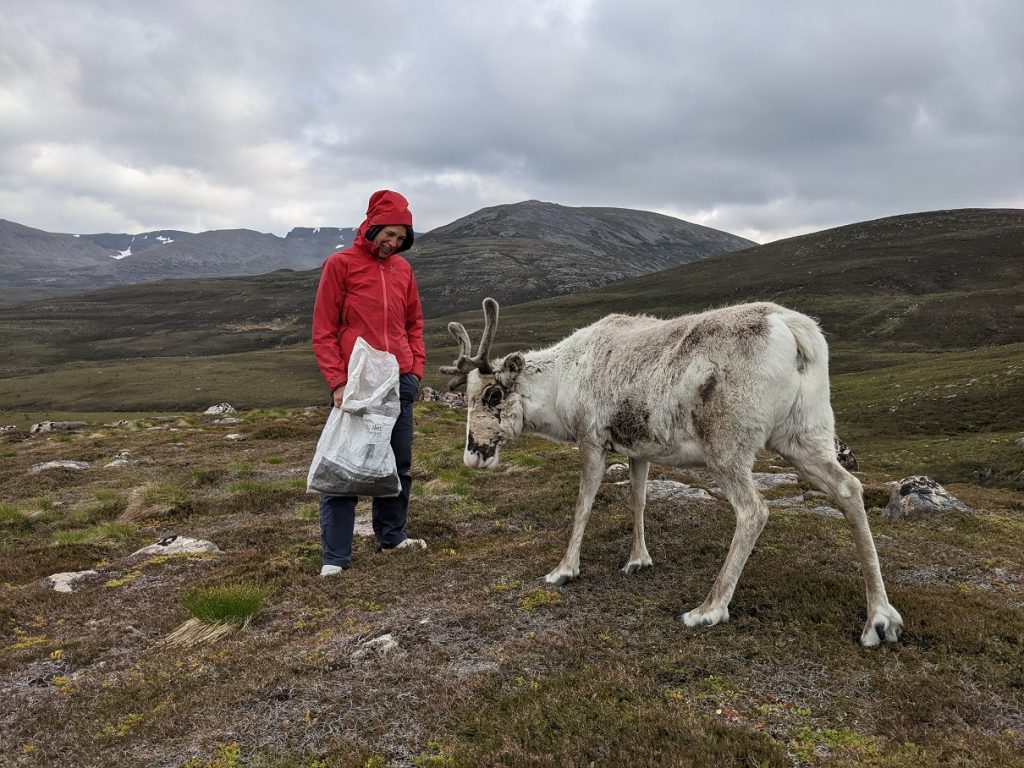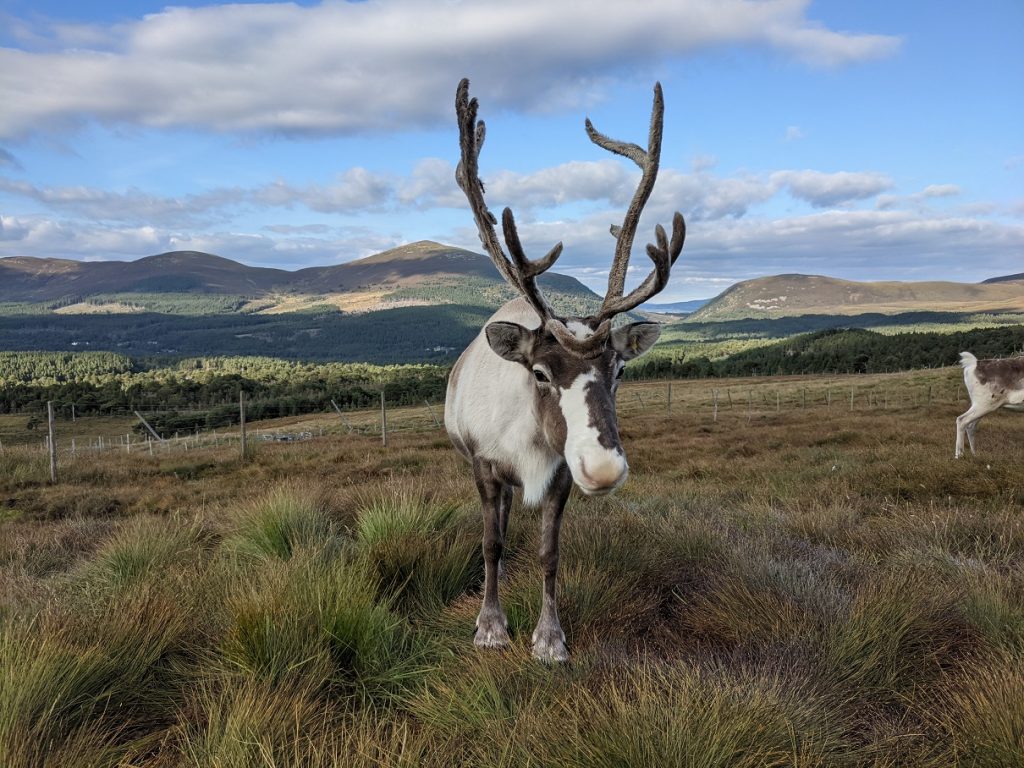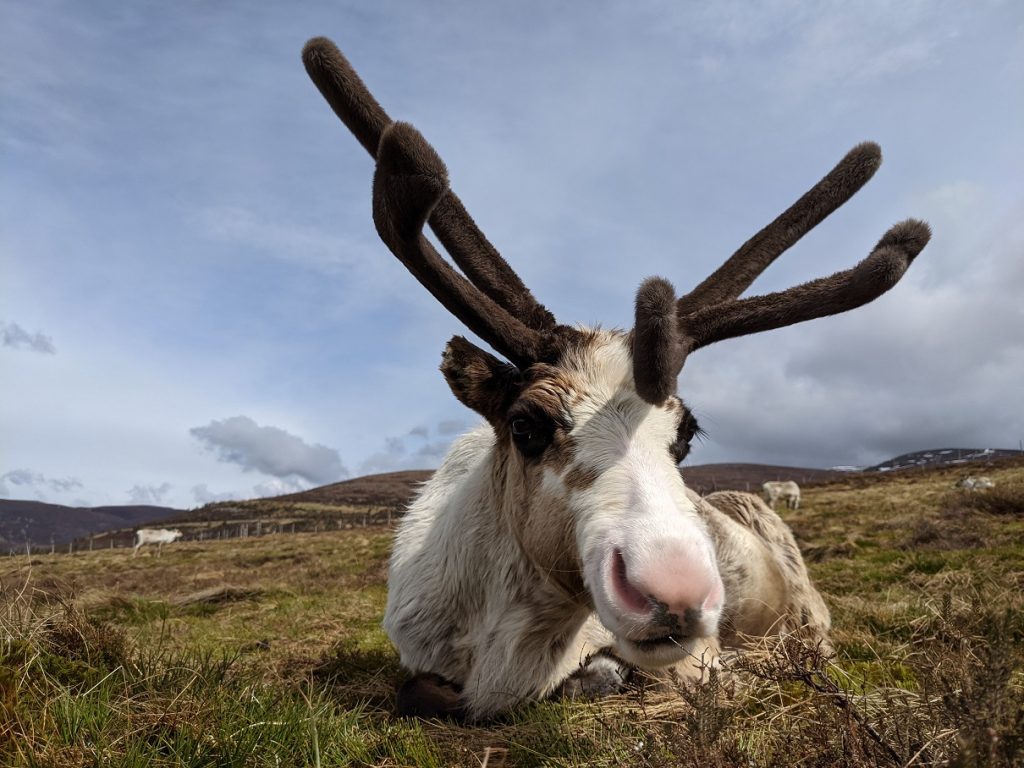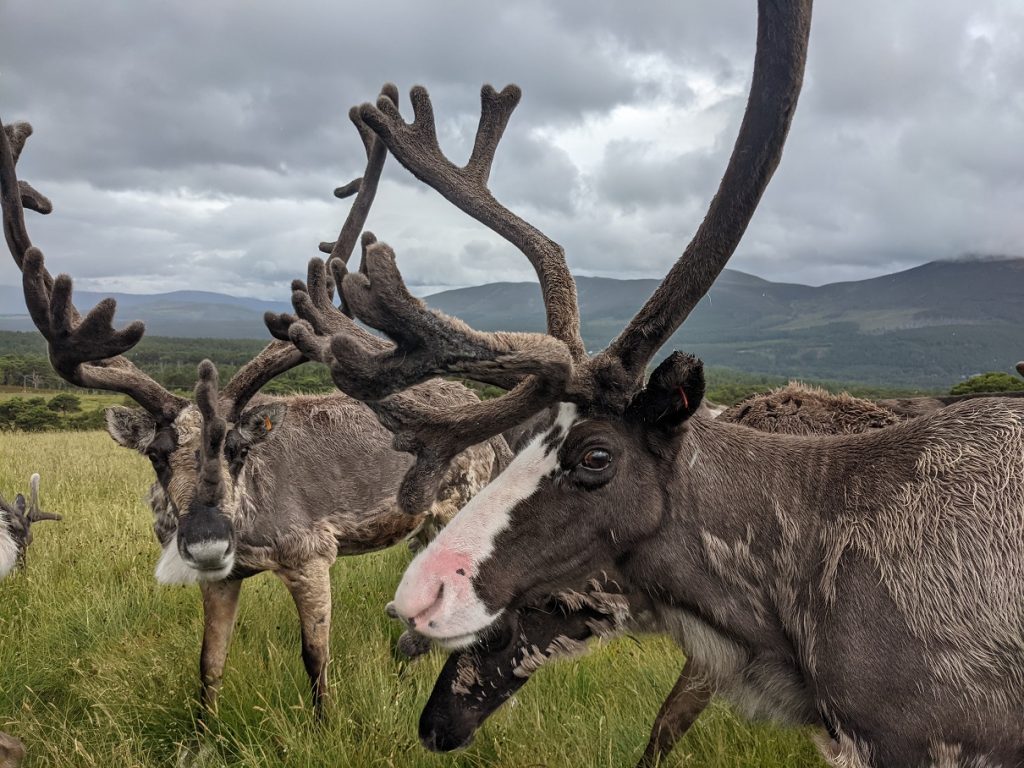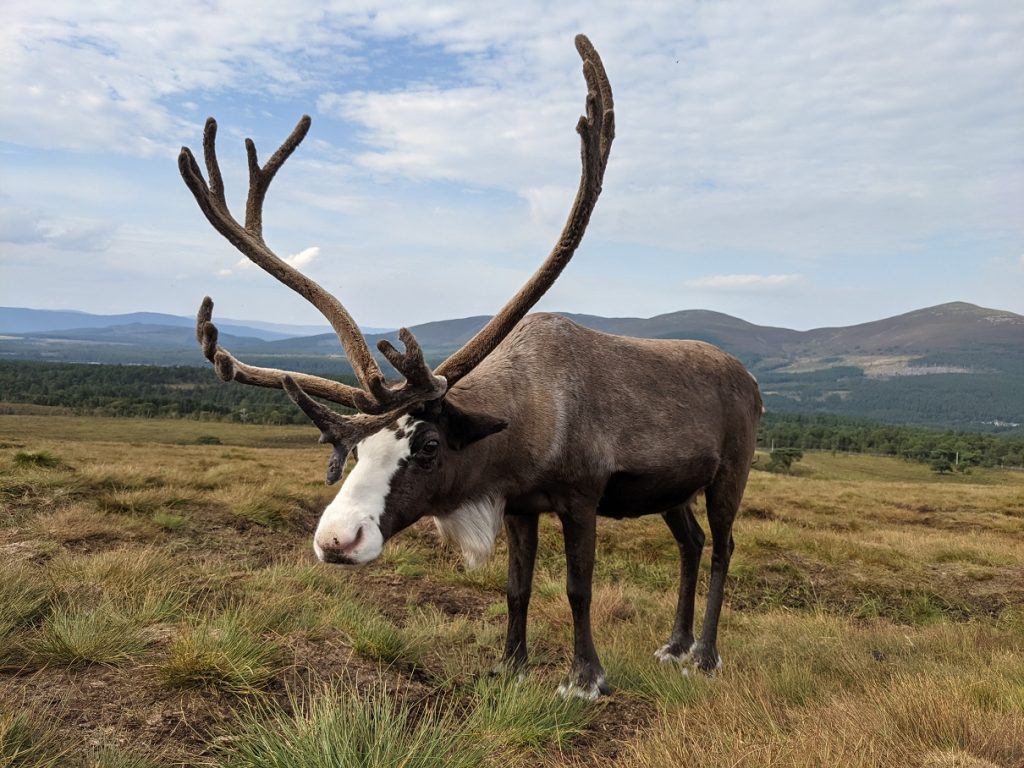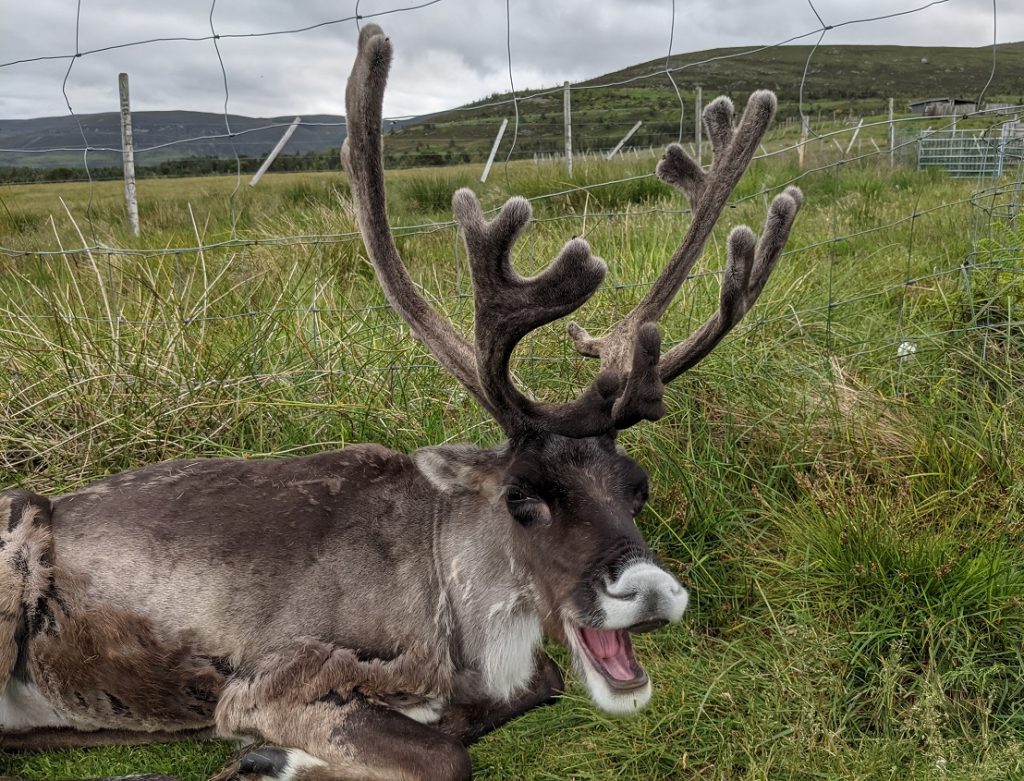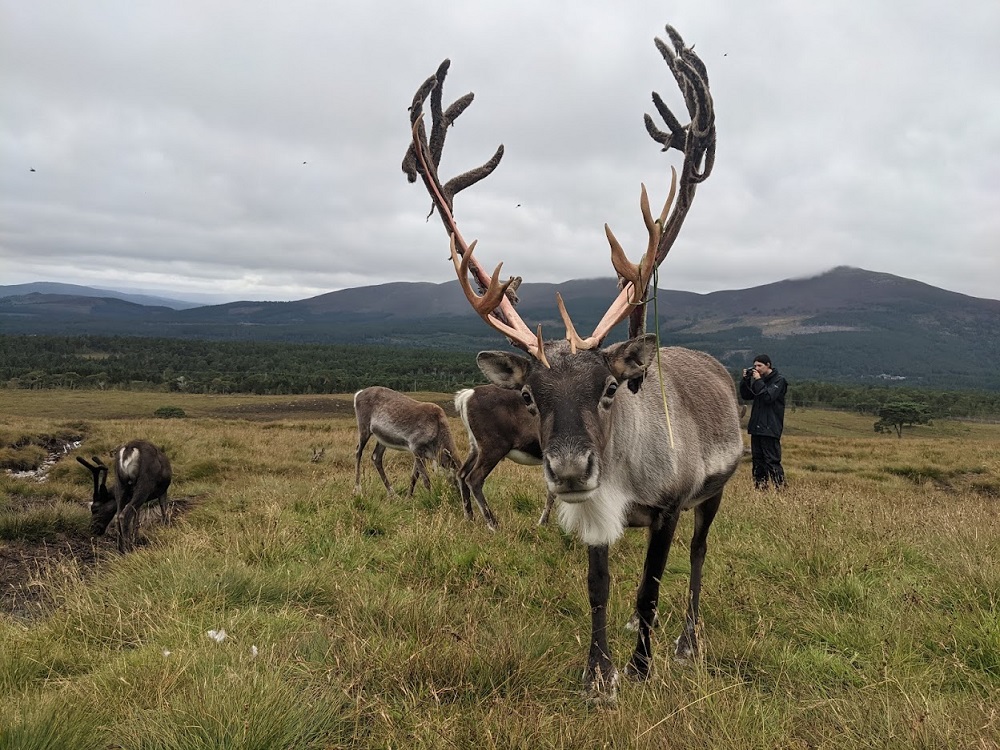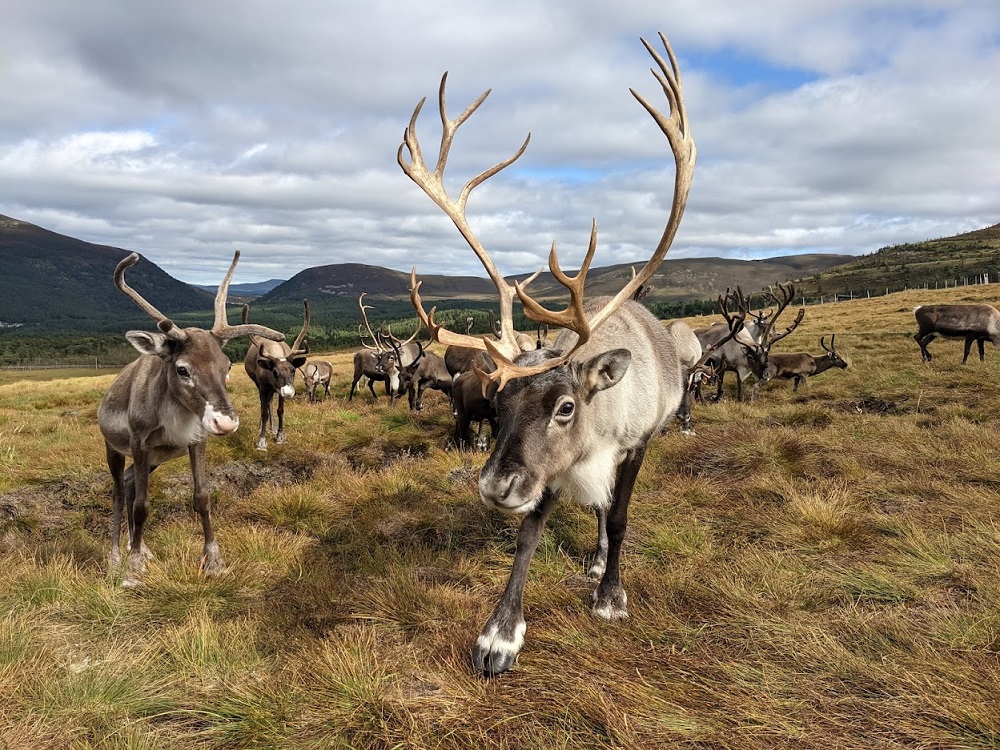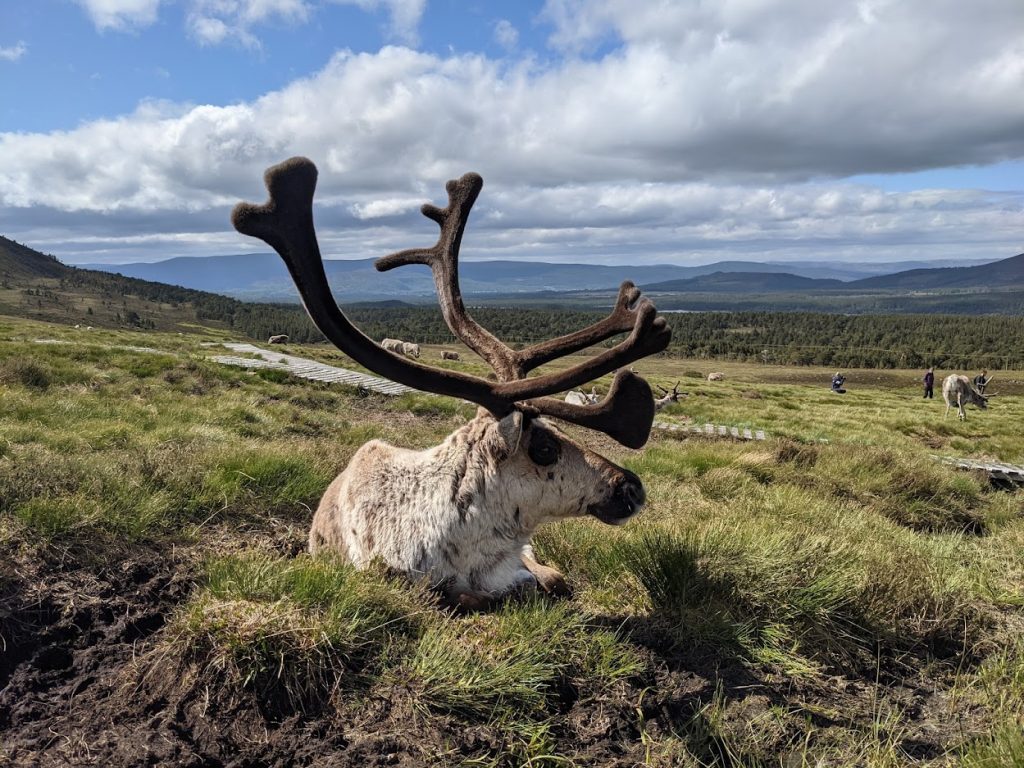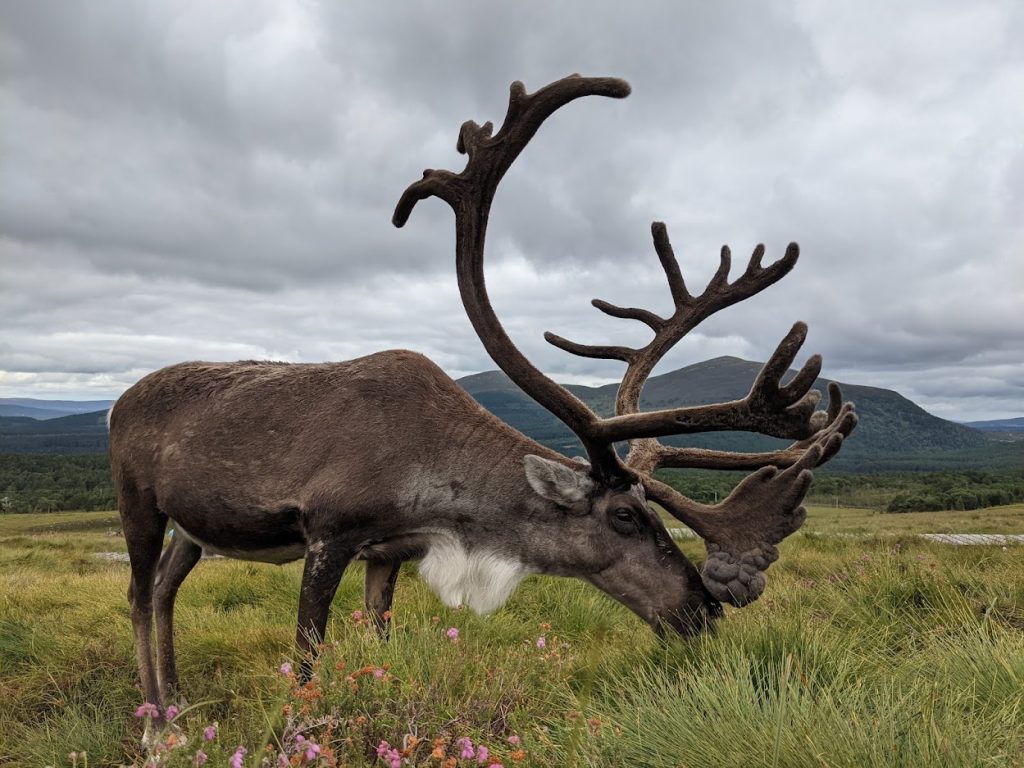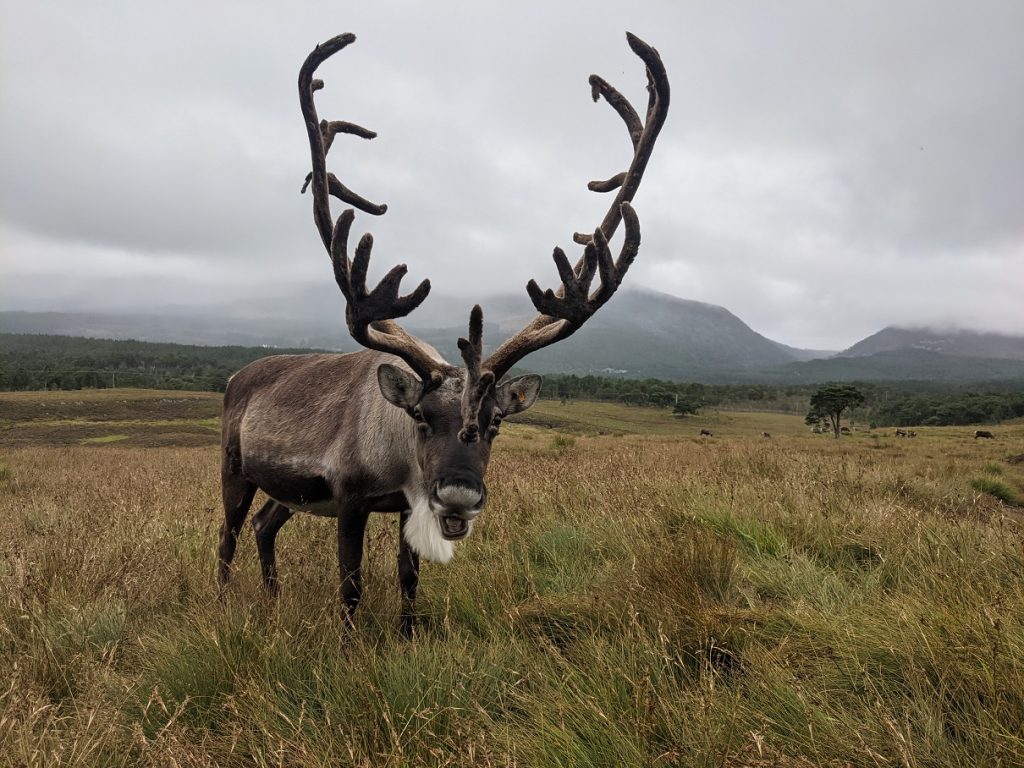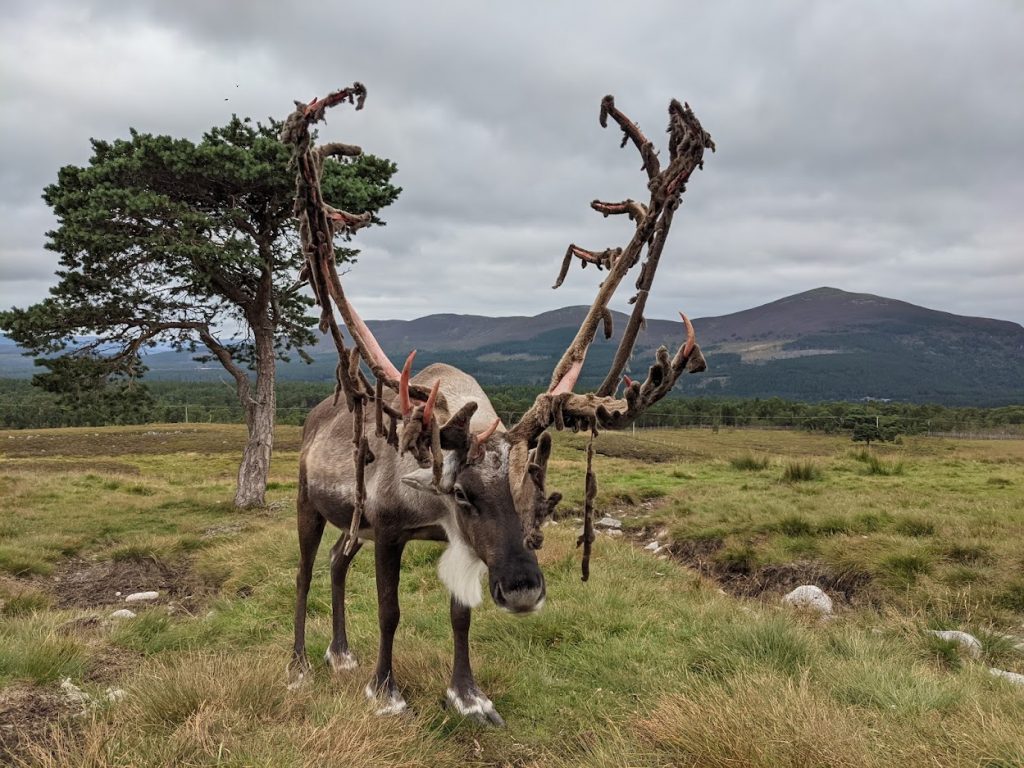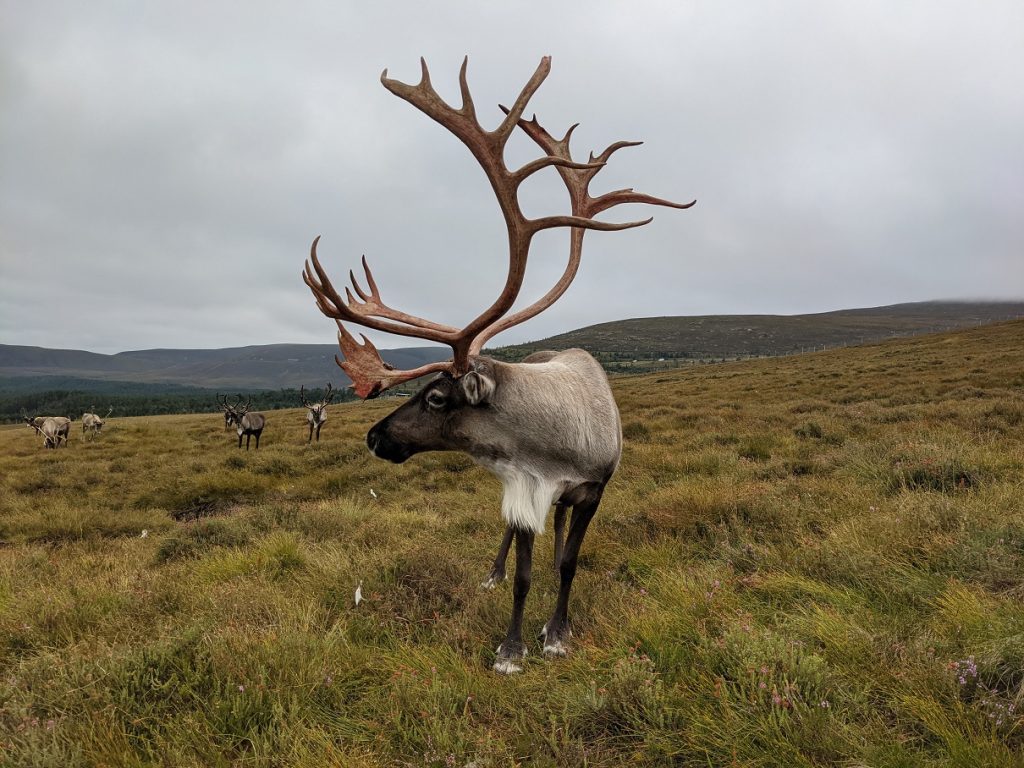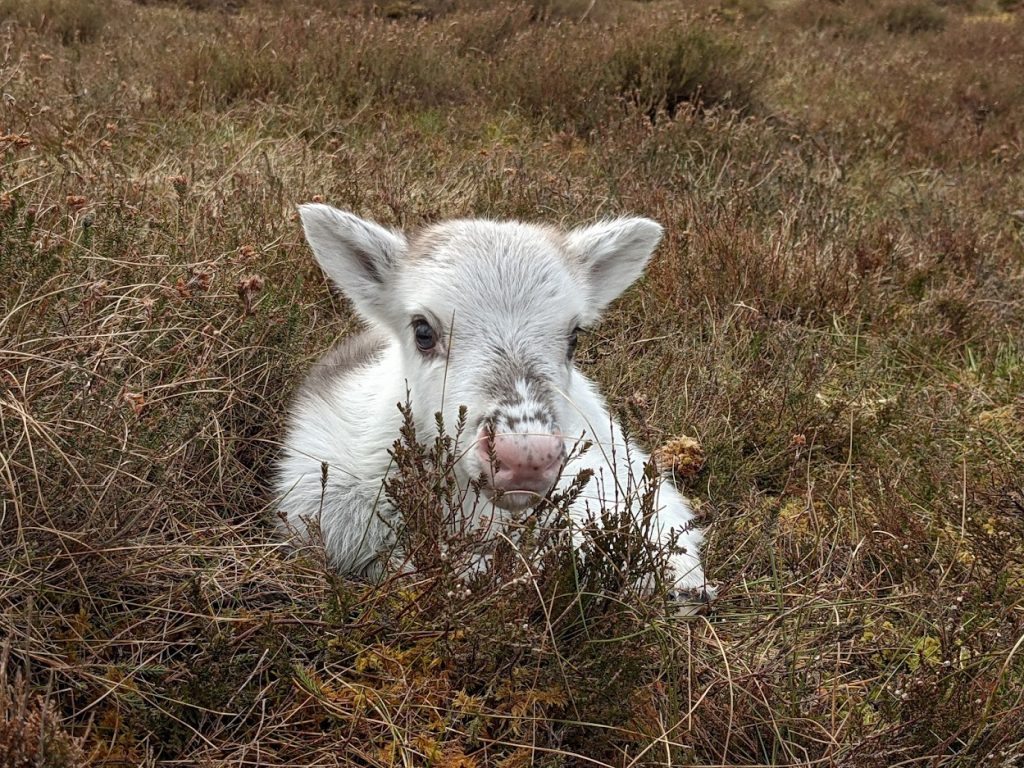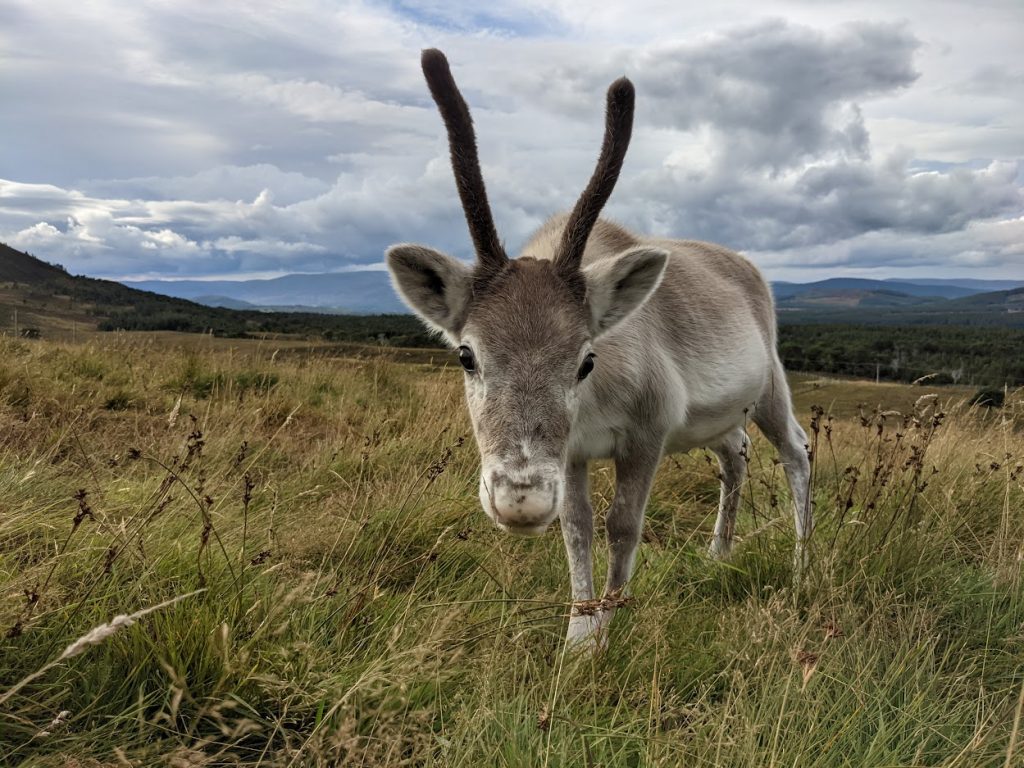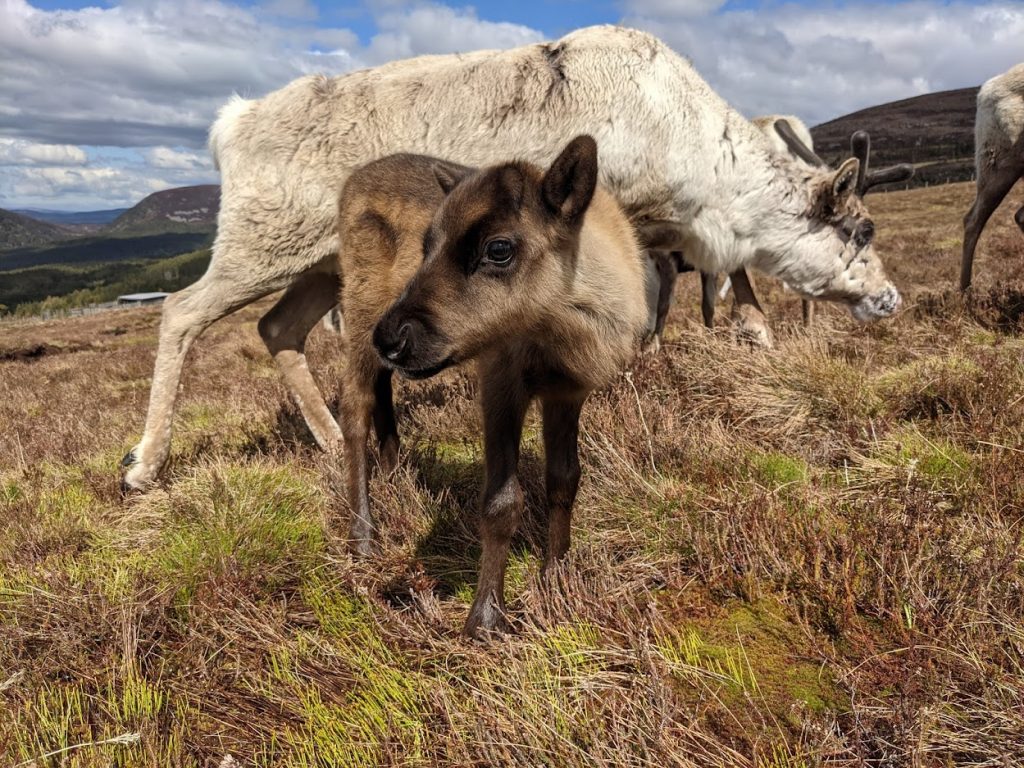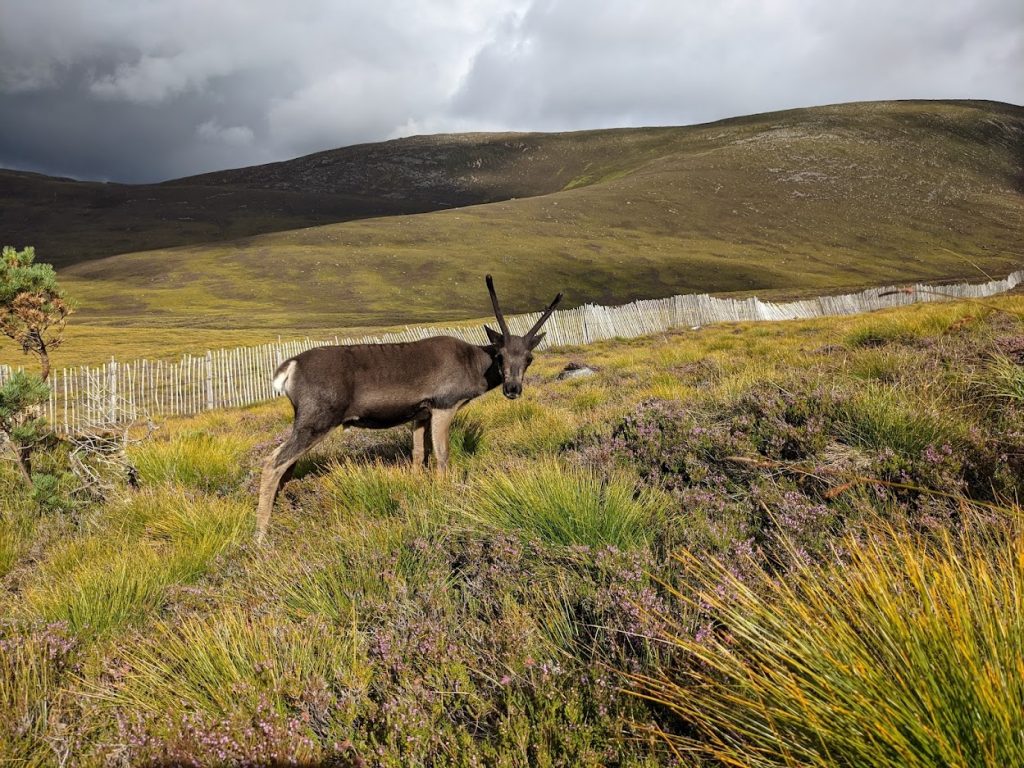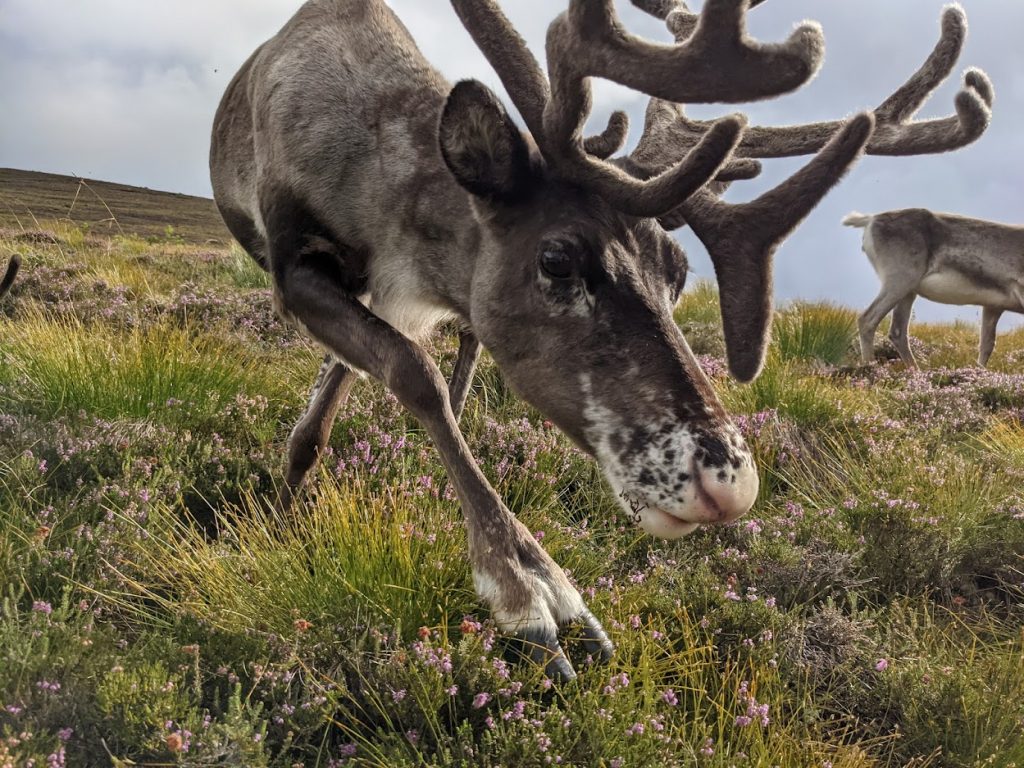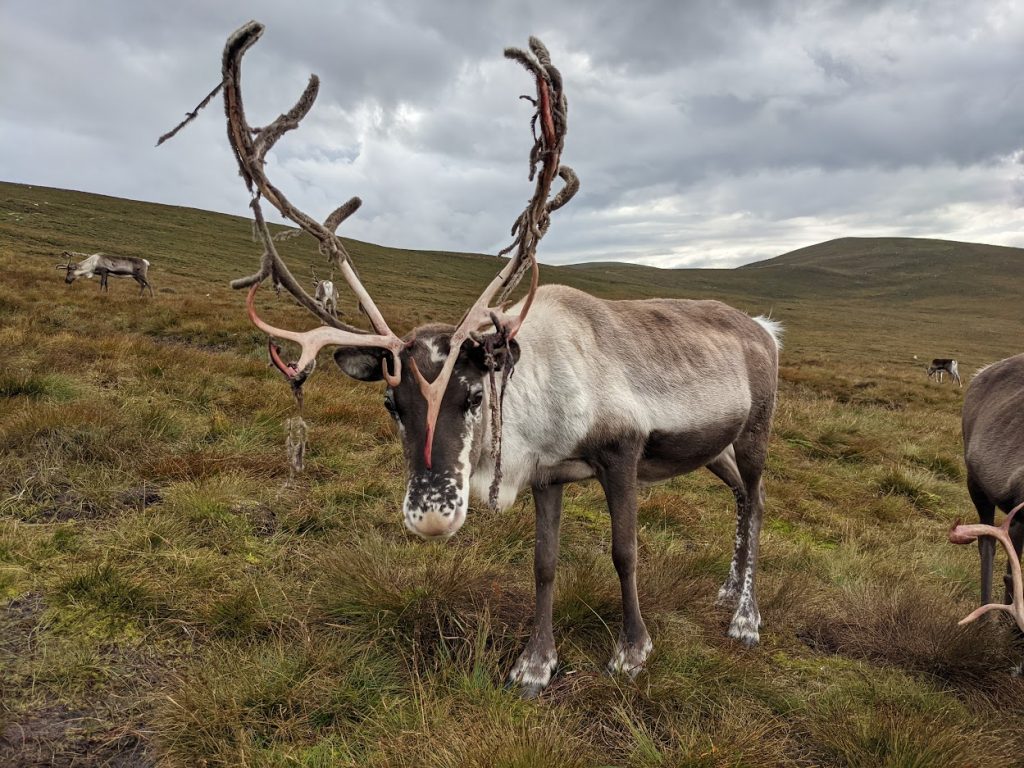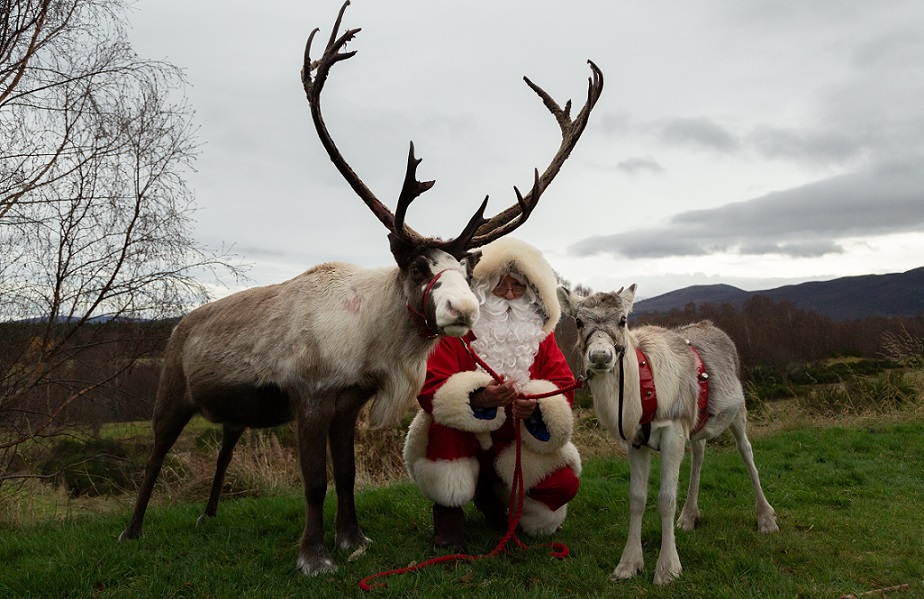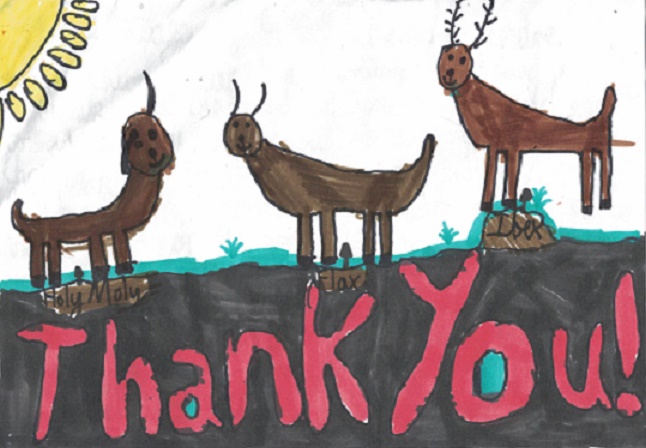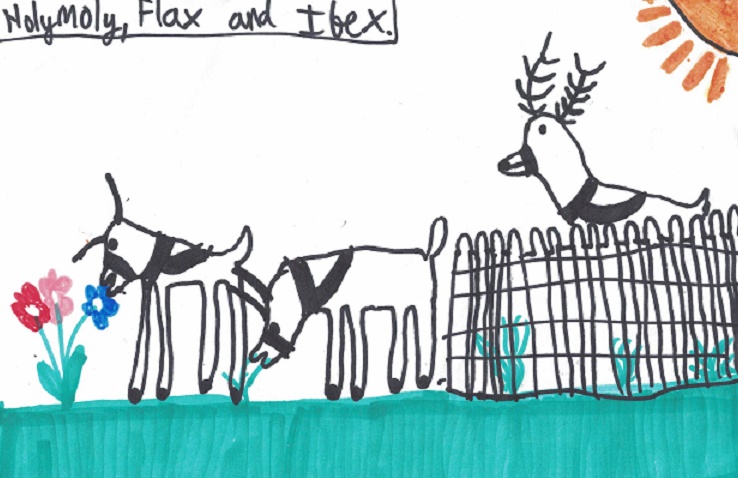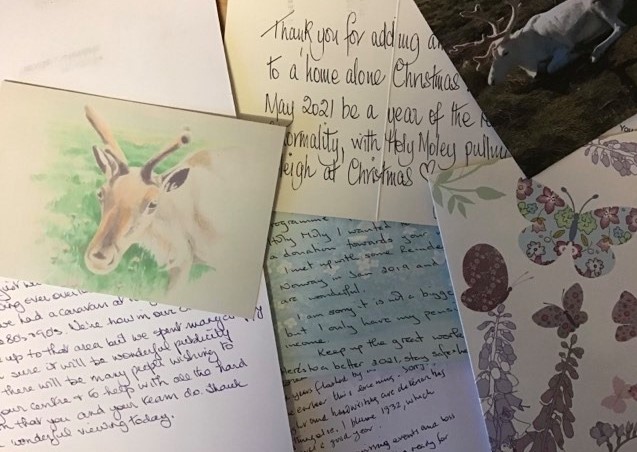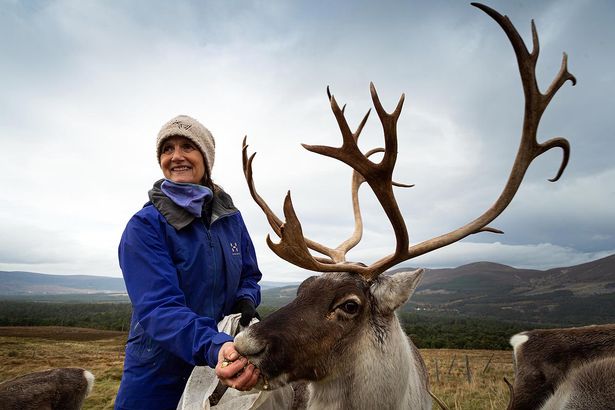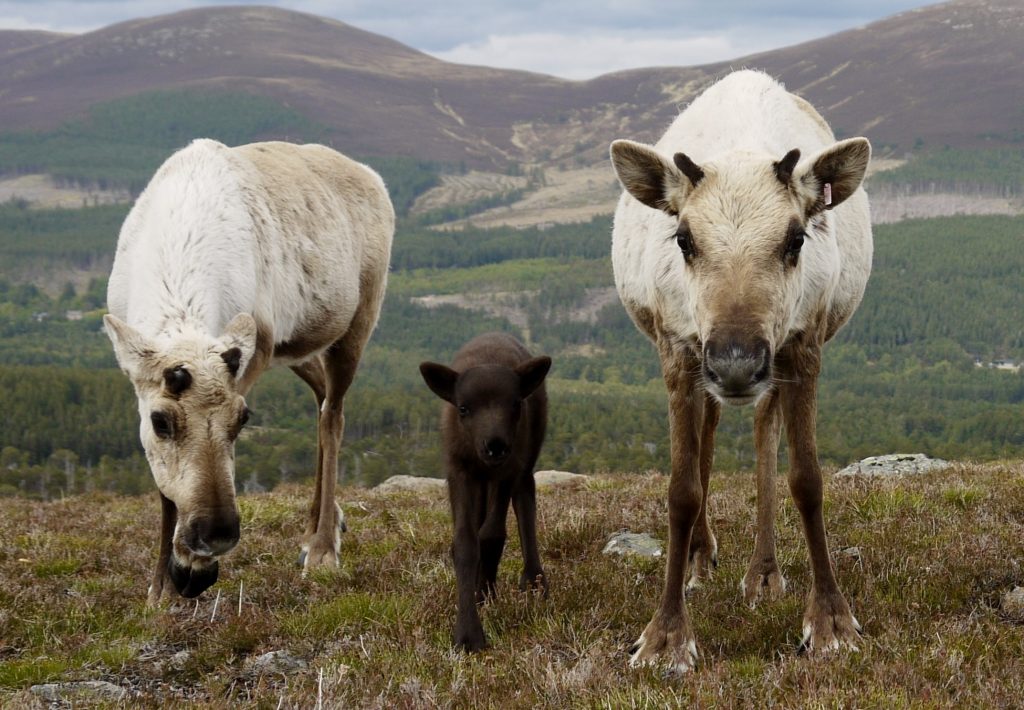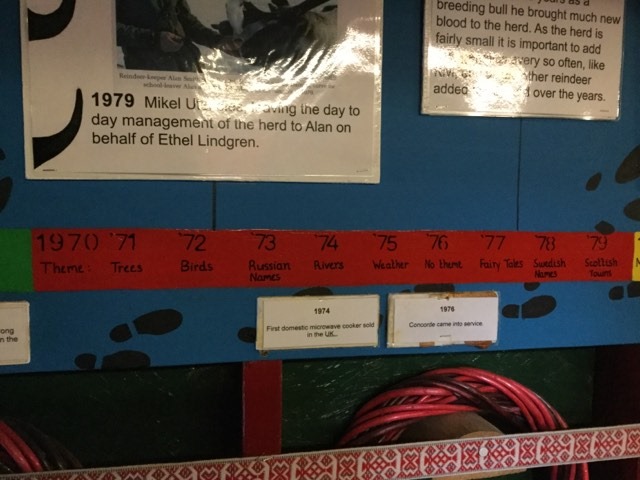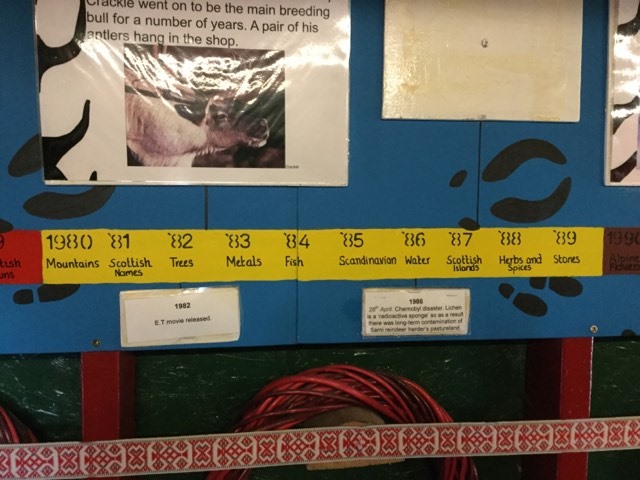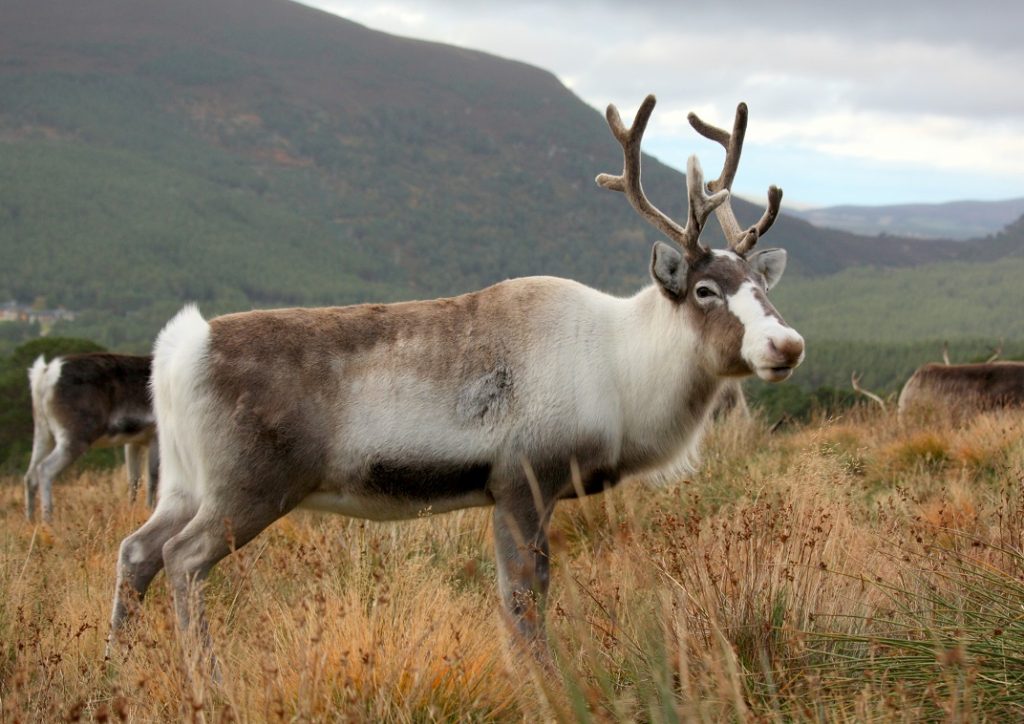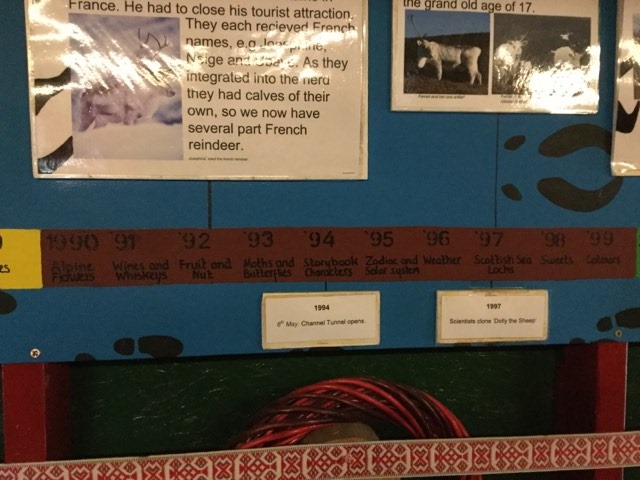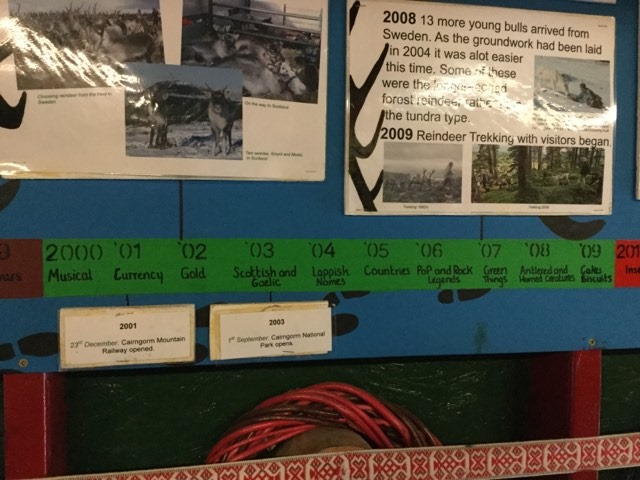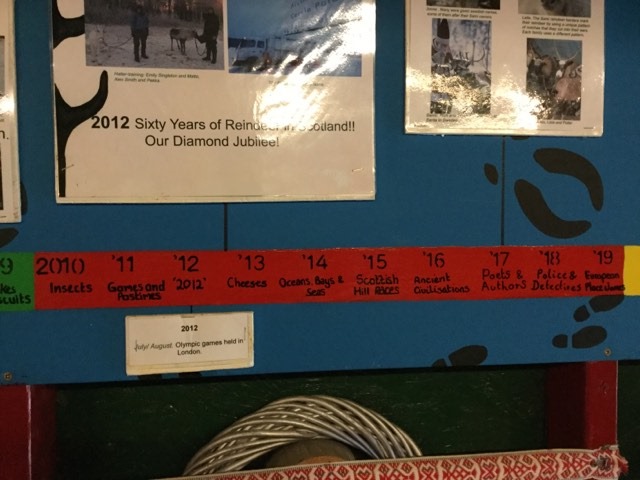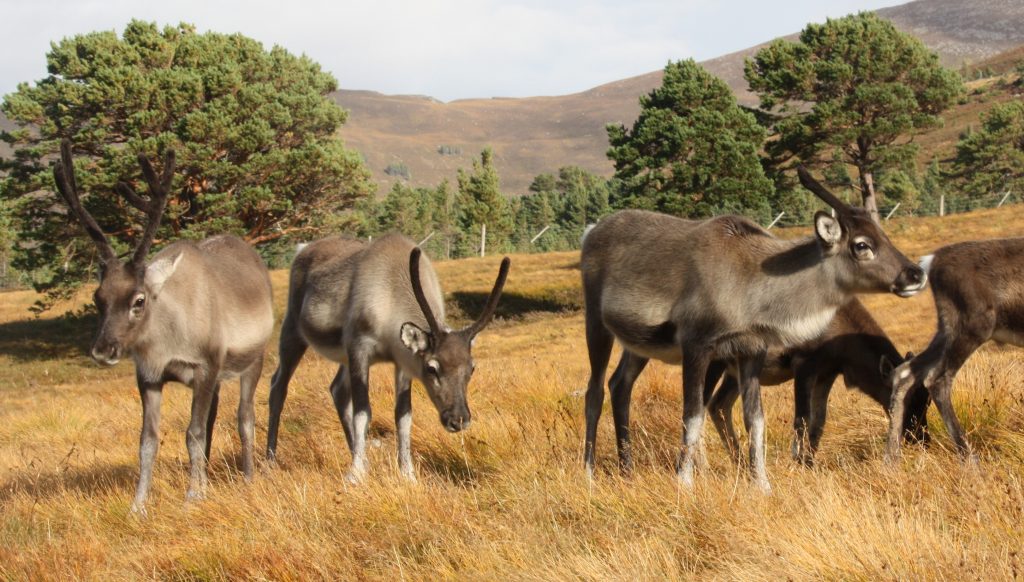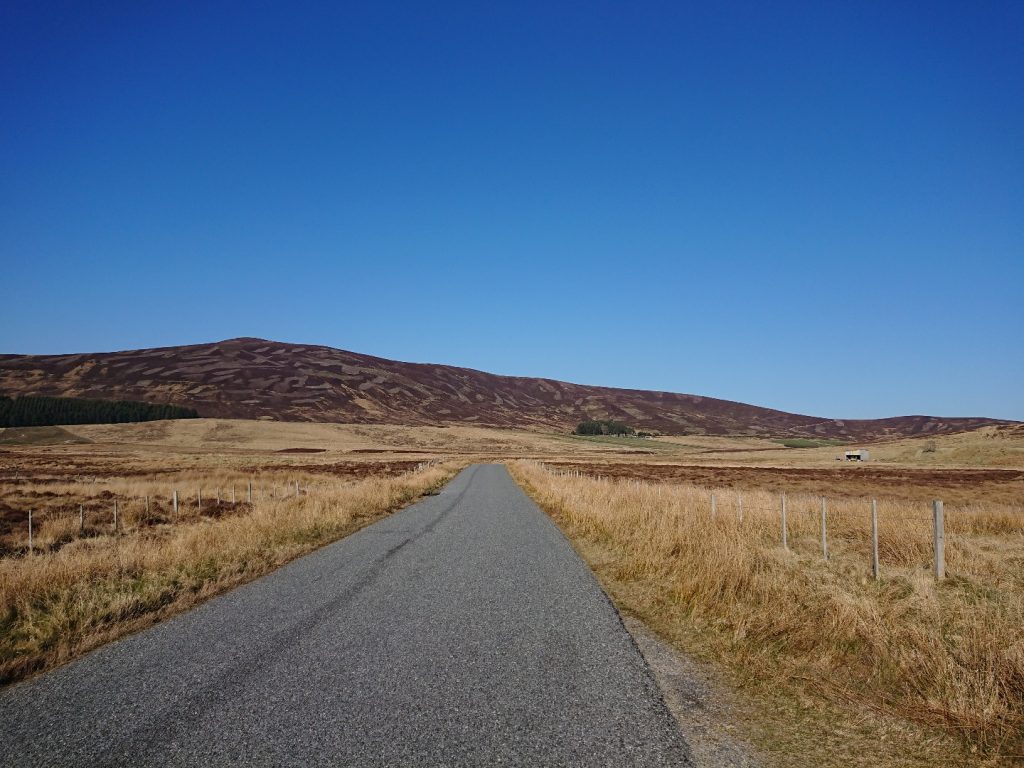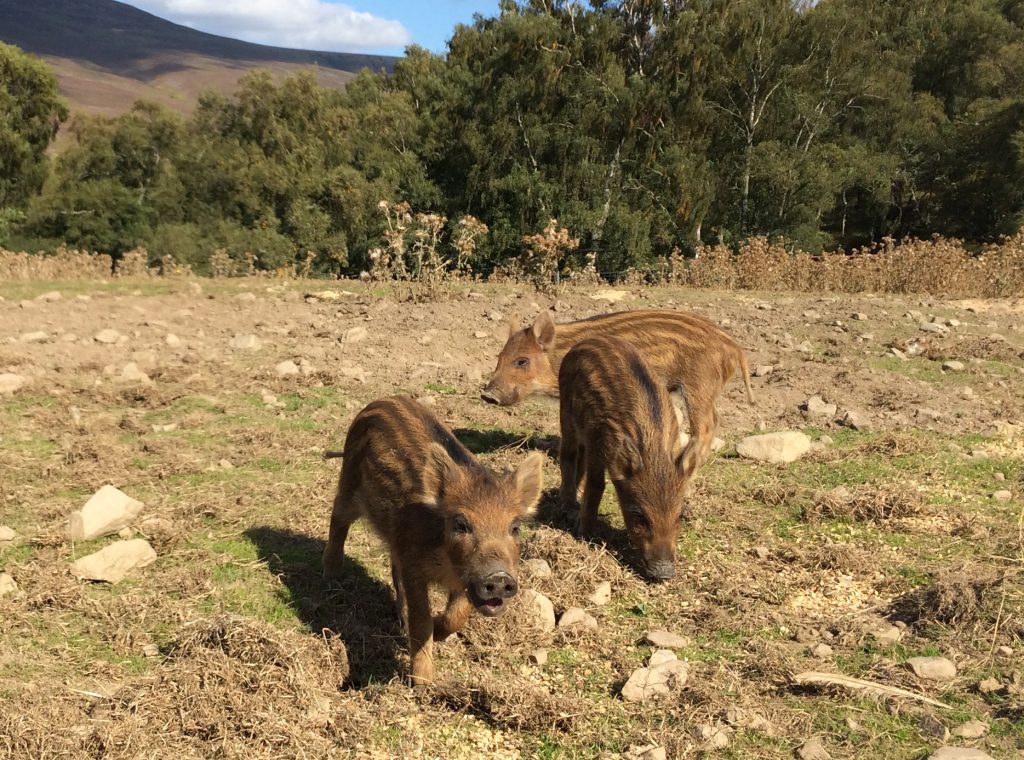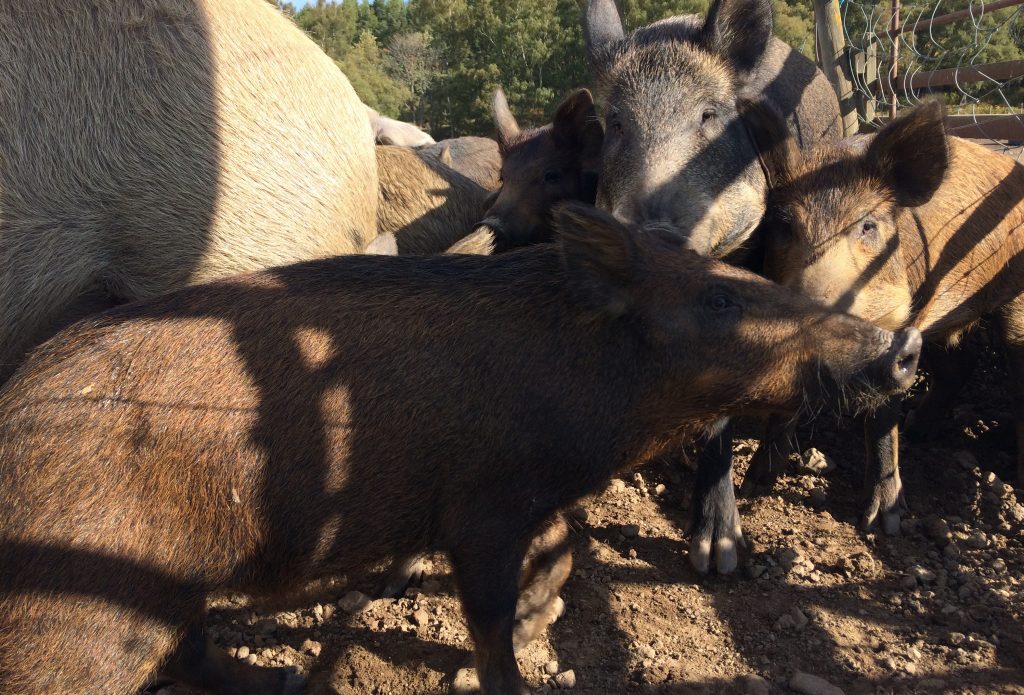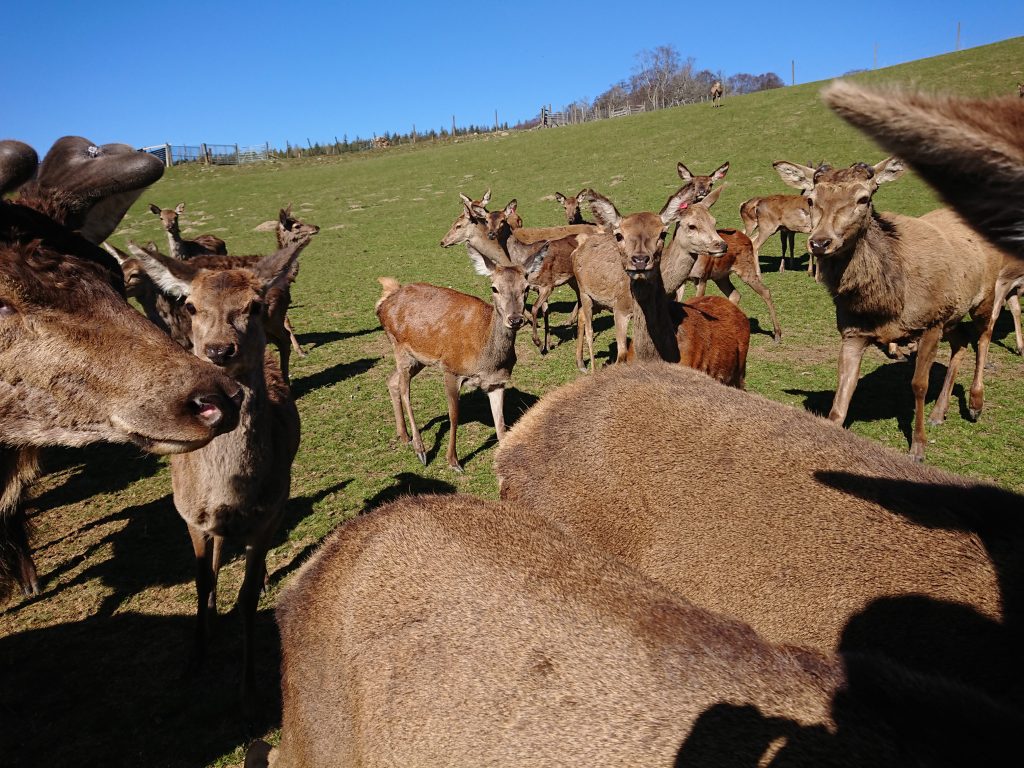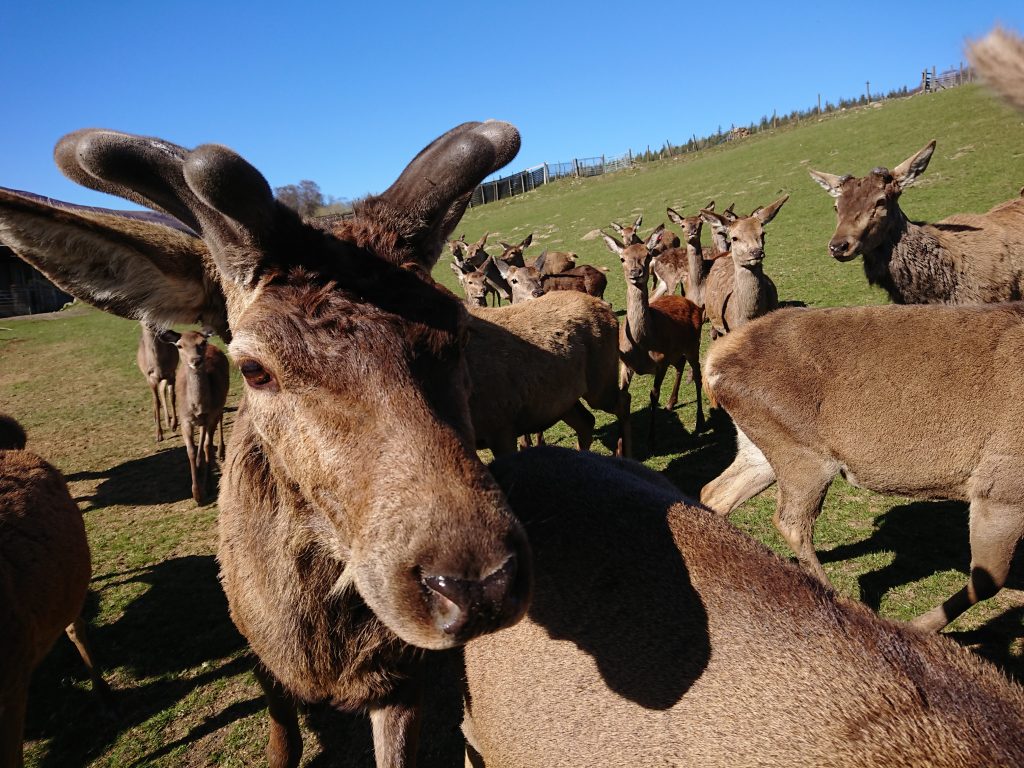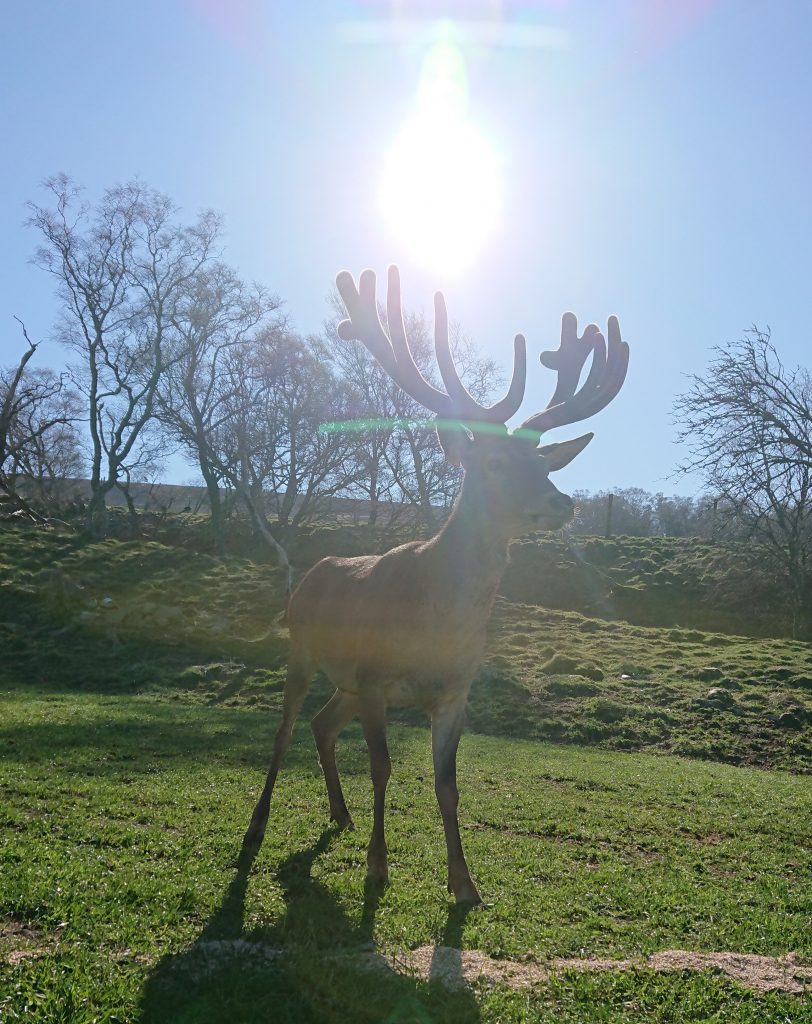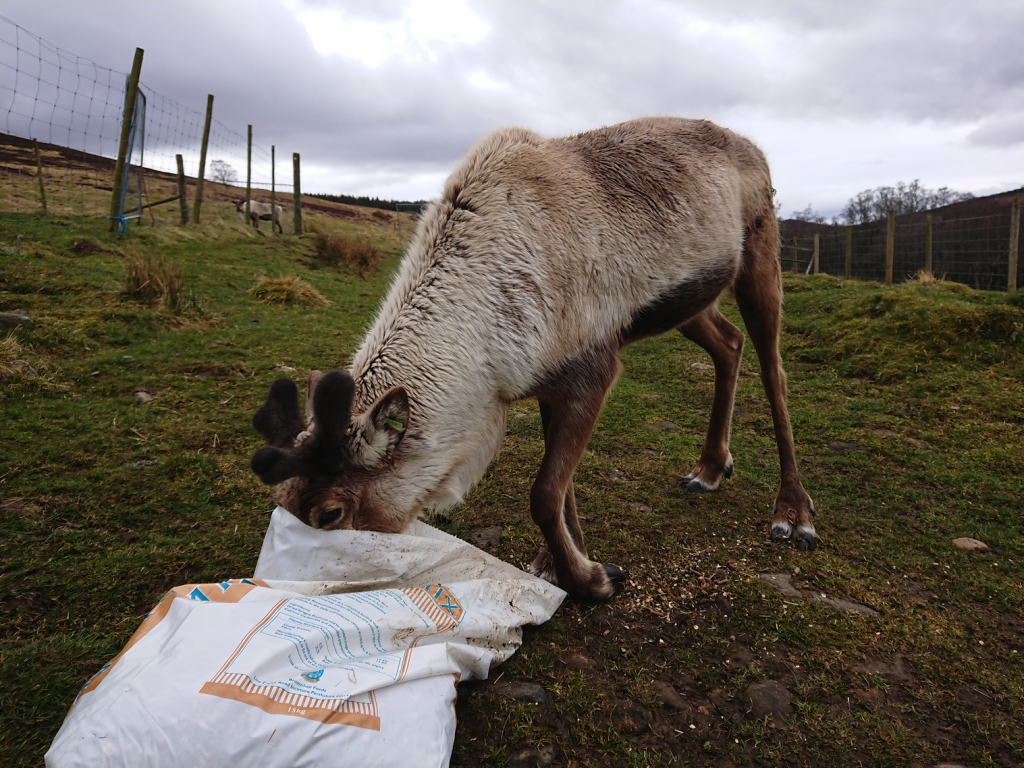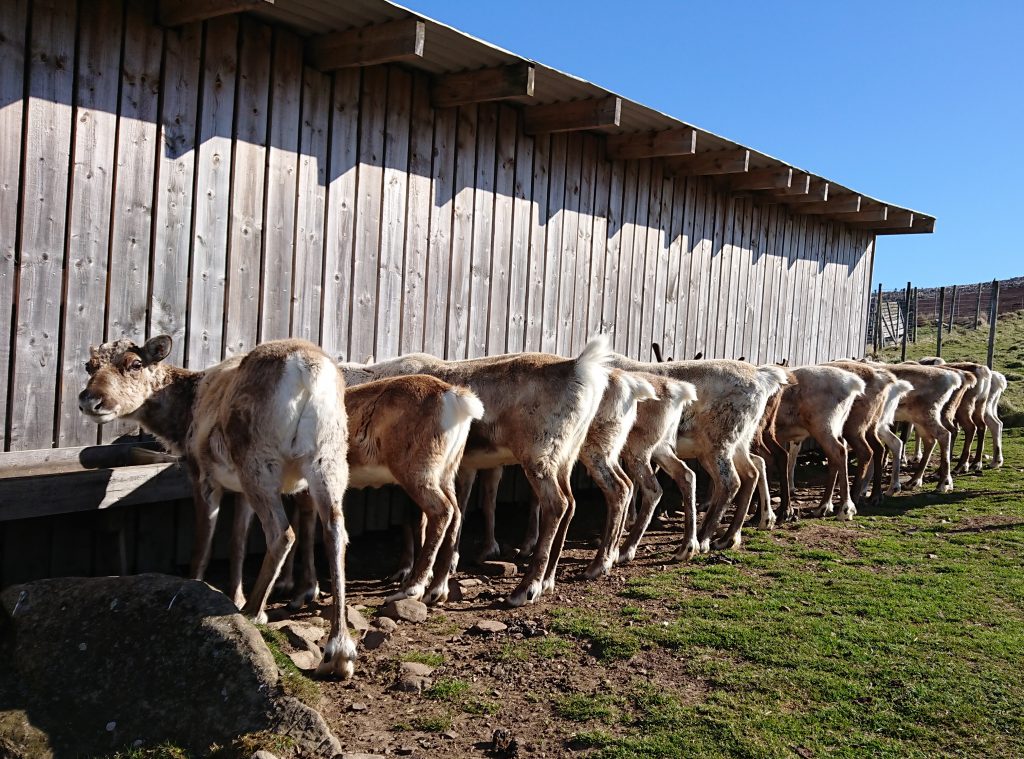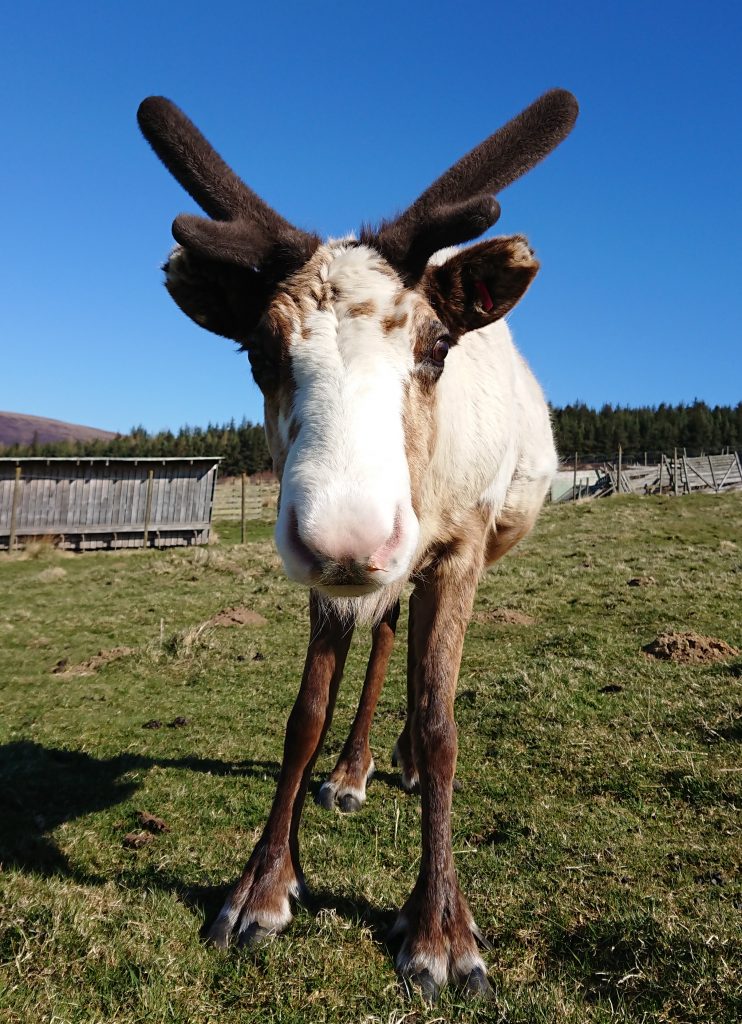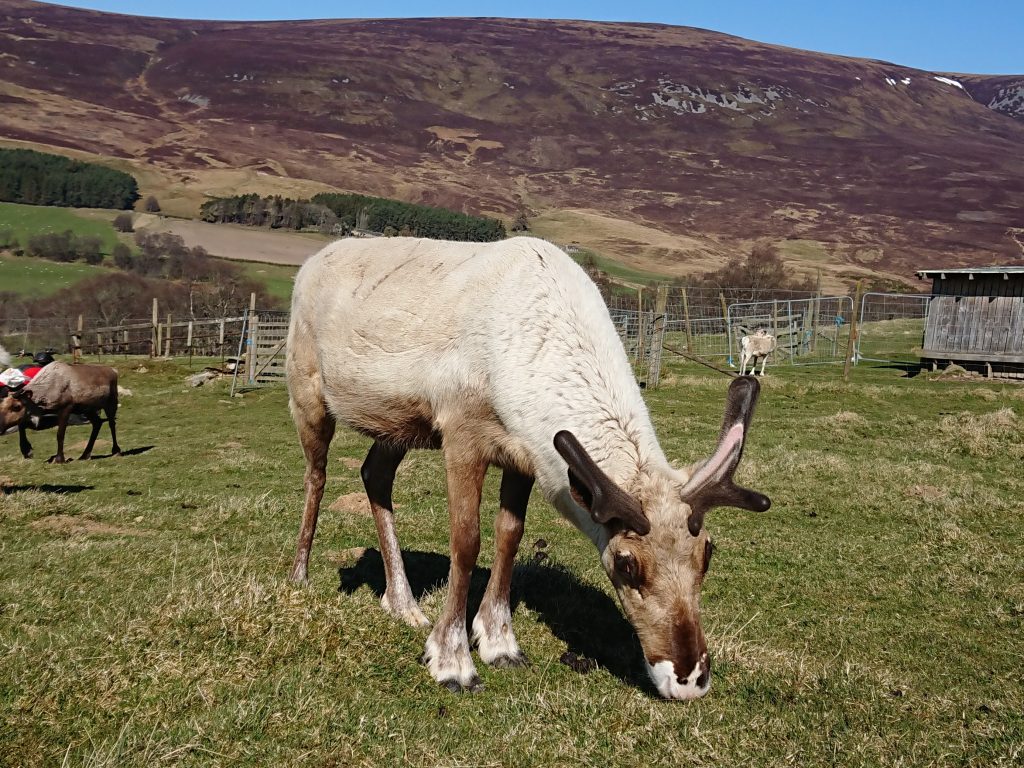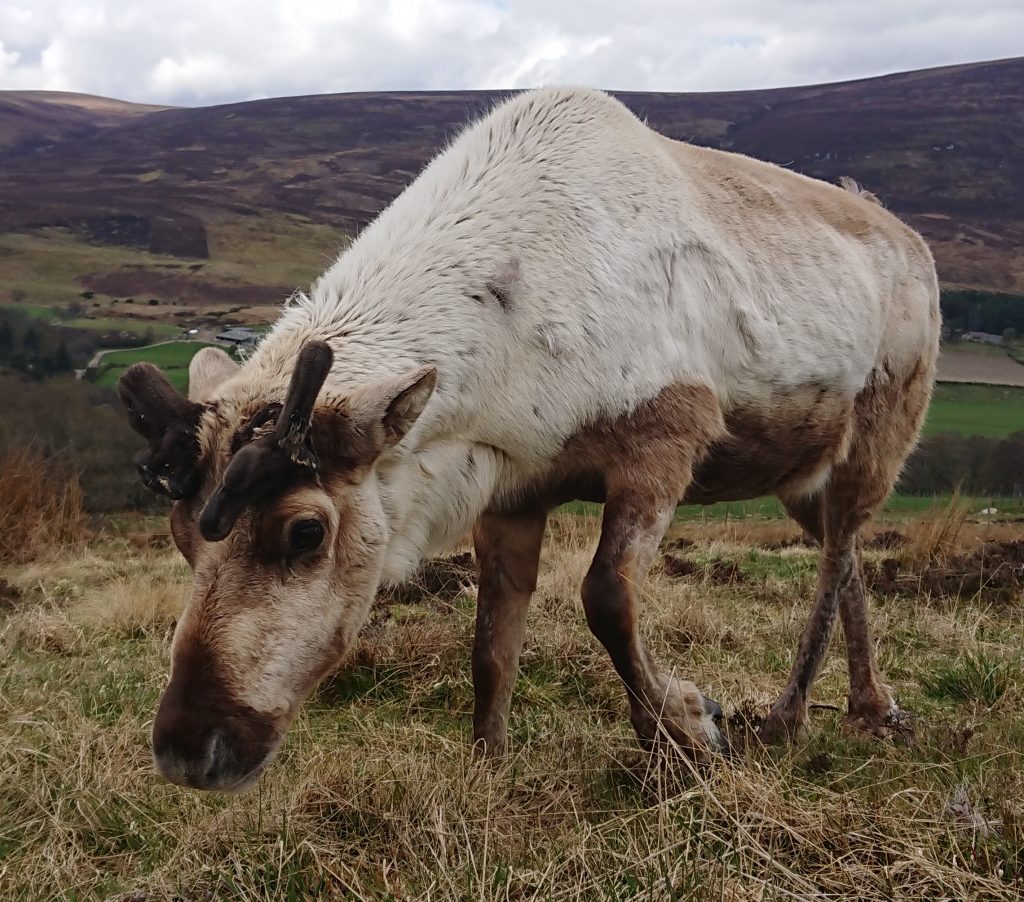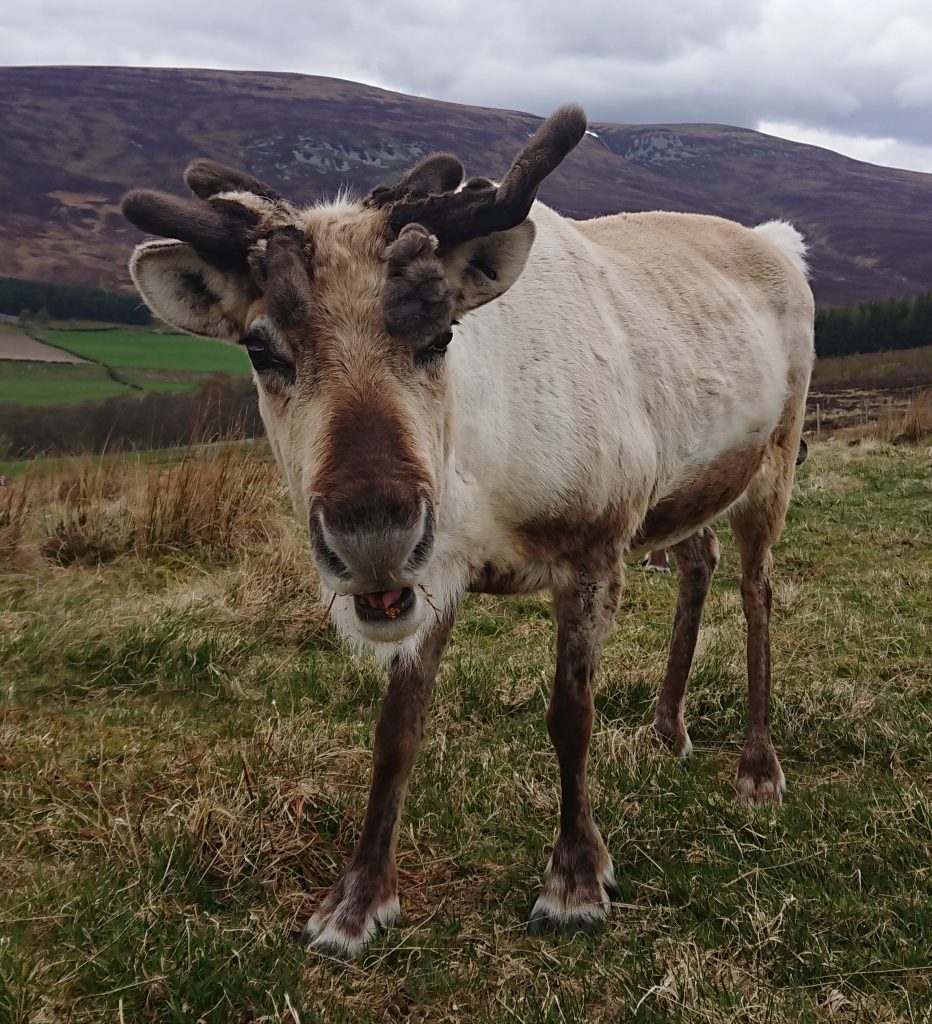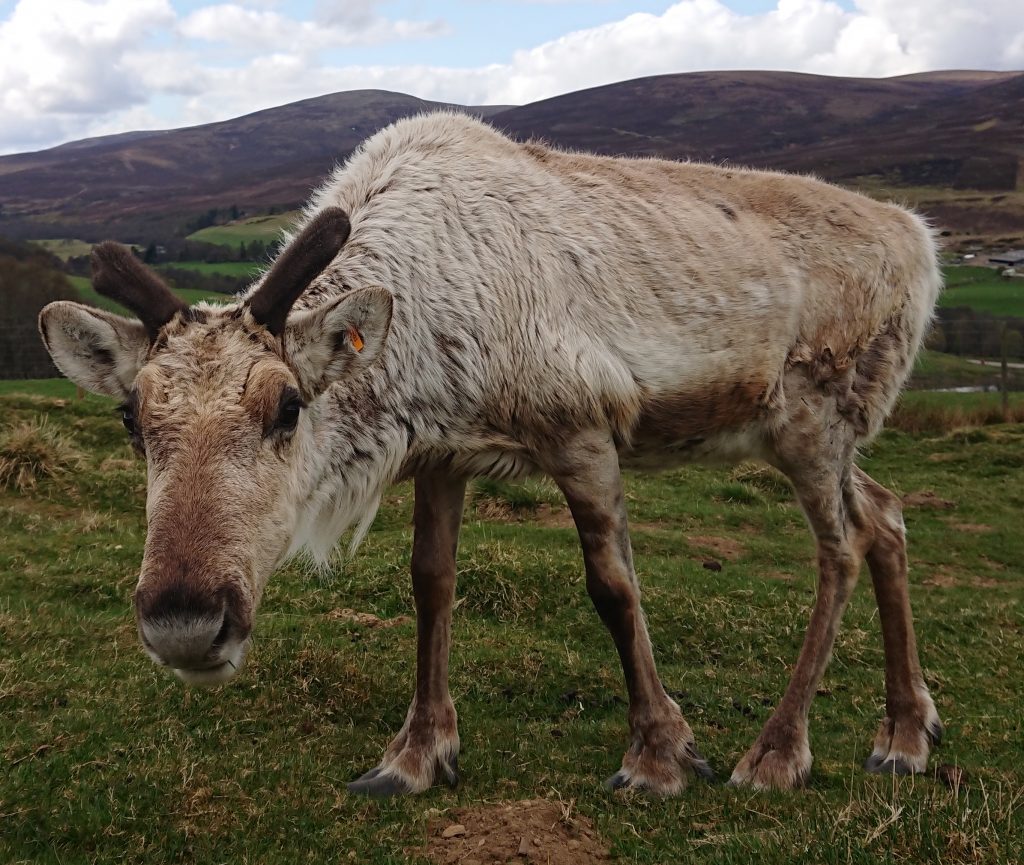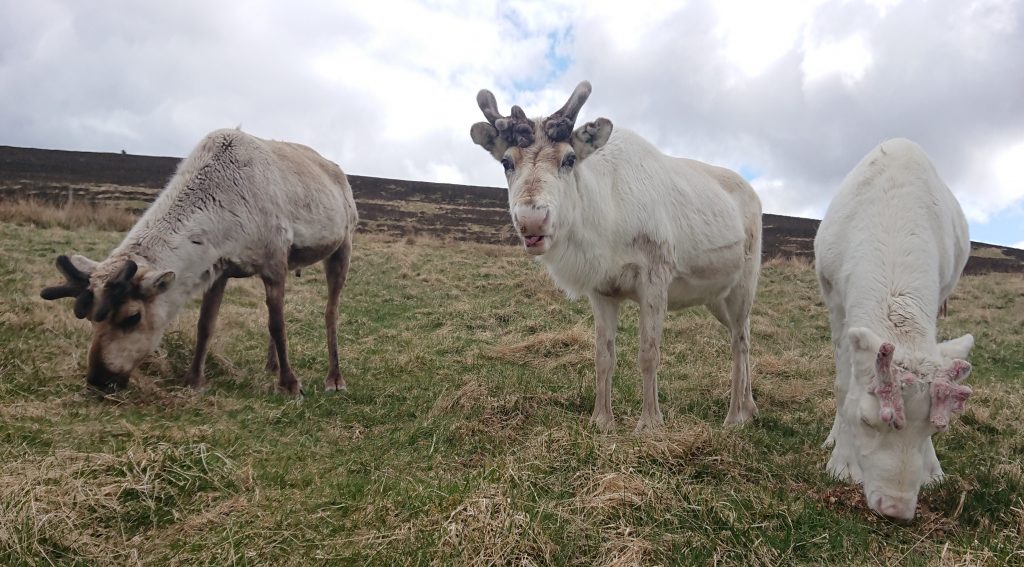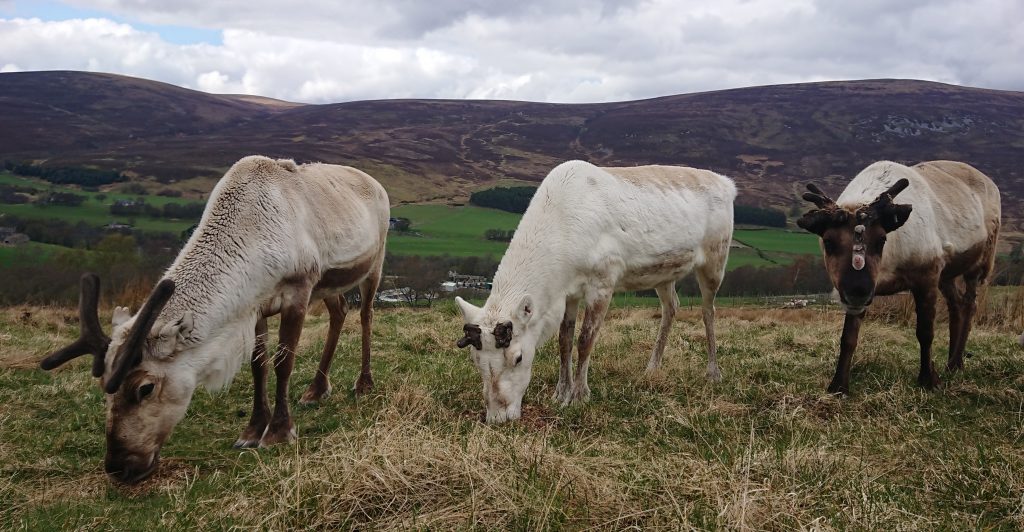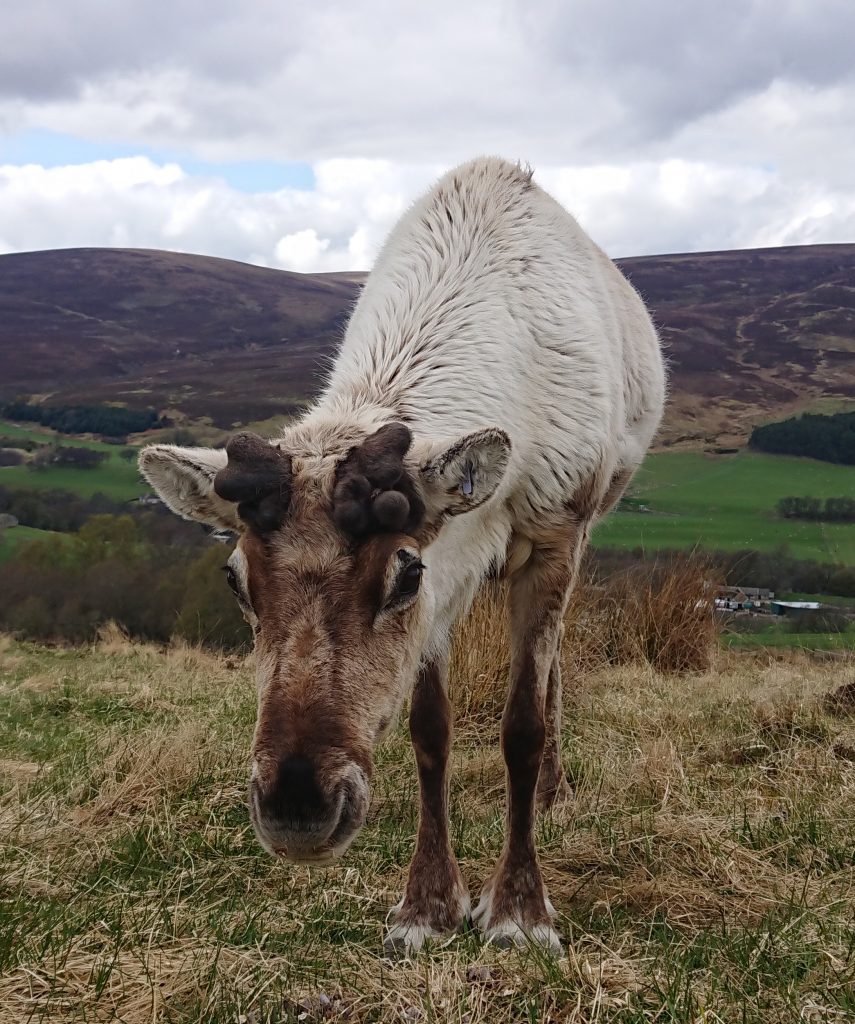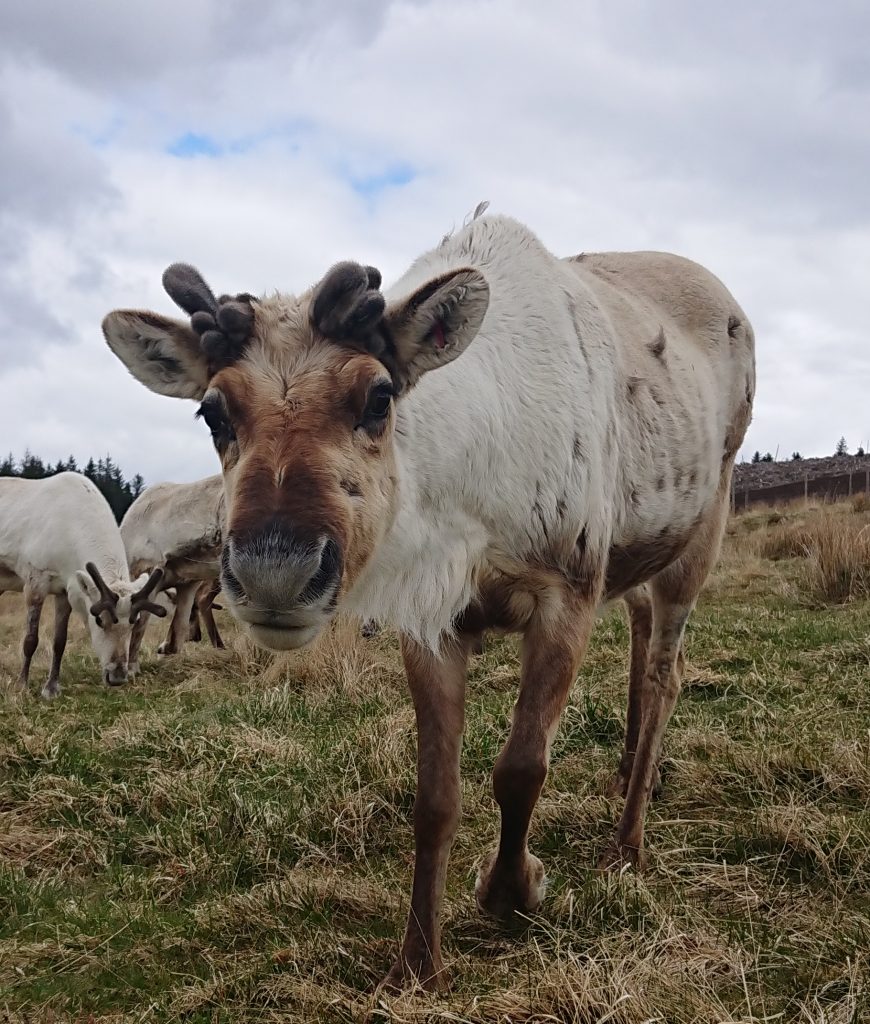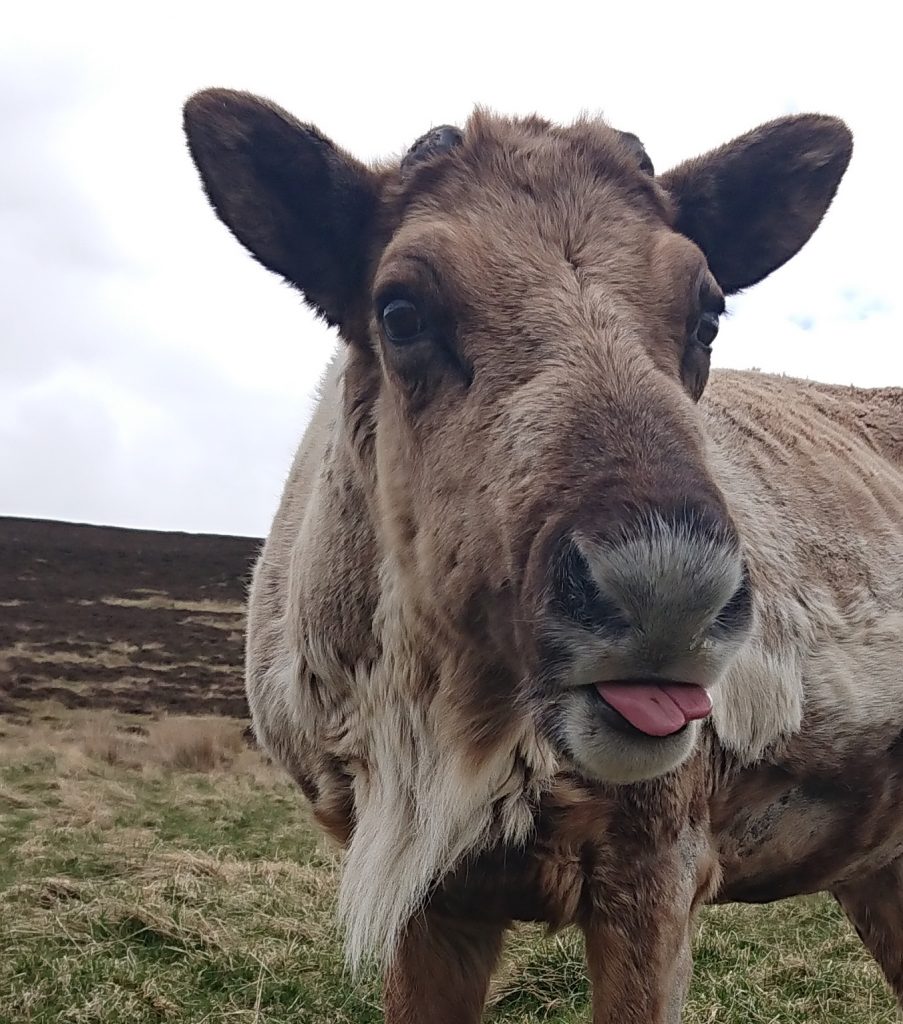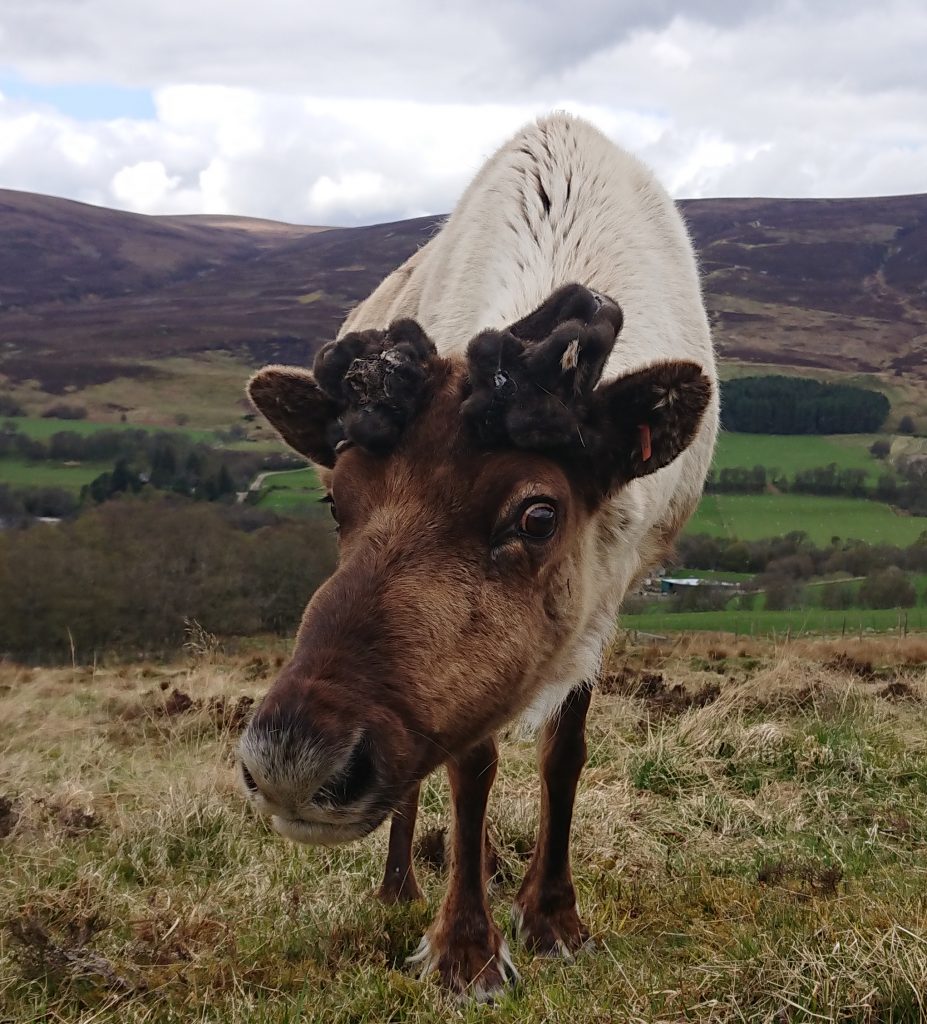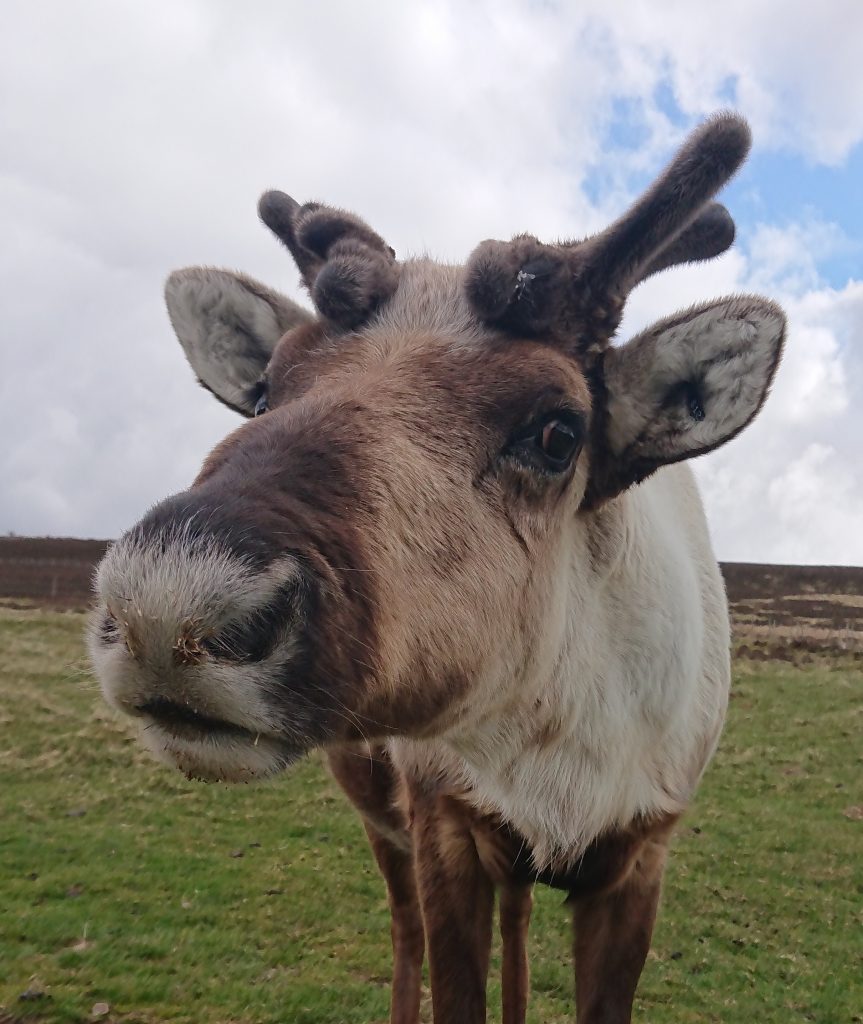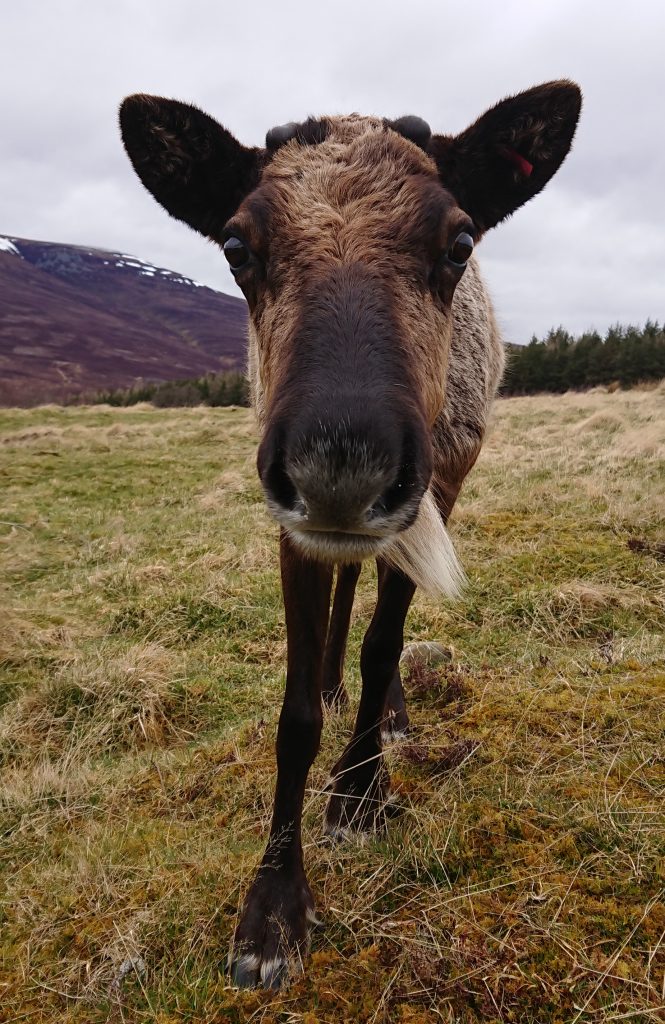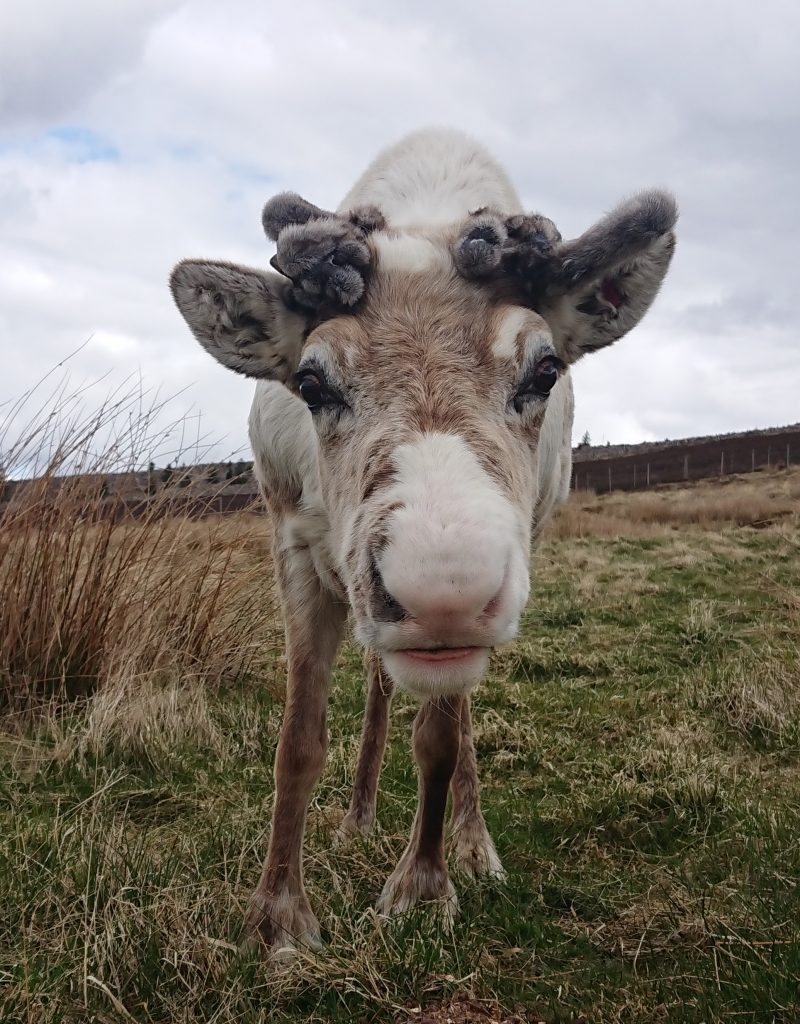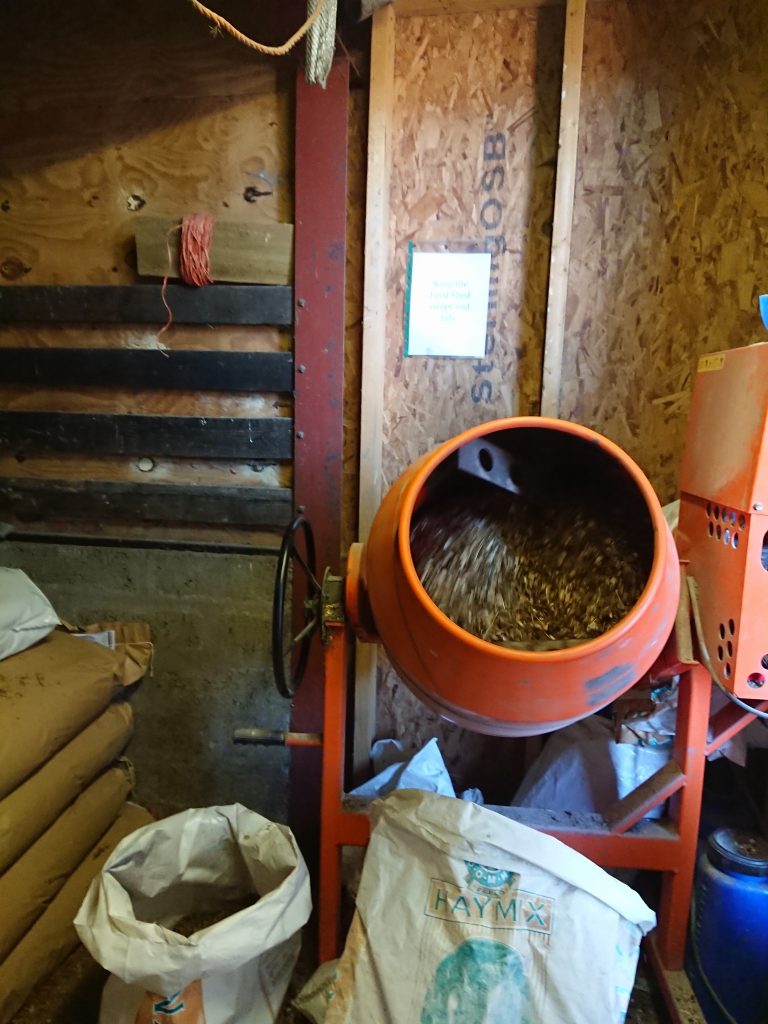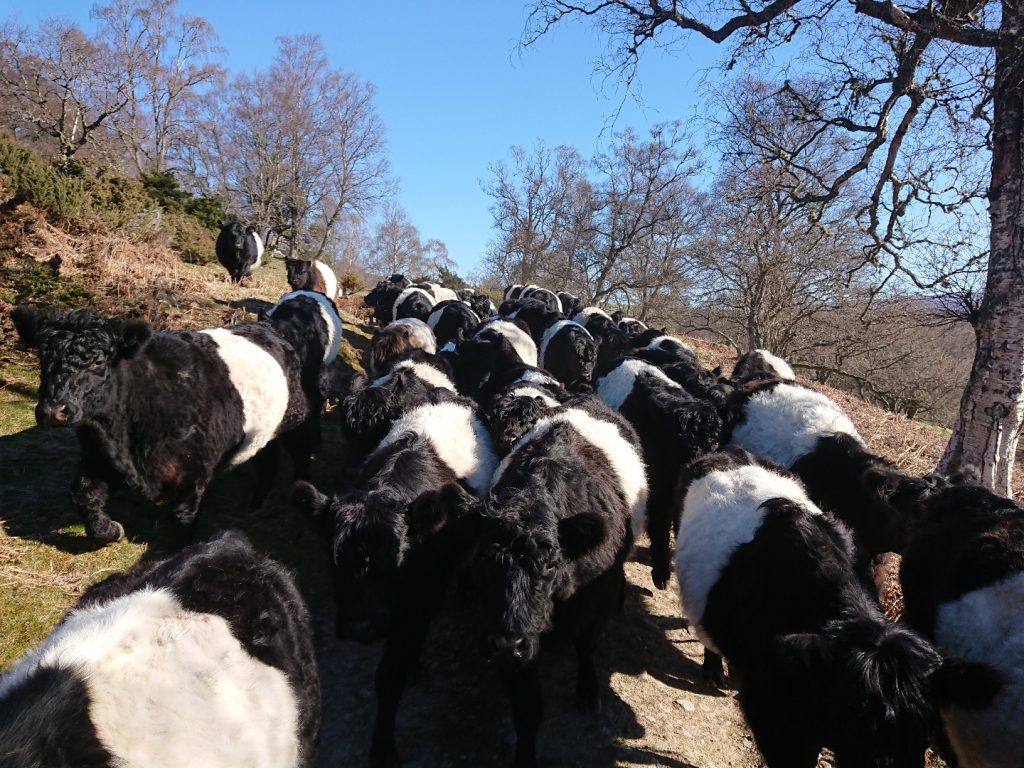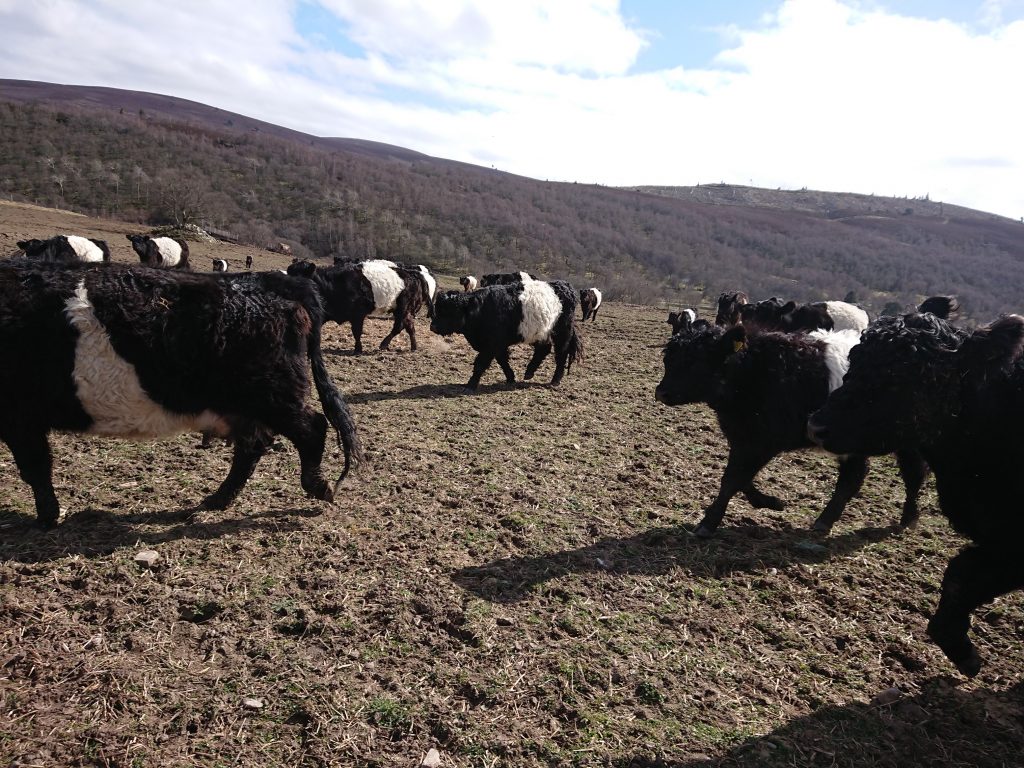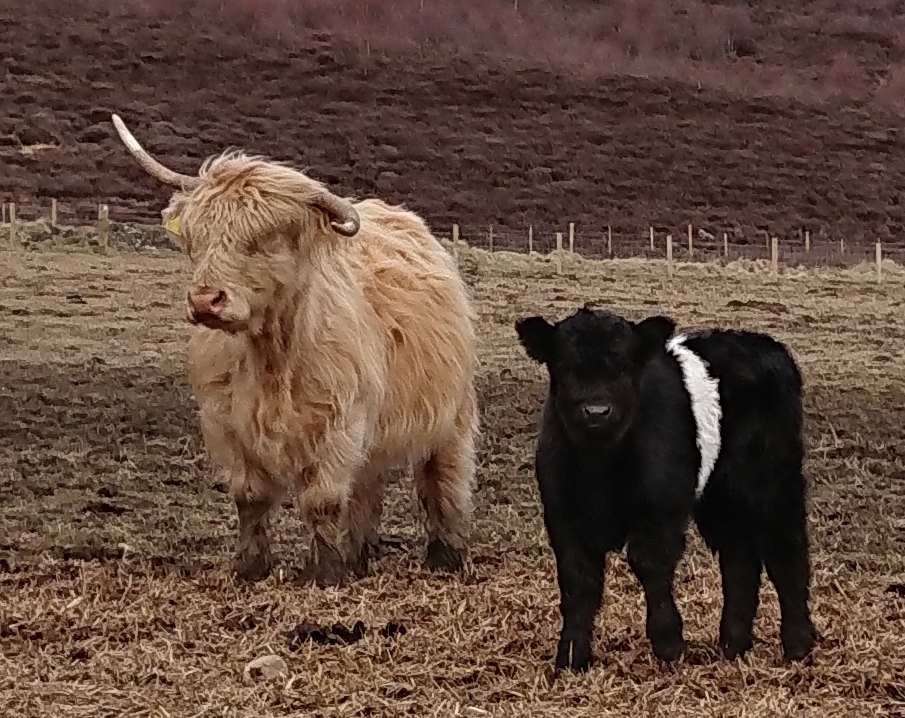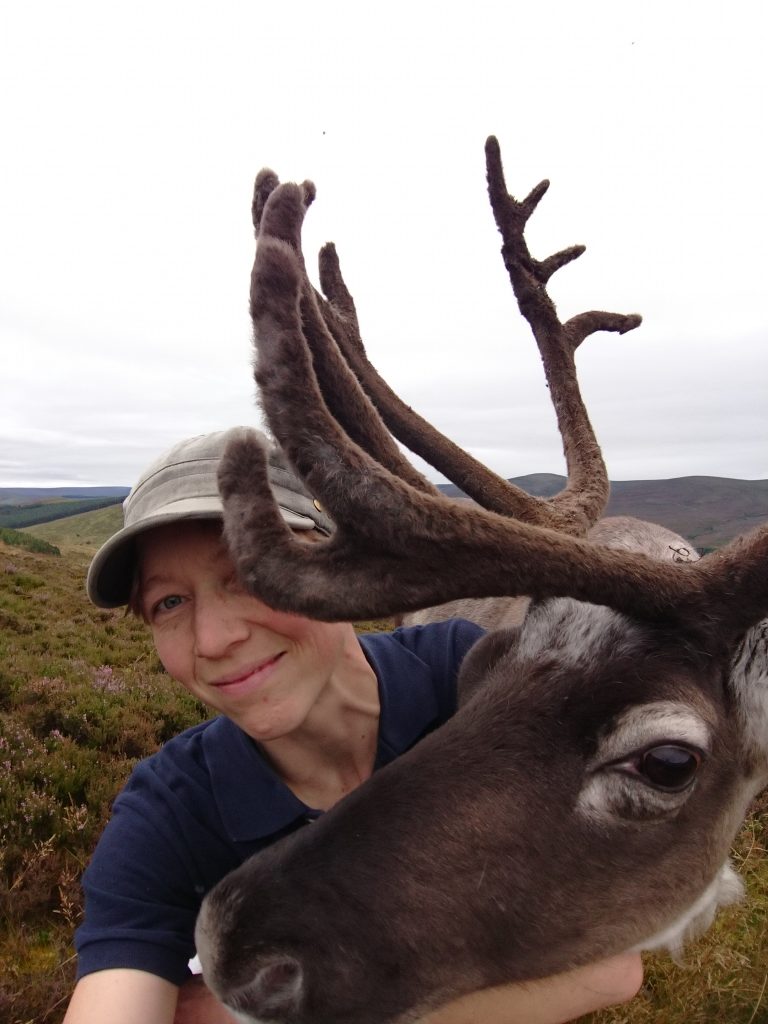It started with a Hill Trip. Back in February 2018 my partner took me on a surprise trip to Aviemore and beyond, little did I know that this would result in a lifelong love of reindeer, two volunteering sessions and 3 adoptees!

I have always been an animal person so my partner knew that this would be a winner, but I was completely amazed by these beautiful creatures to the point where I rather embarrassingly burst into tears as we reached the crest of the hill and saw the herd grazing in the snow. Naturally we put the herders through two hours in the cold asking questions and generally staring in awe, and it took only the time between walking back down the hill and into the shop to get my volunteering application at the ready and adopt the lovely Anster!


My first volunteering week was back in August 2019, I turned up super excited to help and I was welcomed with open arms by everyone at Reindeer House. Being the height of the summer holidays, it was hill trips galore and I couldn’t have been happier to throw myself into being a volunteer reindeer herder and guide. I was a little nervous though – what if a visitor had a question I couldn’t answer? It’s amazing though how little a problem that was, with the herders being so lovely, answering my many, many questions and giving me the chance to be as hands on as possible both on the hill in the mornings and down at reindeer house. Suddenly I could hold my own with the questions and was even trusted with a wee bit of the talking by the end of the week. My time on the hill was amazing for many reasons, but especially as I got some great quality time with my adoptee, who was always first in line for a hand feed! I reached the last day so sad to leave (and with another two adoptees as I couldn’t choose between them) but ready to return a year later… Or so I thought!
For reasons I’m sure we all remember well, my 2020 return was unable to go ahead, and continued to be pushed back until finally, I was in the clear to return to Reindeer House in July 2022!
It was lovely to see the friendly faces of the herders again, but this time with a new addition – who should I see coming round the corner, but a tiny calf climbing into the feed bags! I was told all about the lovely Sunny and I couldn’t help but feel that my timing had worked out quite well after all!
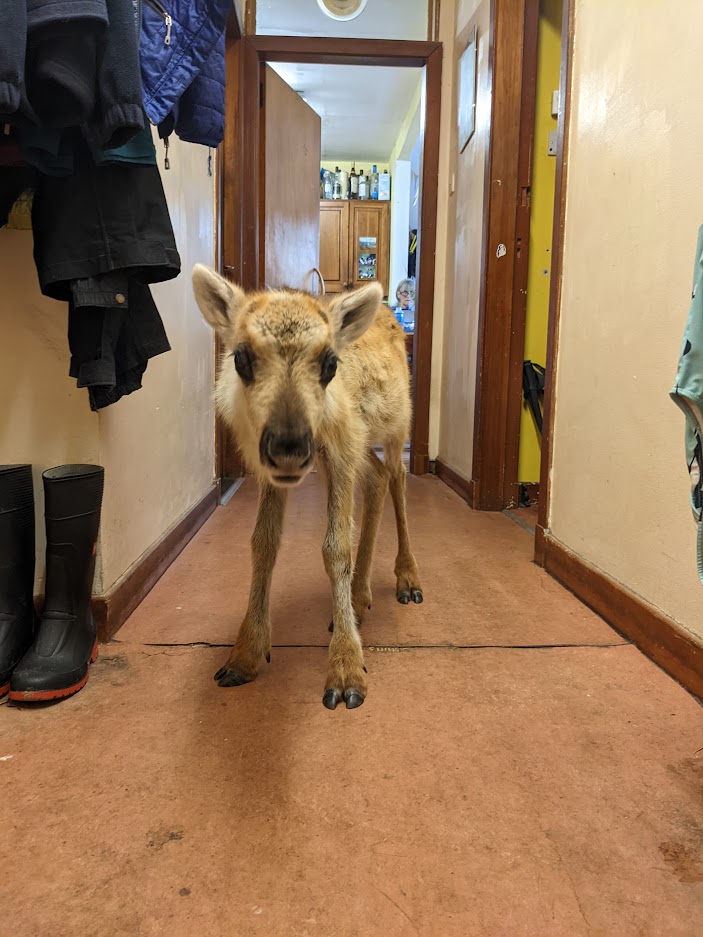
Being a returning volunteer allowed me to crack on a little quicker and more confidently which meant that I got even more quality reindeer time! I spent most mornings up on the hill first thing, checking the herd, putting out the feed, checking temperatures and training on the harness. I couldn’t quite believe my luck and the ever-wonderful team helped to guide me along every step of the way.

I was especially lucky to be a part of Sunny’s first ventures into ‘big school’ aka joining all of the boys together for the hill trips. He settled in amazingly well and after a small telling off from some of the yearlings has seemed to find his place among them. Being a volunteer meant that I not only got to spend the hill trips with Sunny, I also got to enjoy walking him to and from the hill, hand rearing (to a lovely chorus of ‘awhhhh’s’ from the visitors) and watching his progress from the beginning to the end of the week.
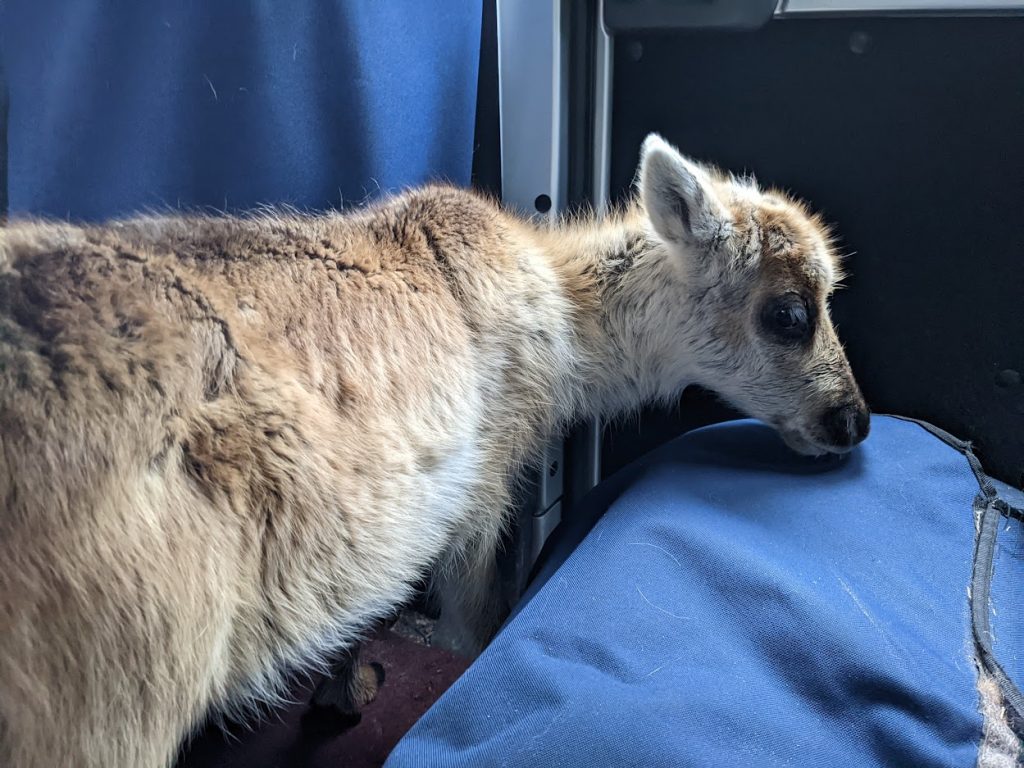
Though of course Sunny is not only the main event. I threw myself back into my mission to ID as many reindeer as possible on the hill trips and while I’m a huge ways away from the pros, both times I couldn’t believe how quickly you can catch on to the quirks and personalities among the herd that can help you to tell them apart. I have to say though, between lots of new additions to the herd in my three year gap and the transition to summer and winter coats it was a whole lot more of a challenge this time!
Saying this, it was an absolute treat to see how the boys I had got to know so well in my first week had grown and how quickly I recognised them. In 2019, Bond had no antlers and was trying to find his place among his pals in the paddock, now he has a beautiful set and looks like a fully fledged reindeer, Sherlock now has the biggest antlers I have ever seen, many of them now have calves – so much can change in a few years and it’s good to know that while I was cooped up in my flat, the reindeer were still out on the hills living their best lives!
While it’s an amazing experience for anyone, I can honestly say that volunteering not once but twice (so far…) was easily the best decision I ever made, and it is no exaggeration to say it has been life changing. Seeing the team care so diligently for these beautiful animals and how passionate knowledgeable they all are about them and their environment is beyond inspiring. In my other life as a teacher, I returned from my first stint determined to build my students appreciation for the outdoors, for animals, for their world, gained my forest schools qualification and taken steps to bring animals nature to the children and vice versa. It was something I always cared about, but seeing what the herd have achieved gave me the push that I needed to start making these goals a reality. Sharing my experiences, photos and other things I’ve picked up along the way with the children in class has also given me a fair bit of clout in the classroom too – I’ve never had so many reindeer themed Christmas and end of year gifts!
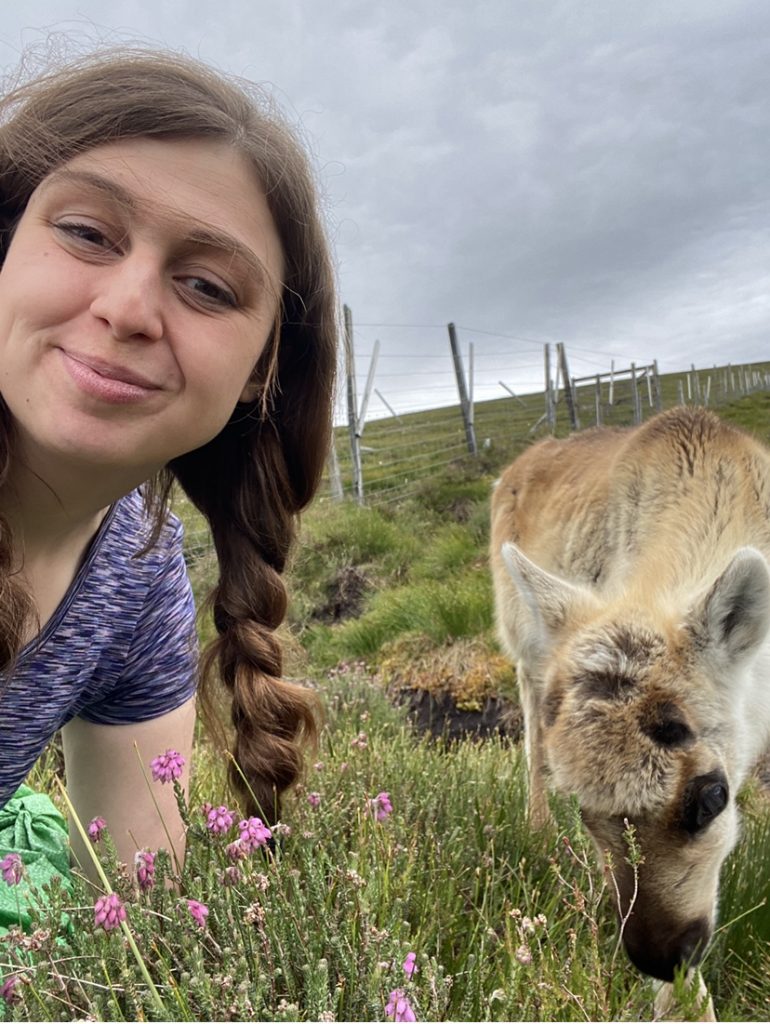
I feel so lucky to have had these opportunities with the herd and the wonderful help everyone in the team to give me the most magical of experiences. I can’t wait to head back up the hills again – just maybe without the three year wait this time…
Hannah

